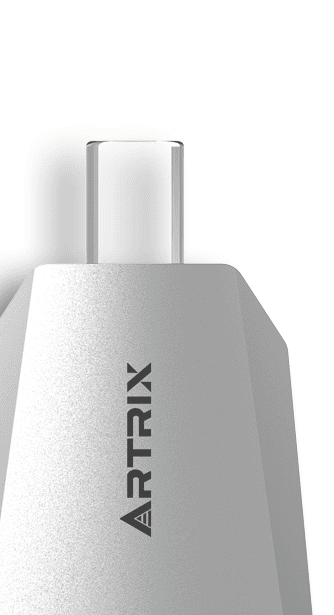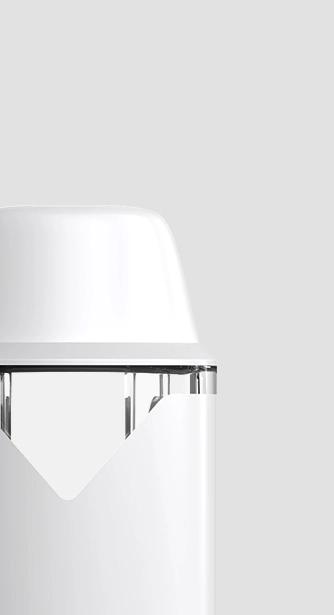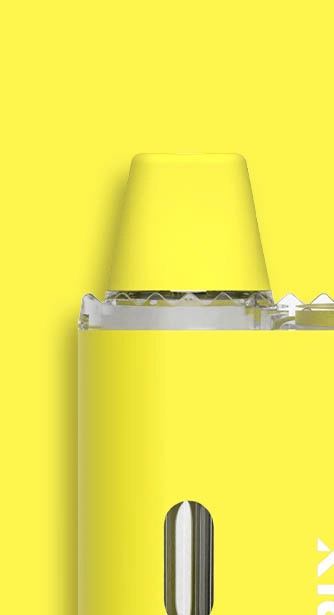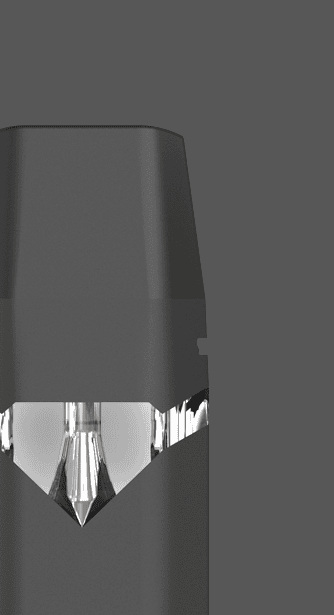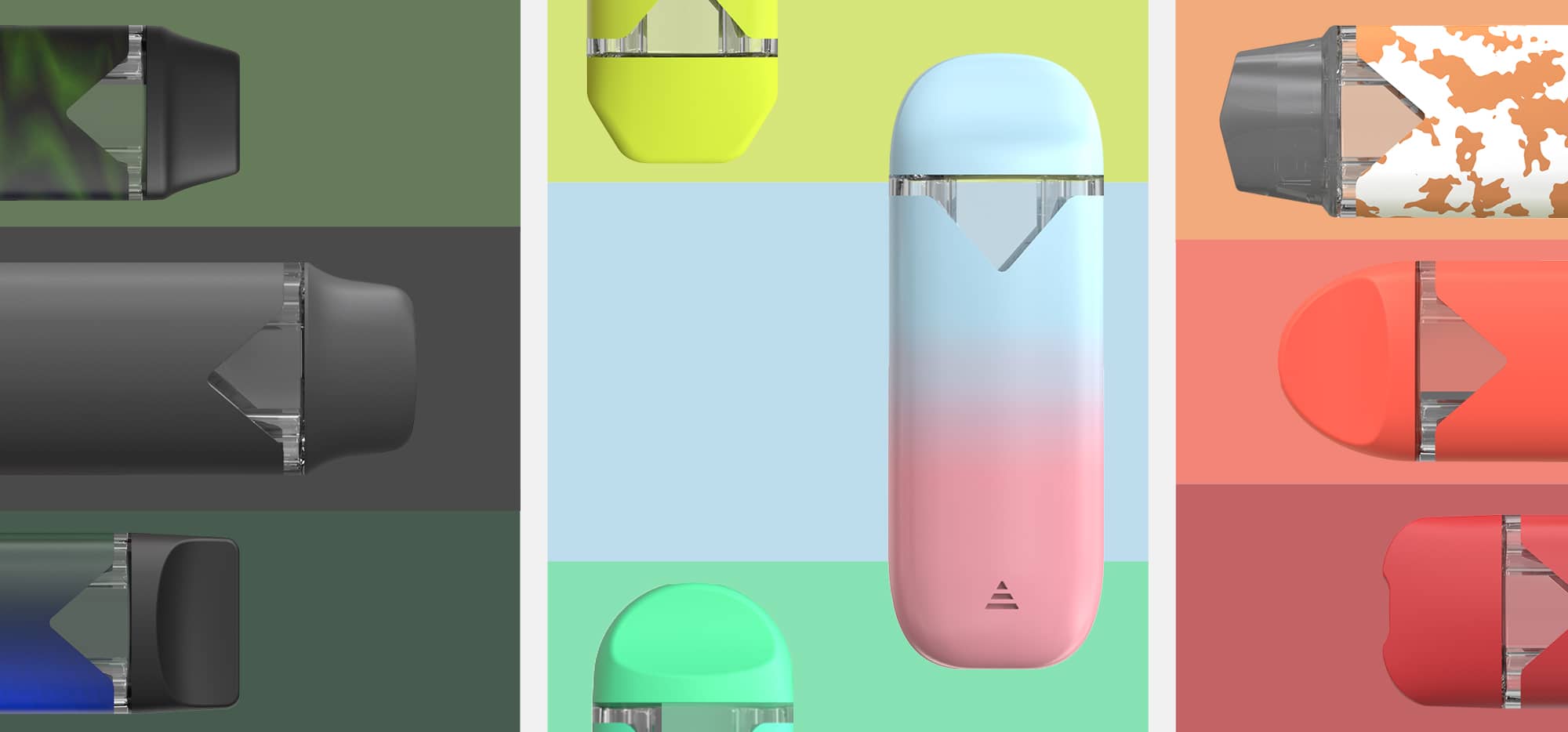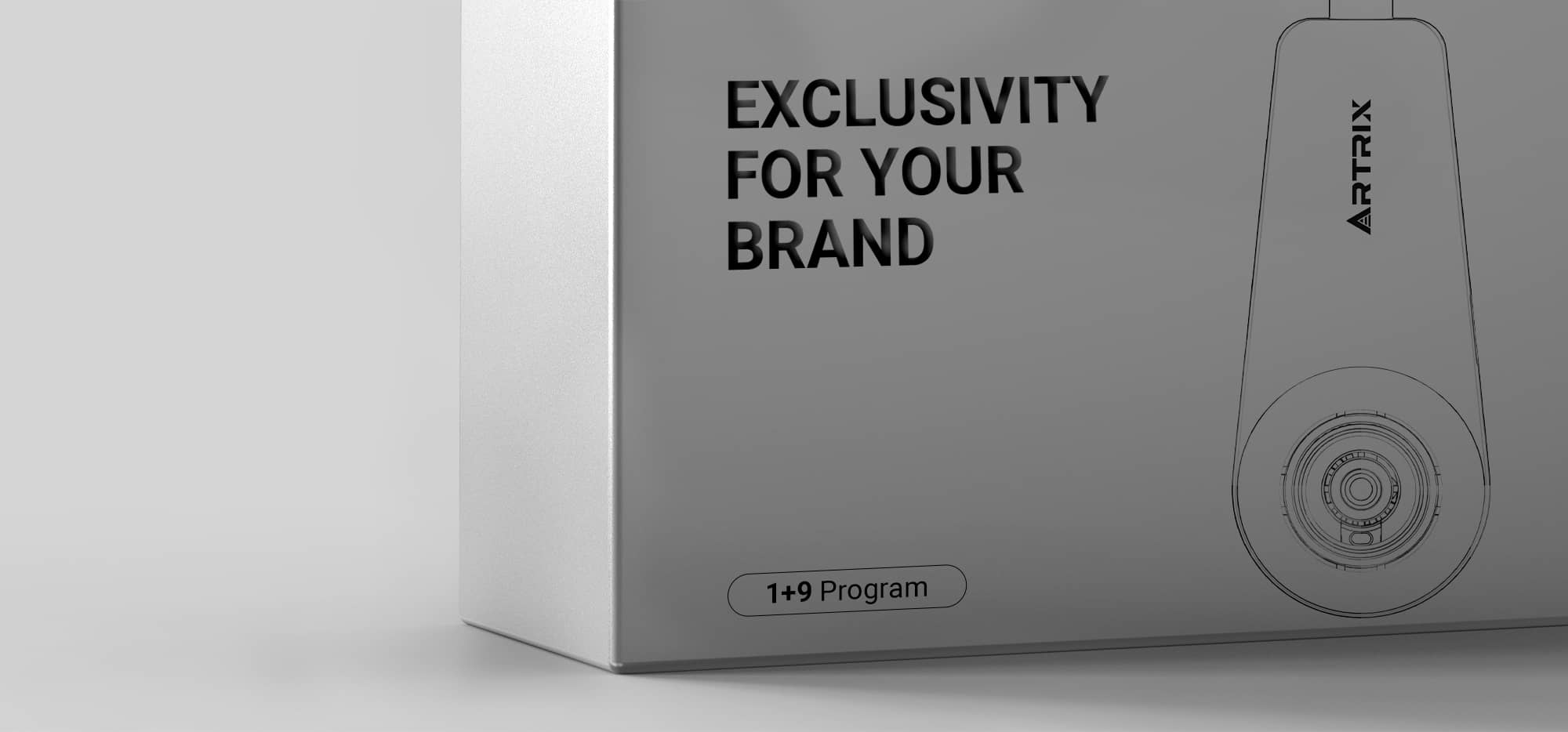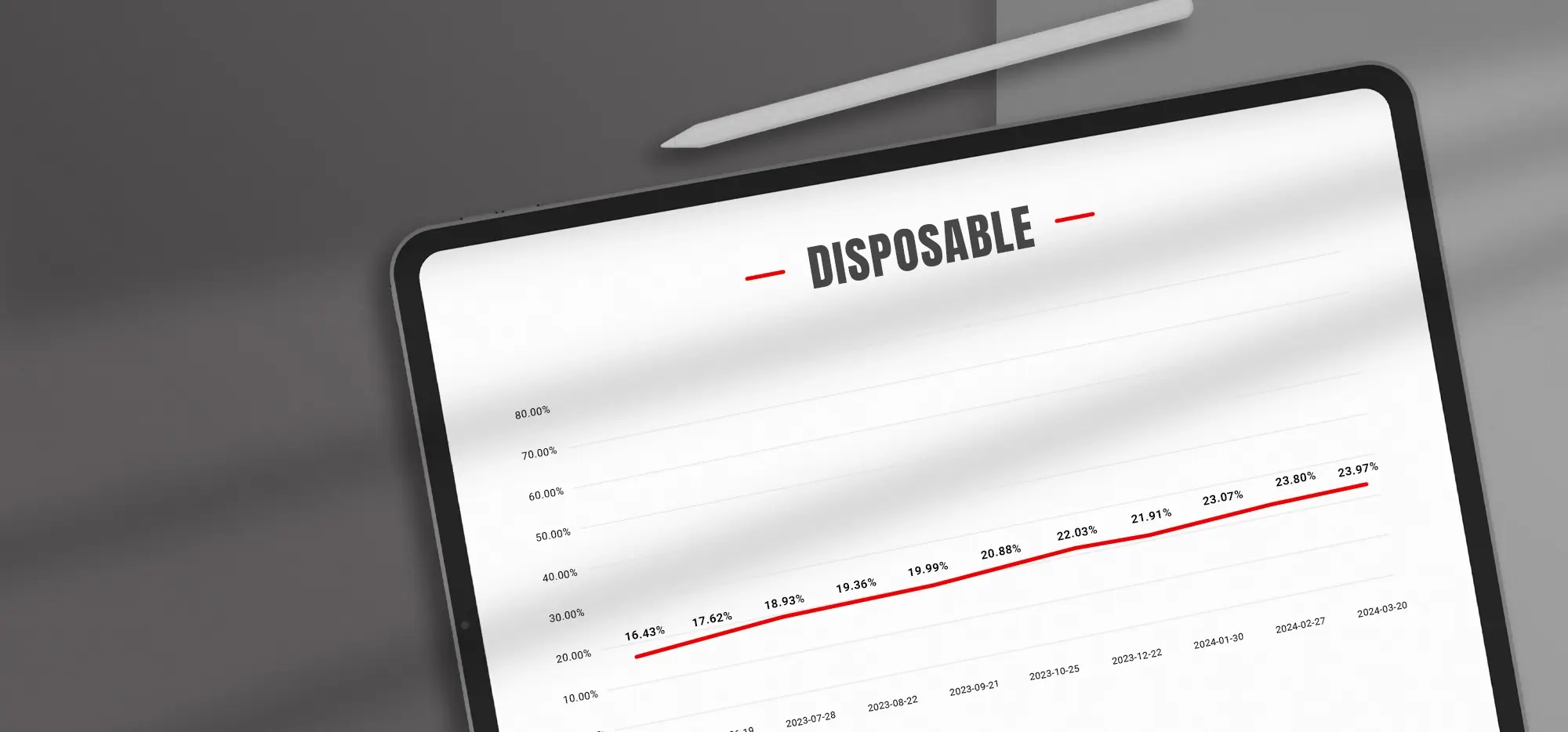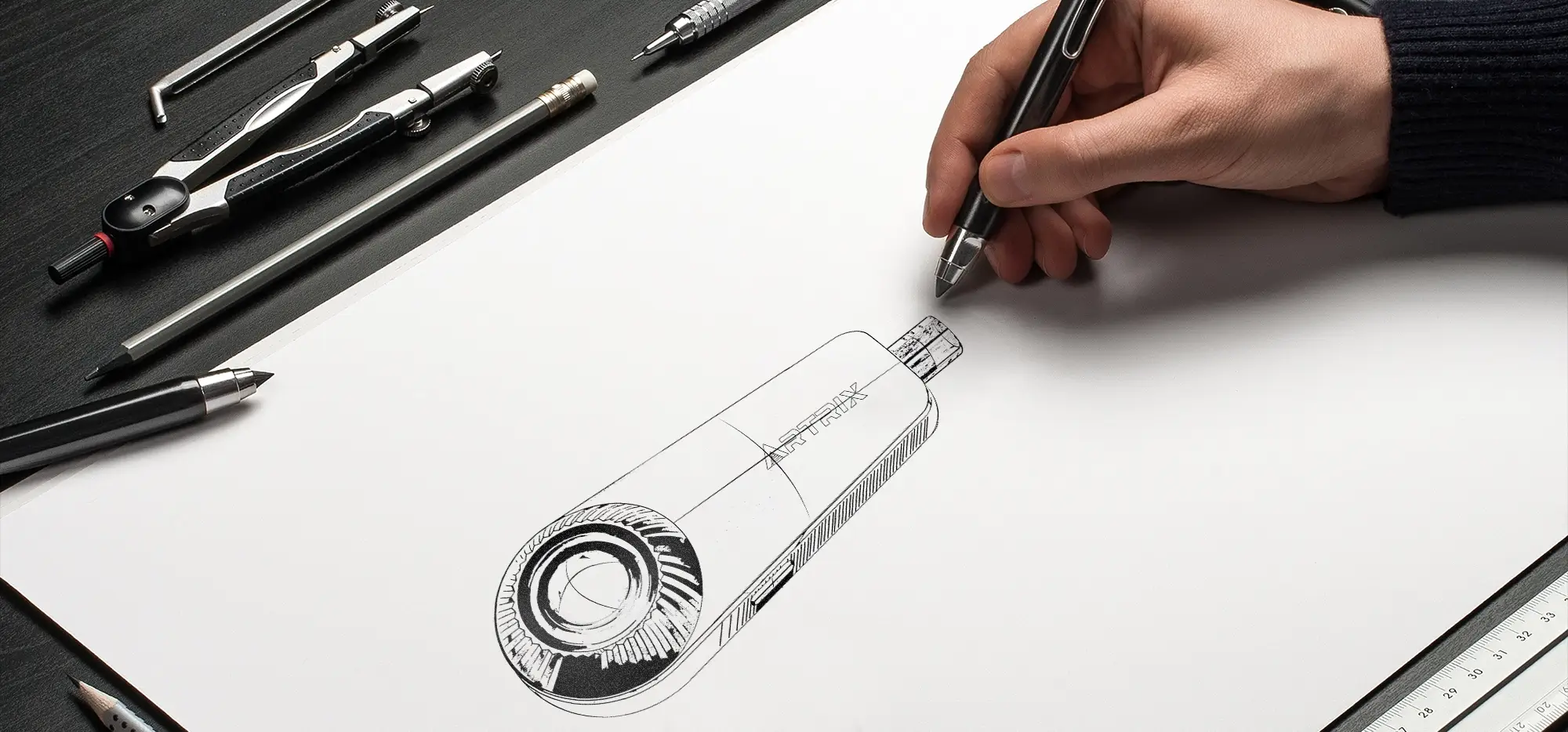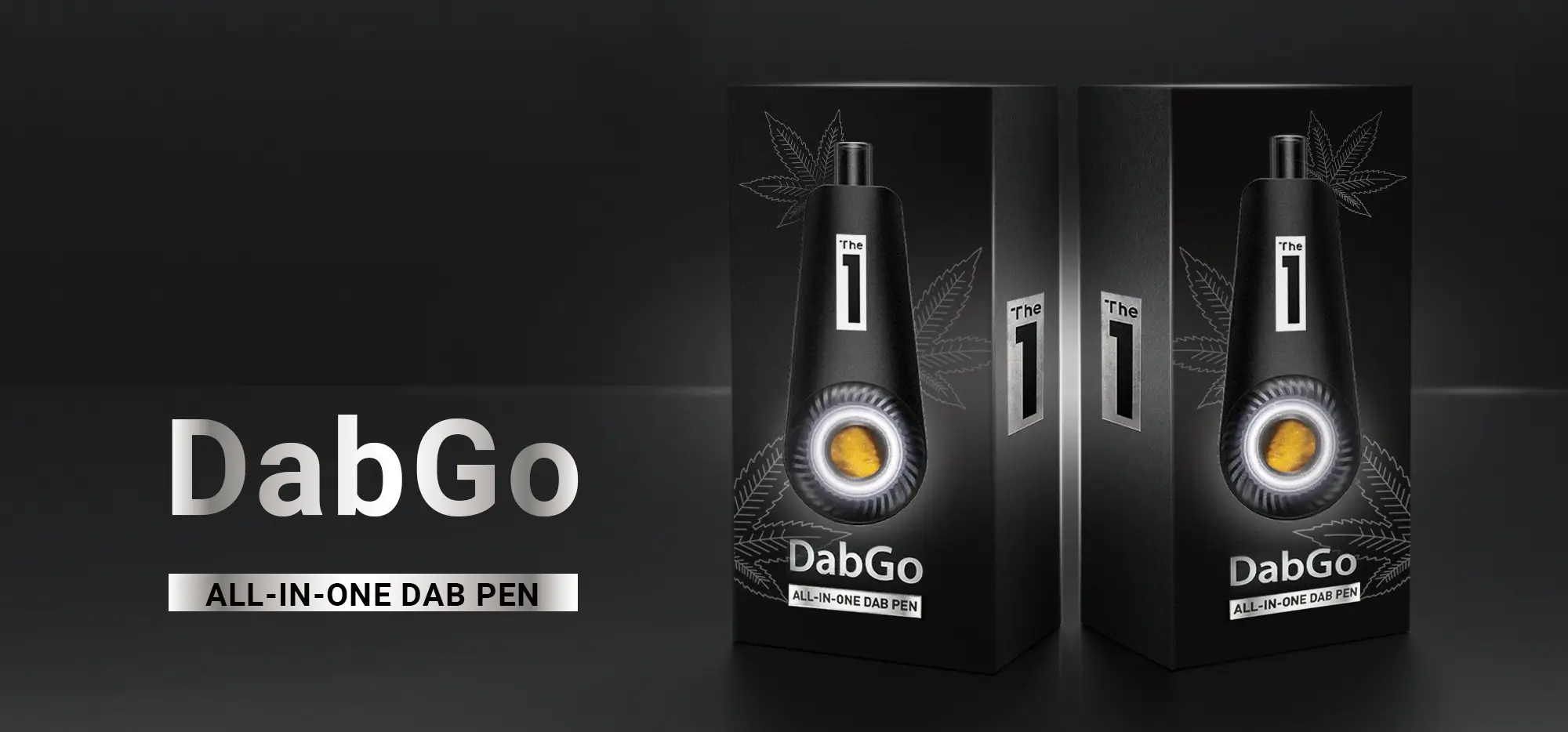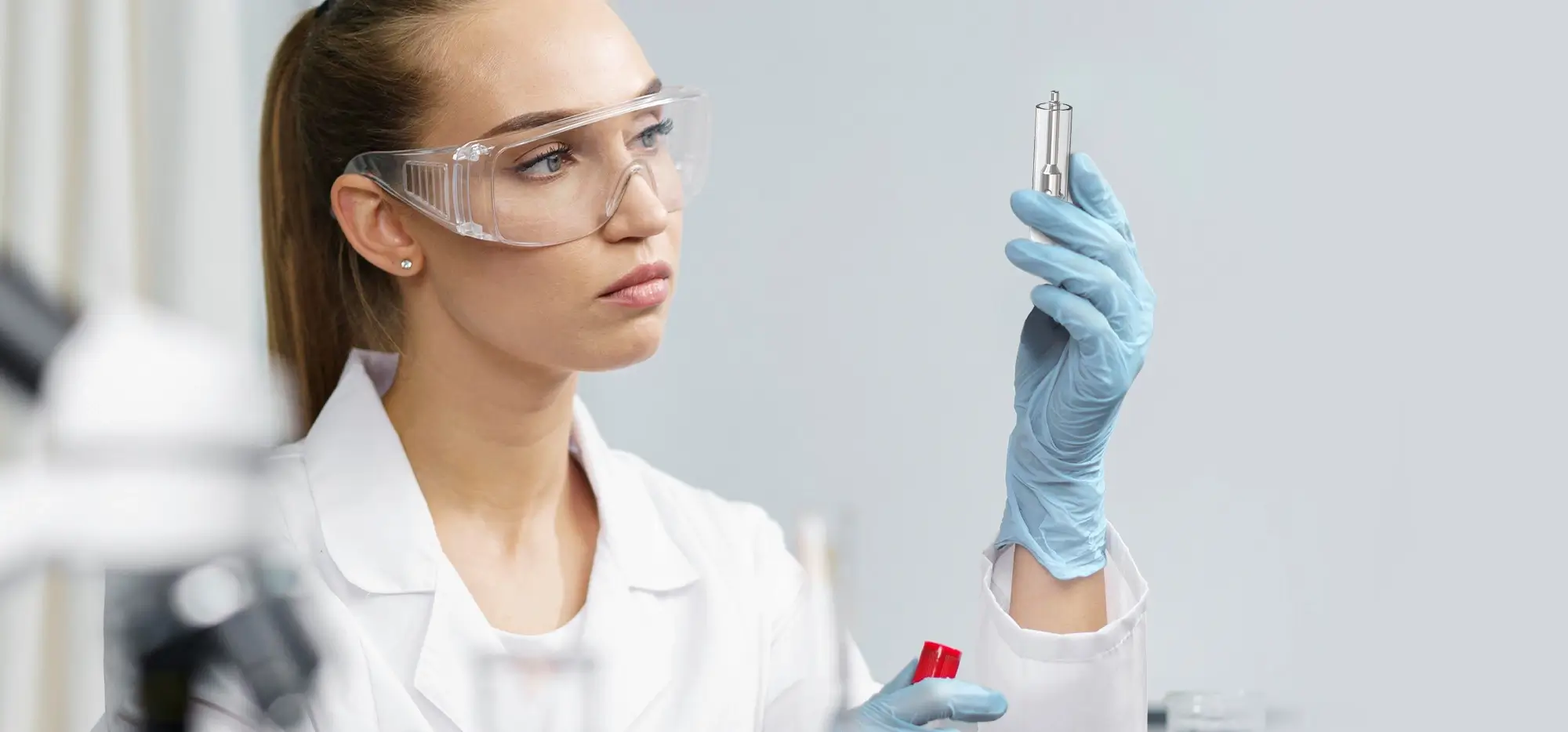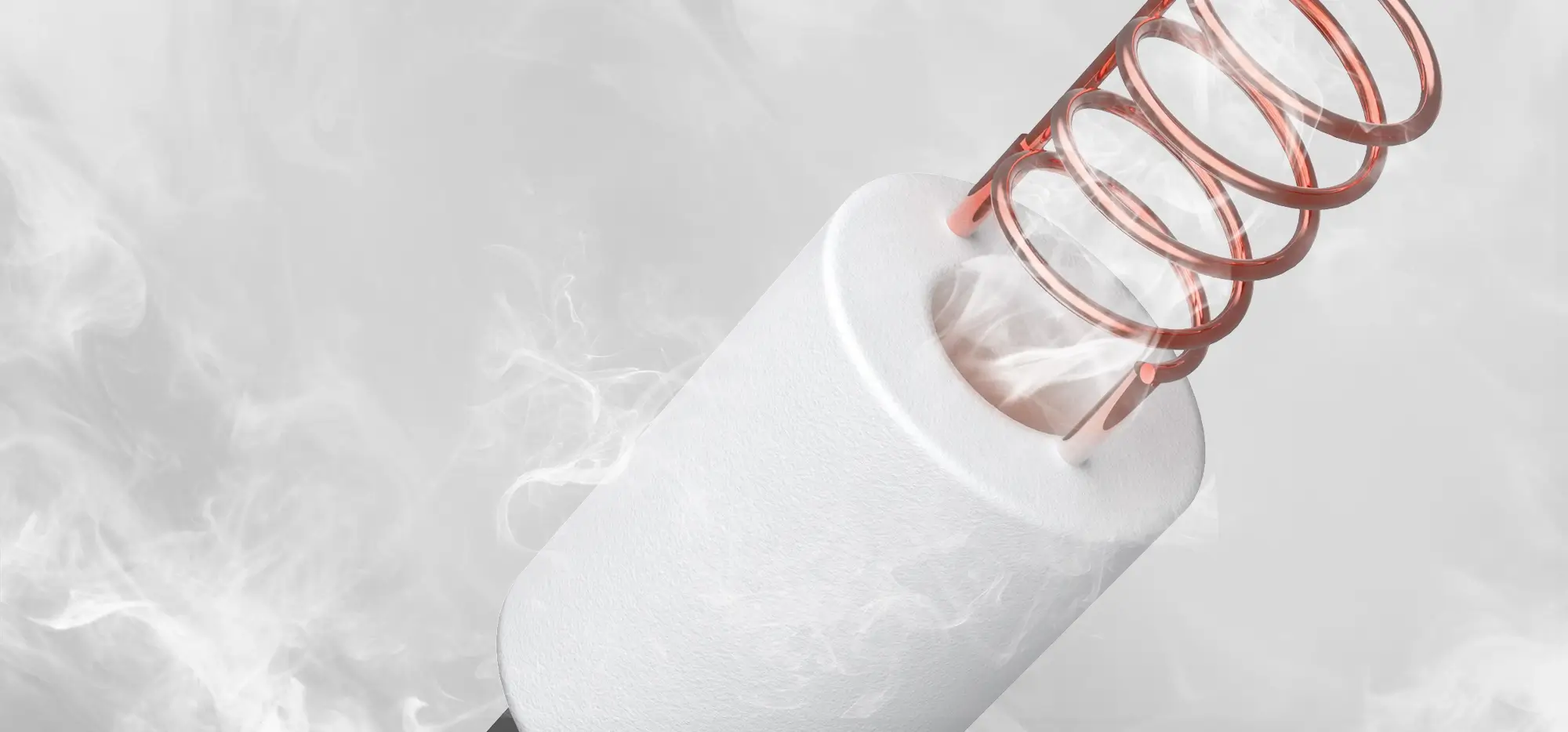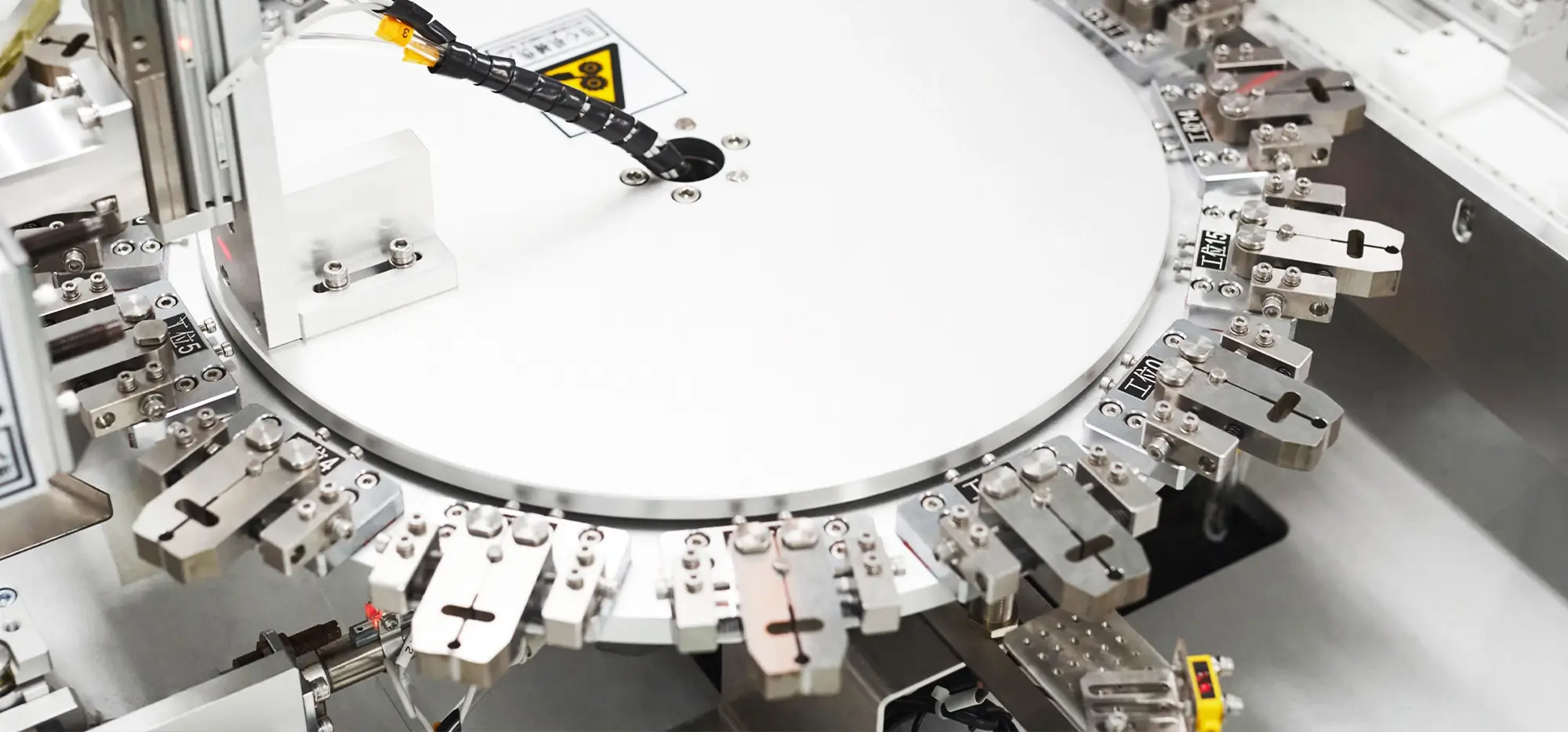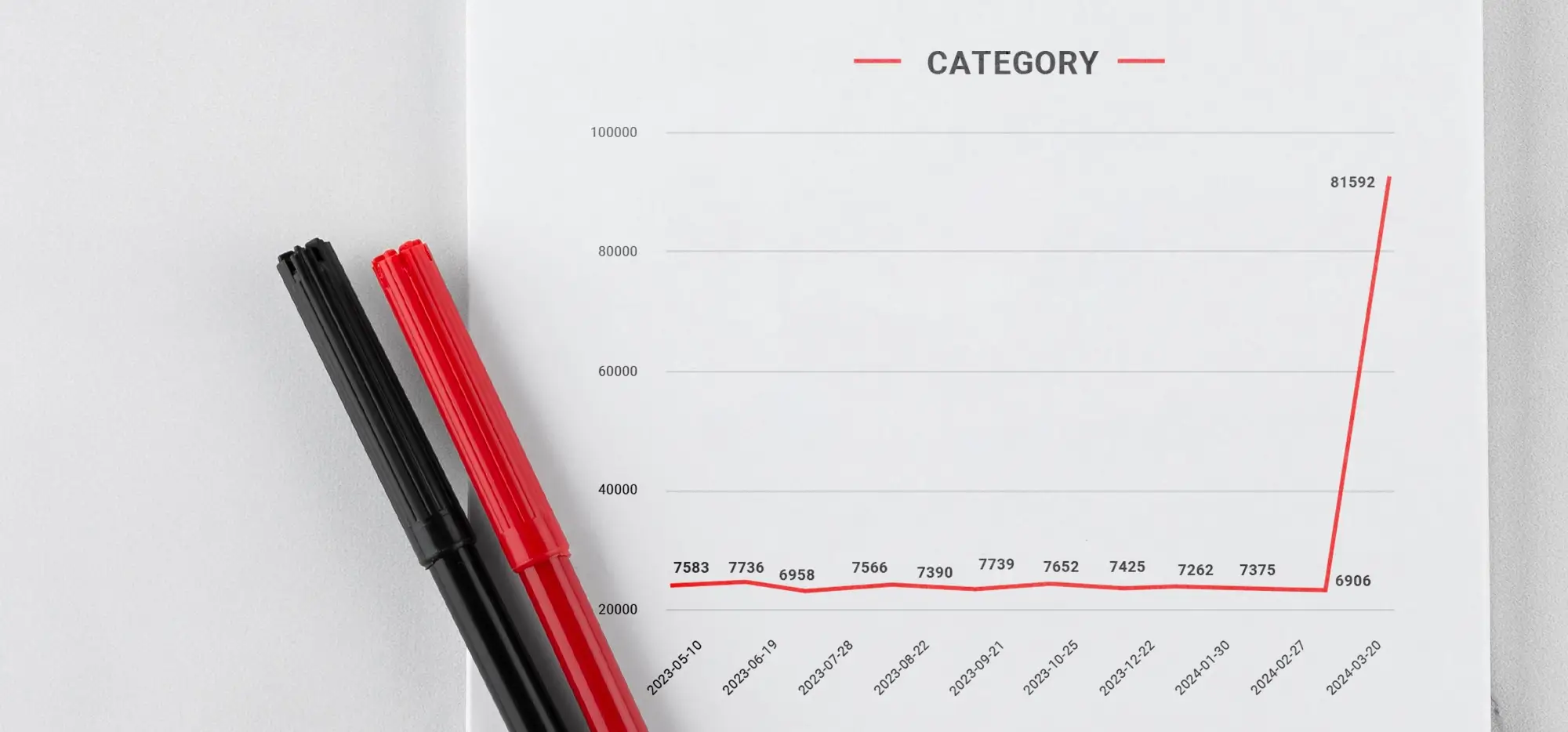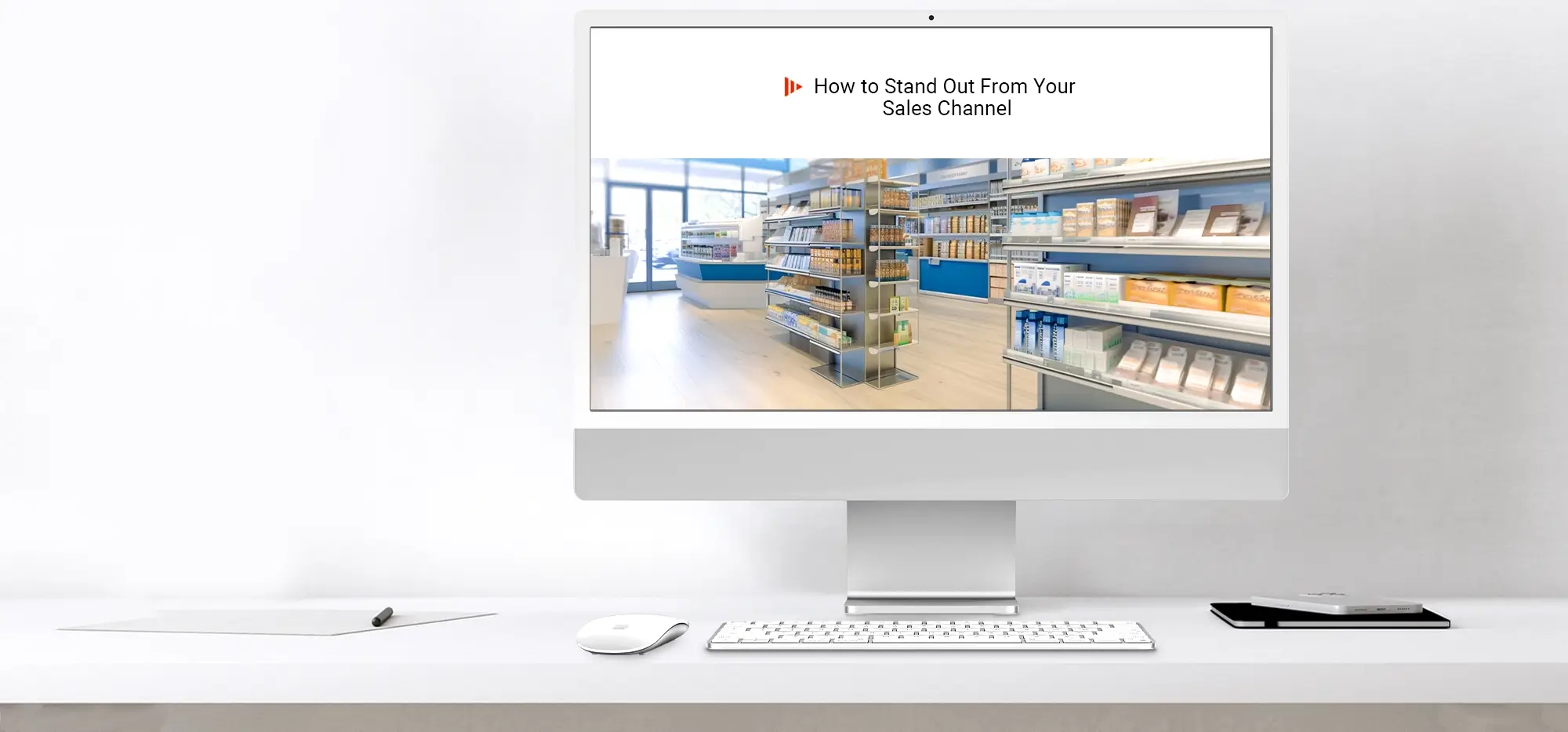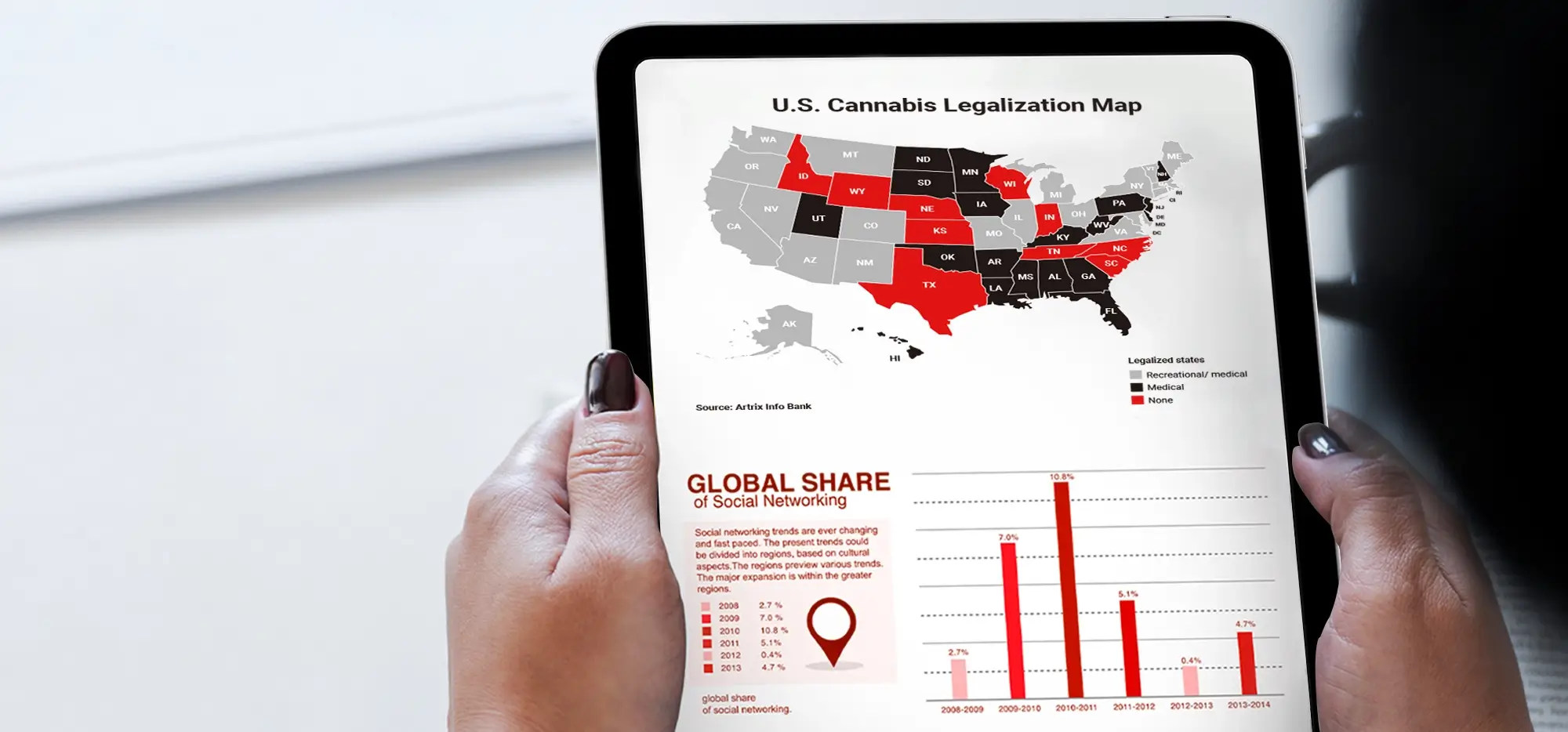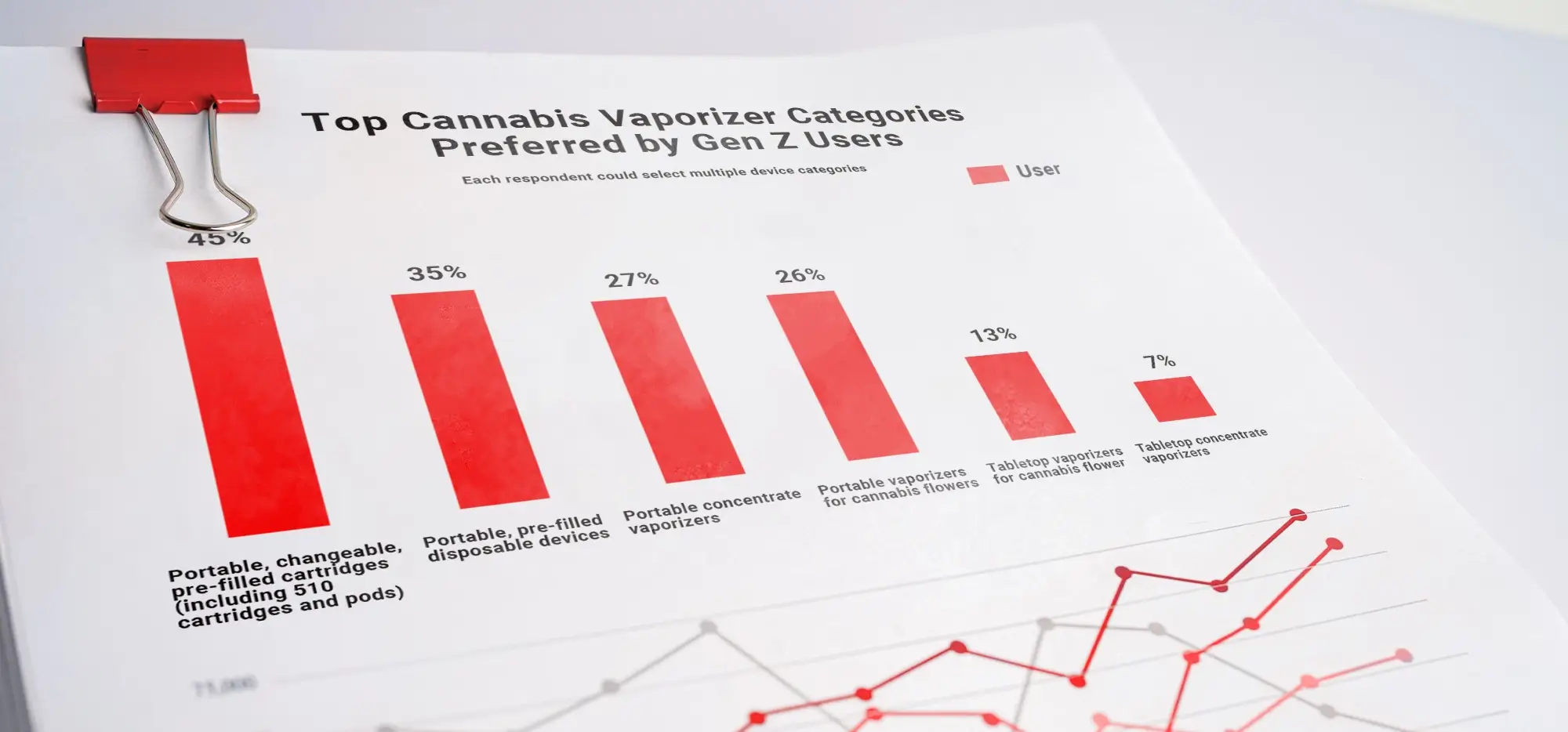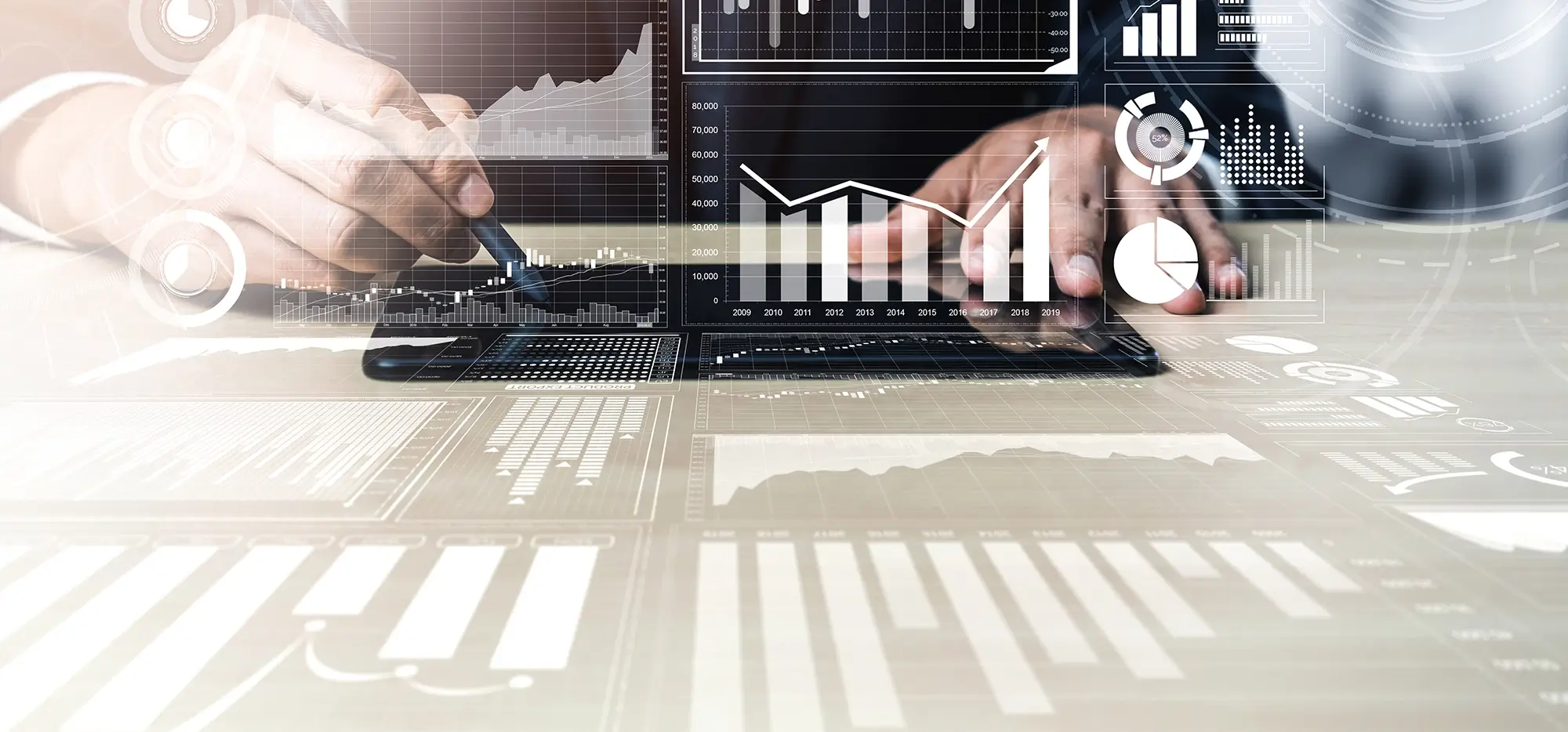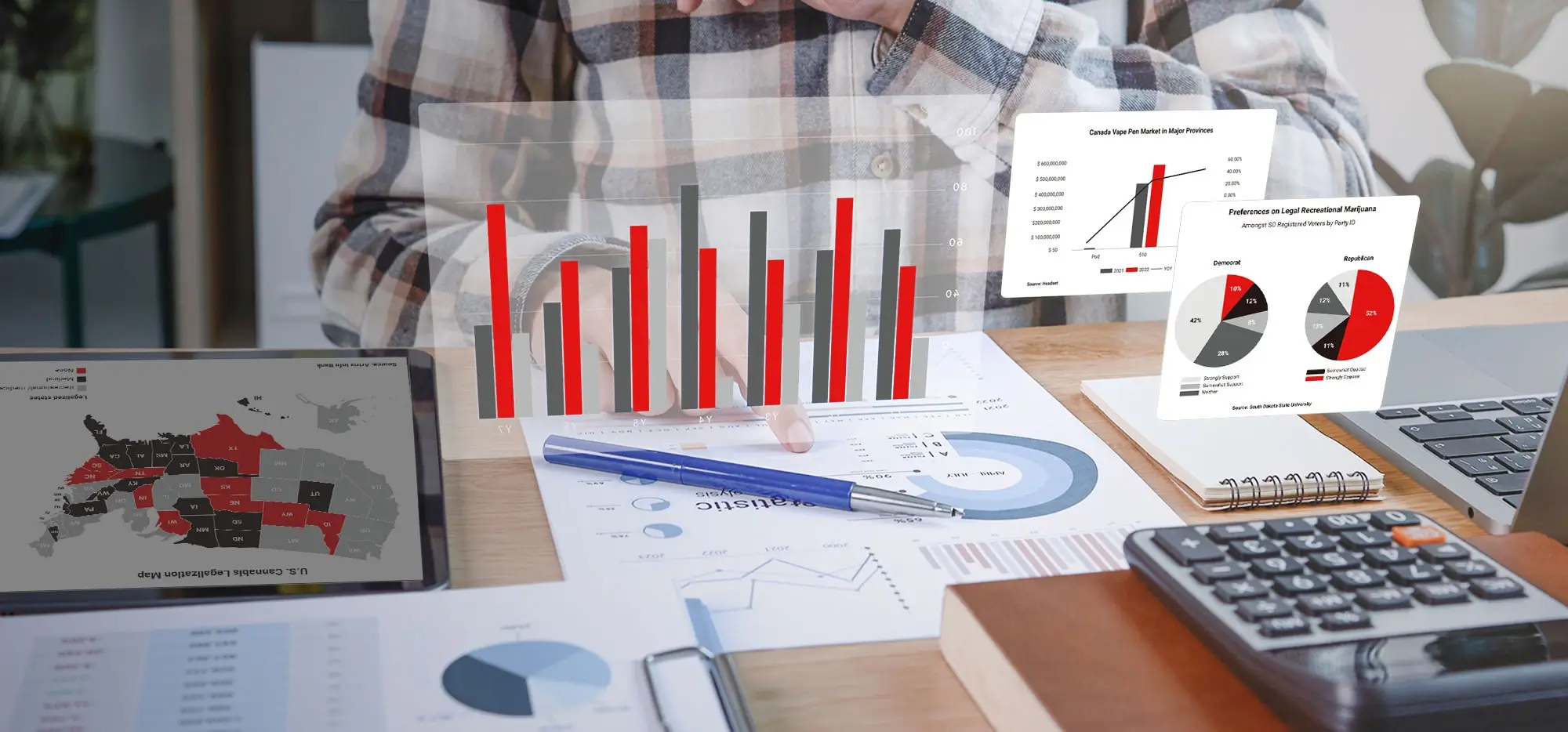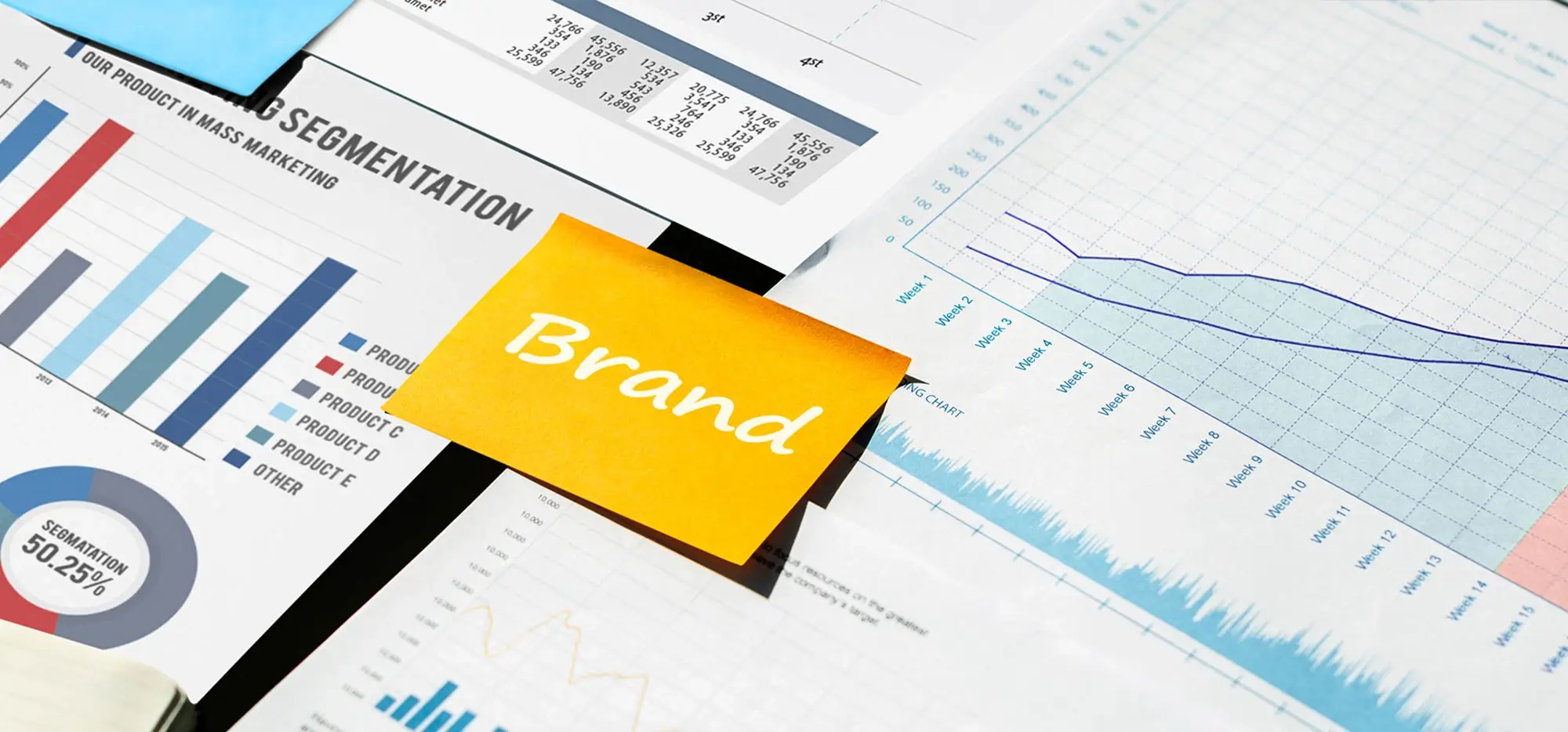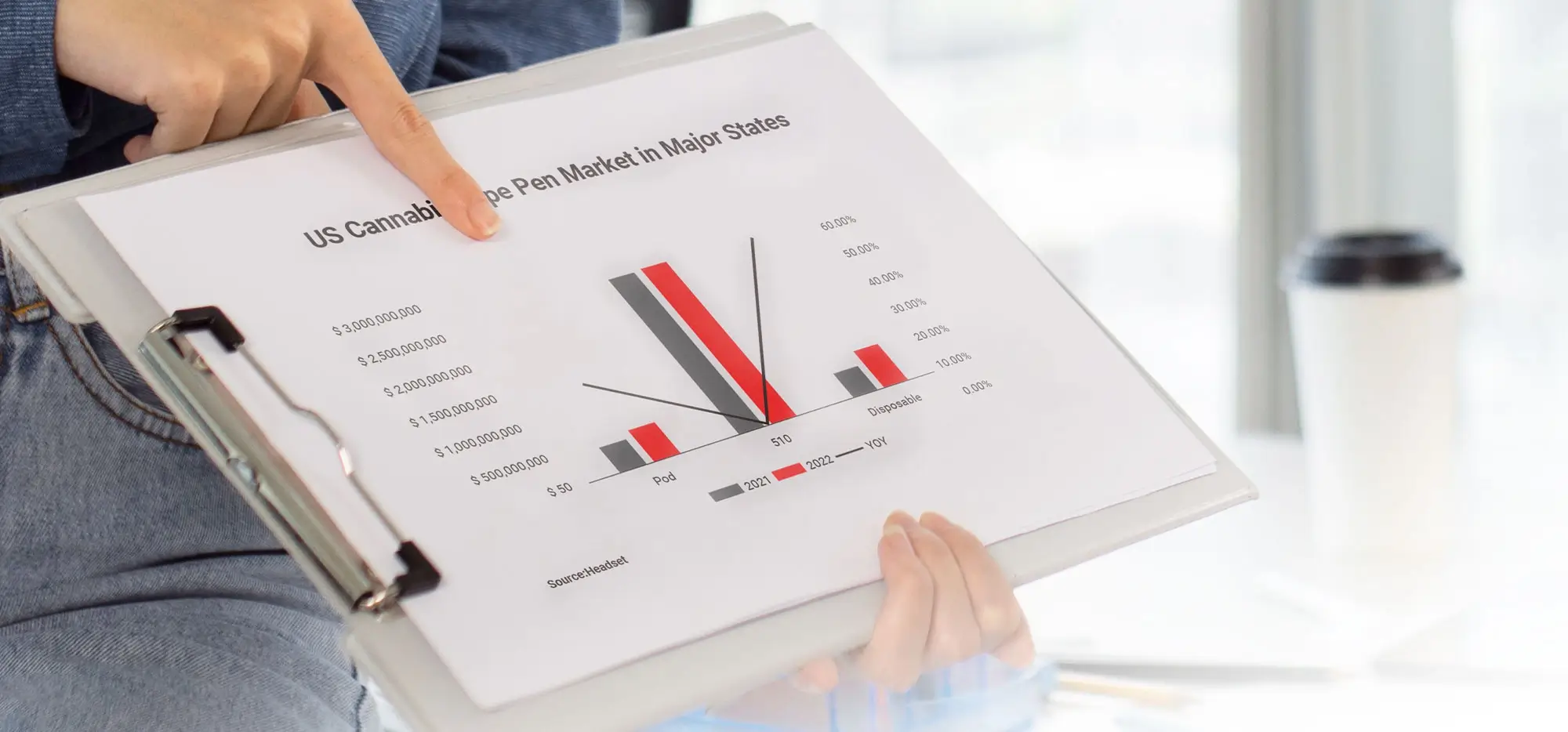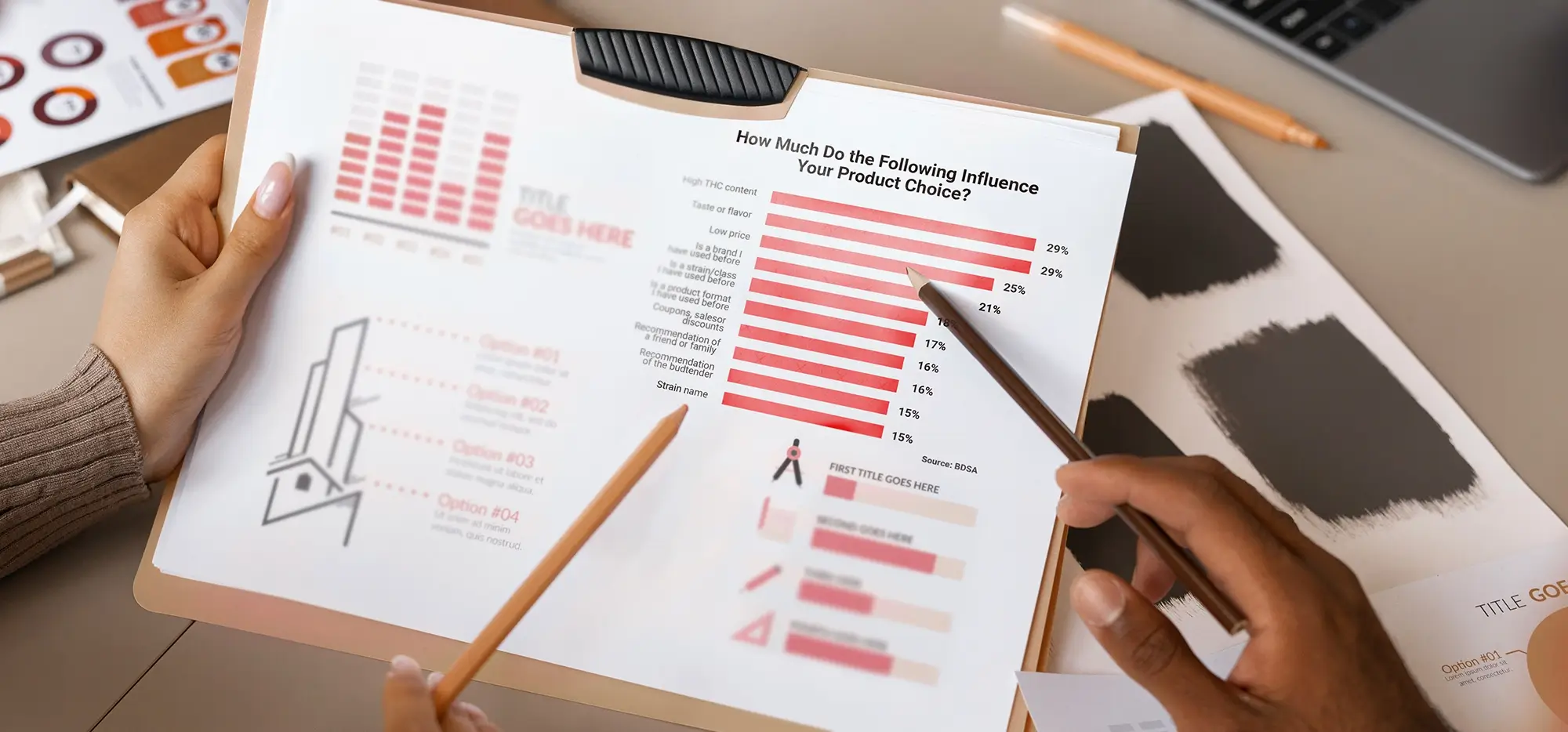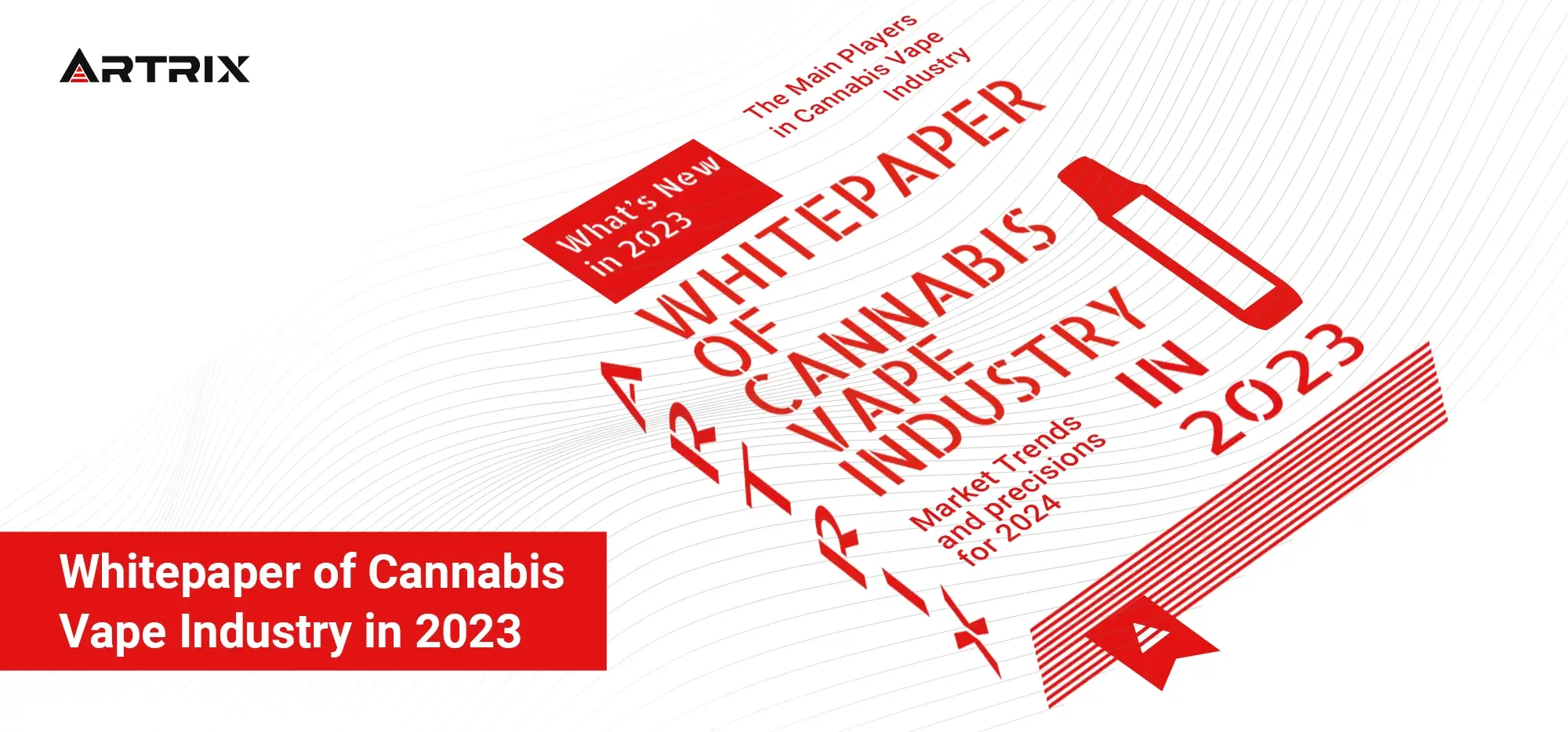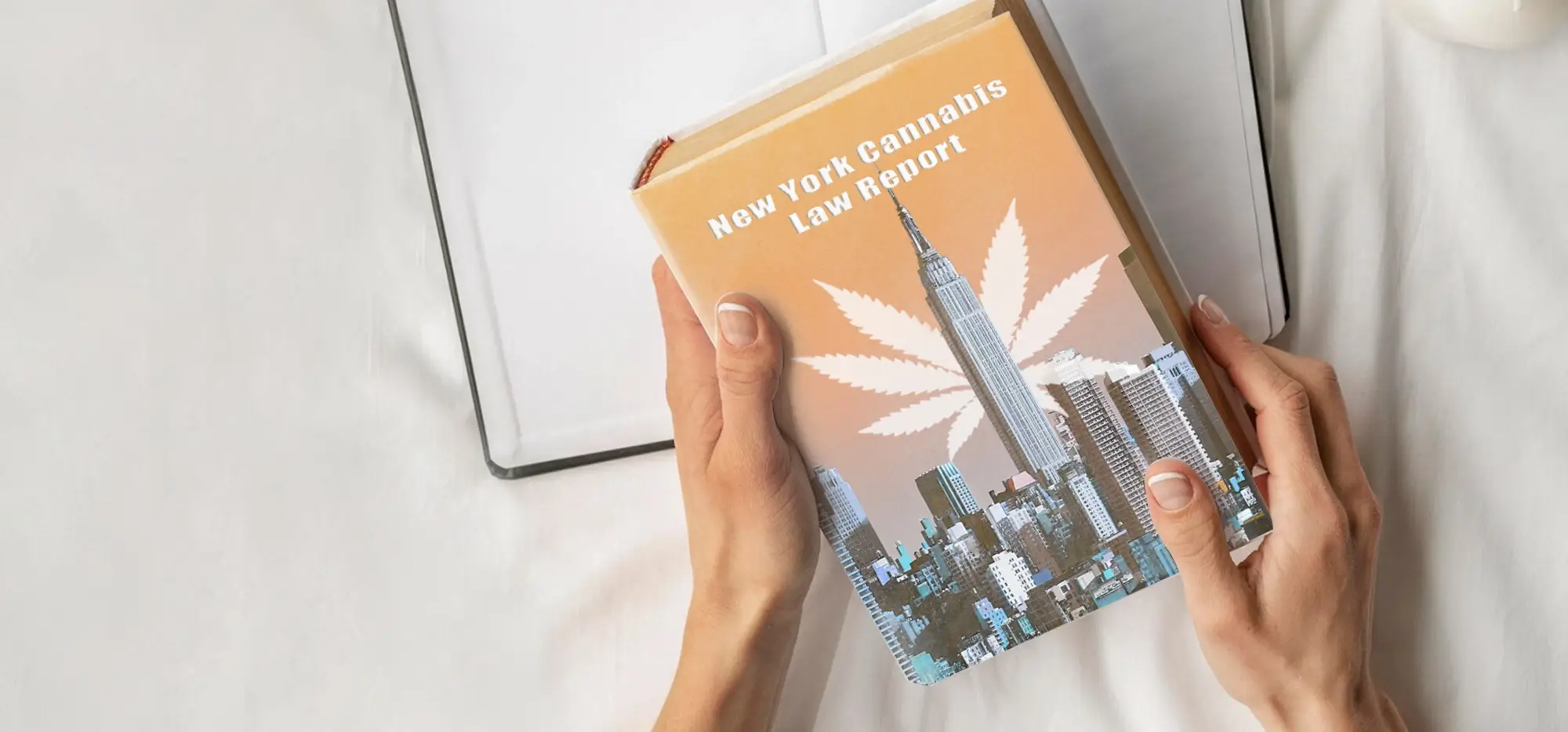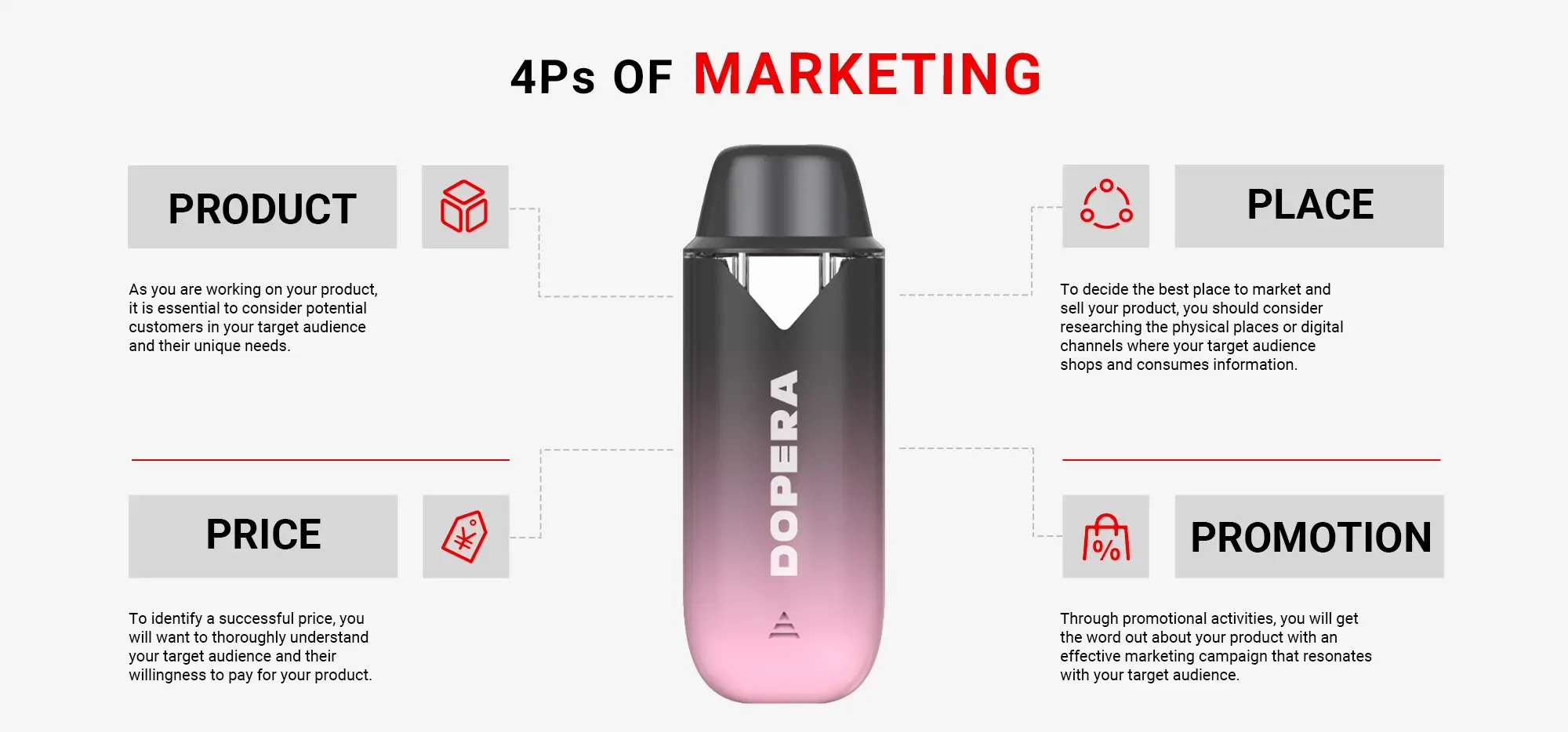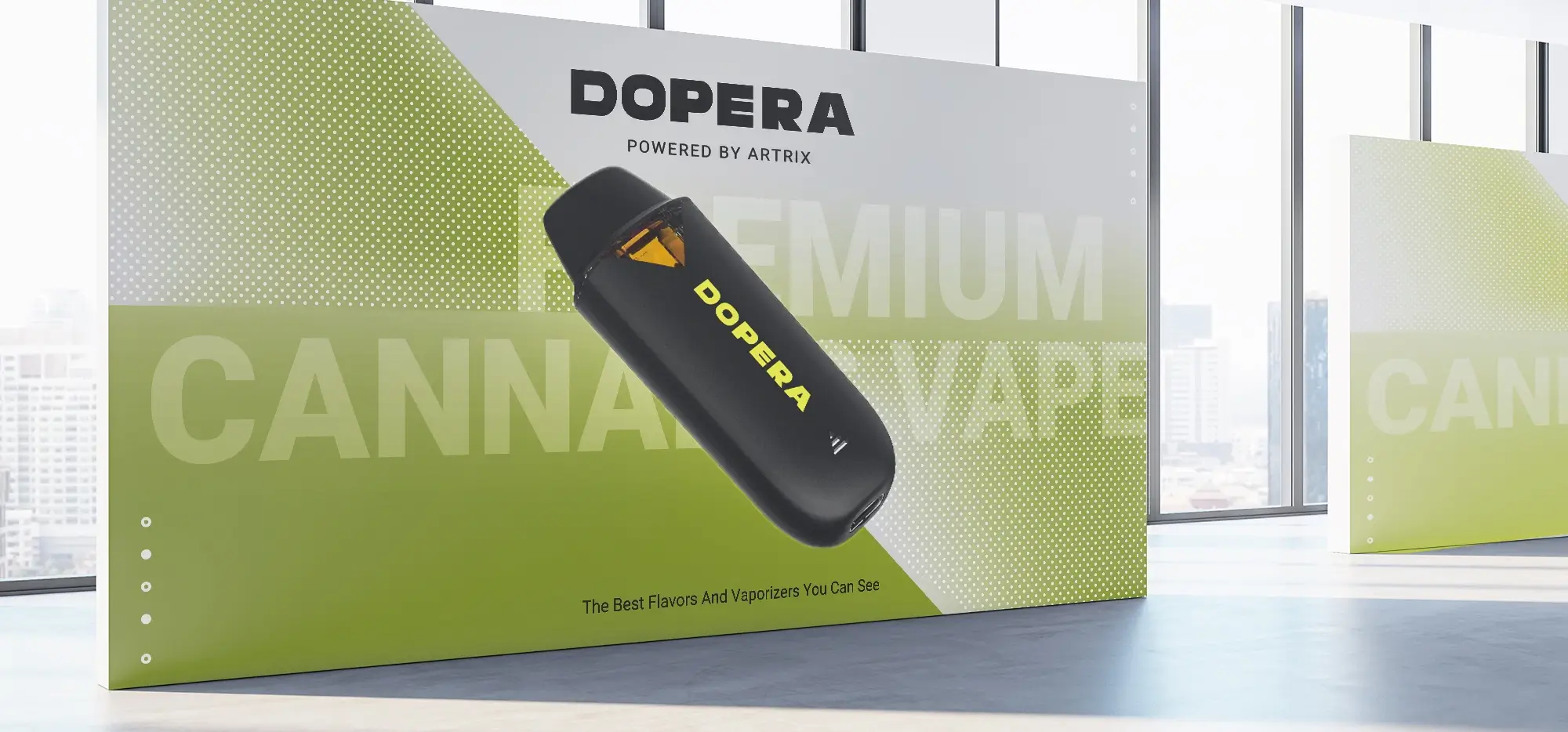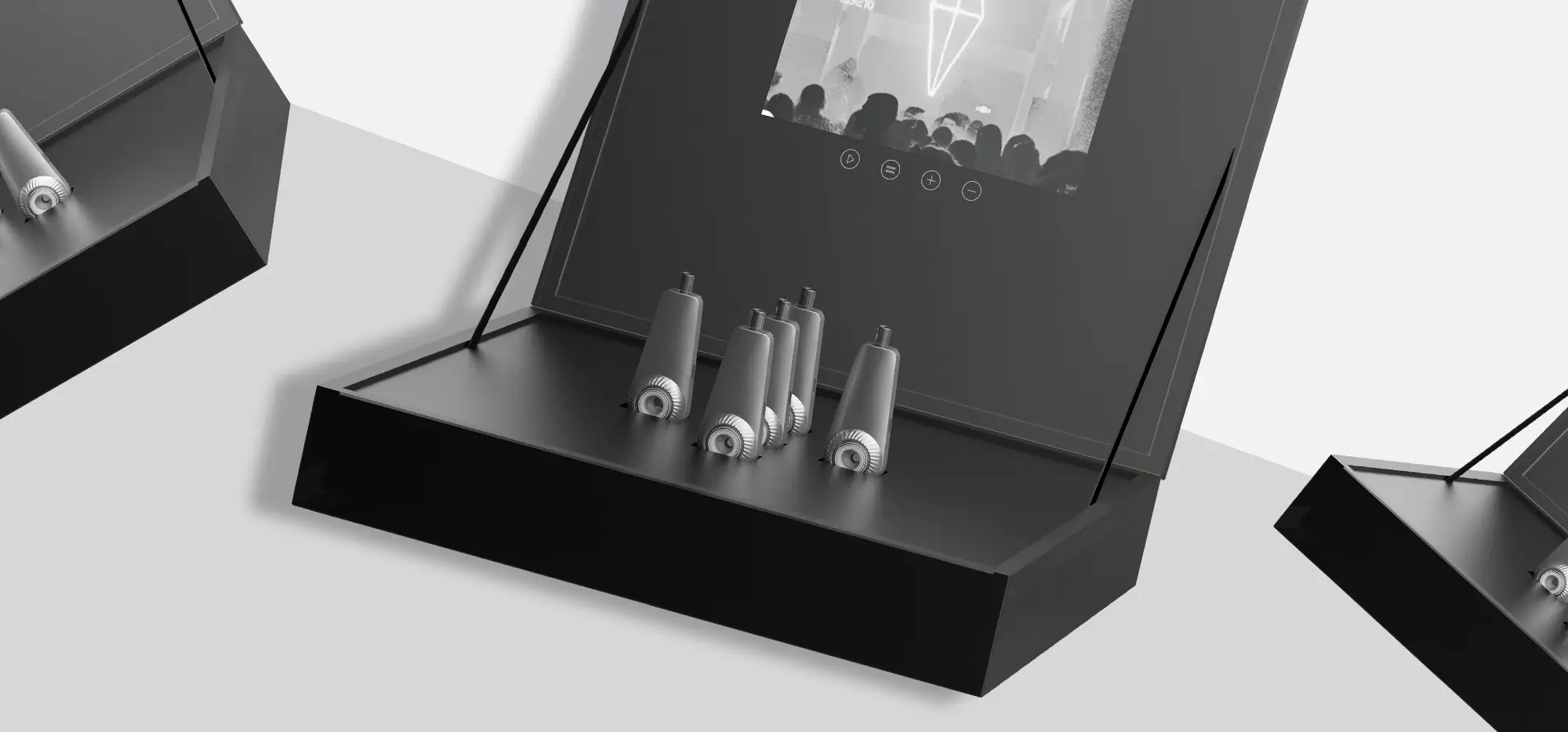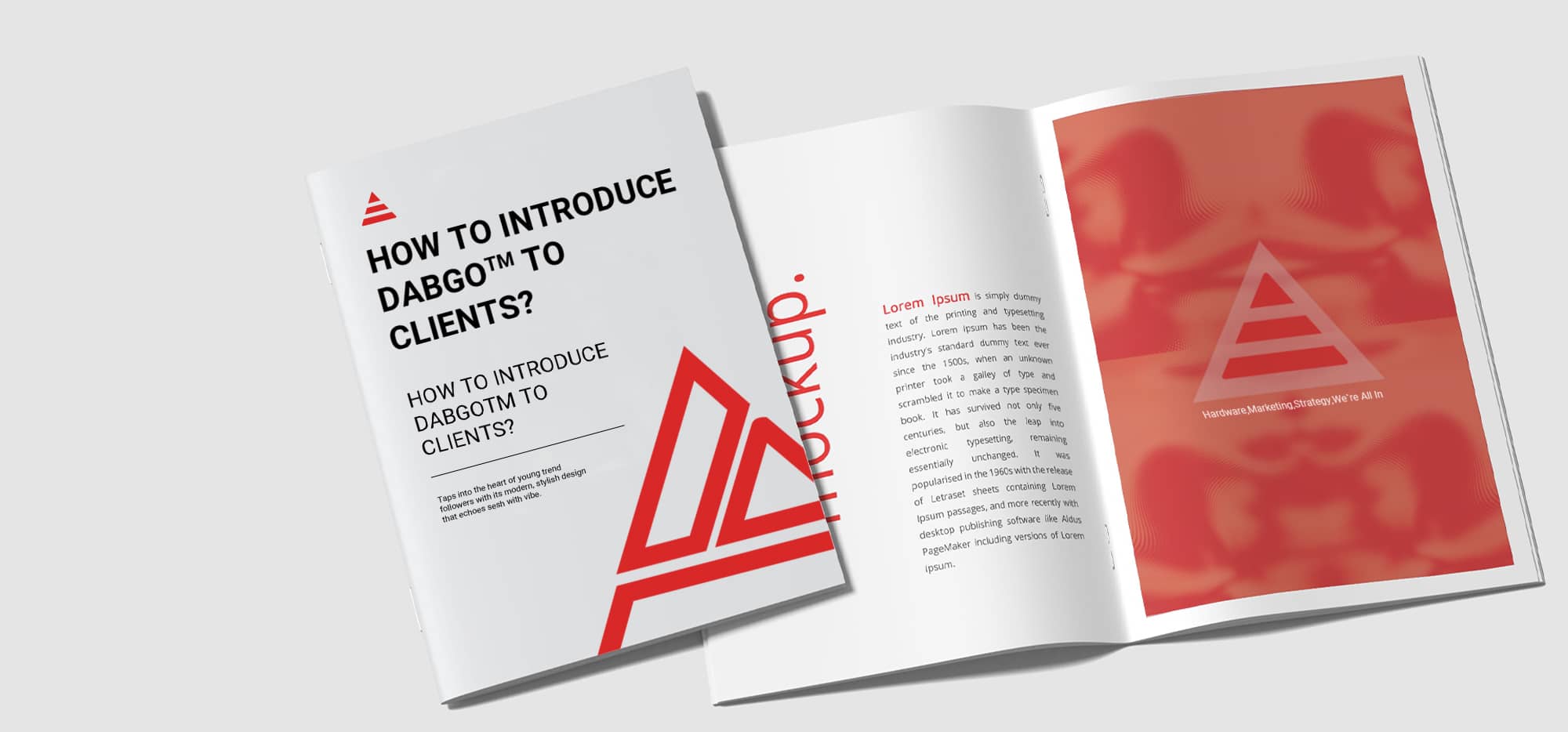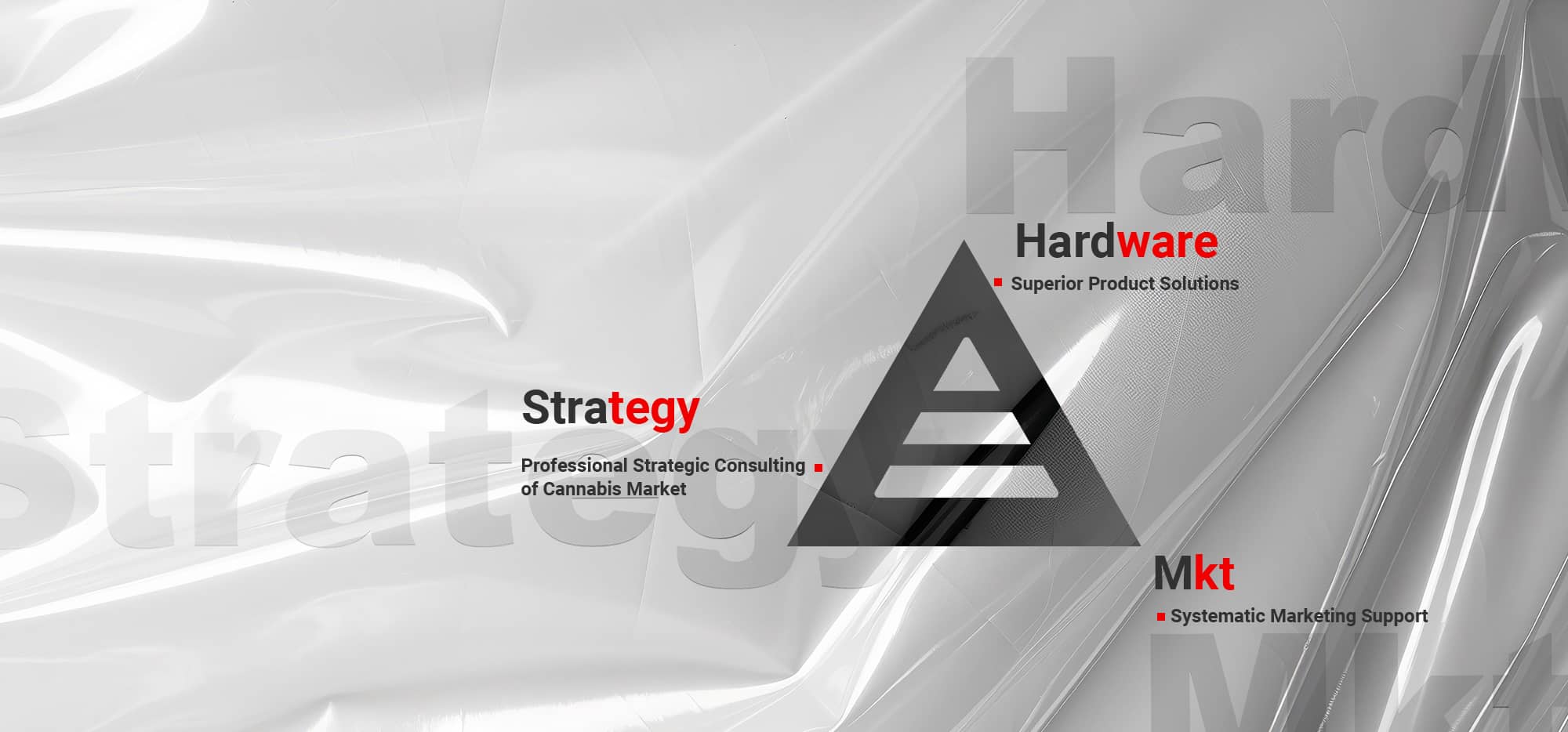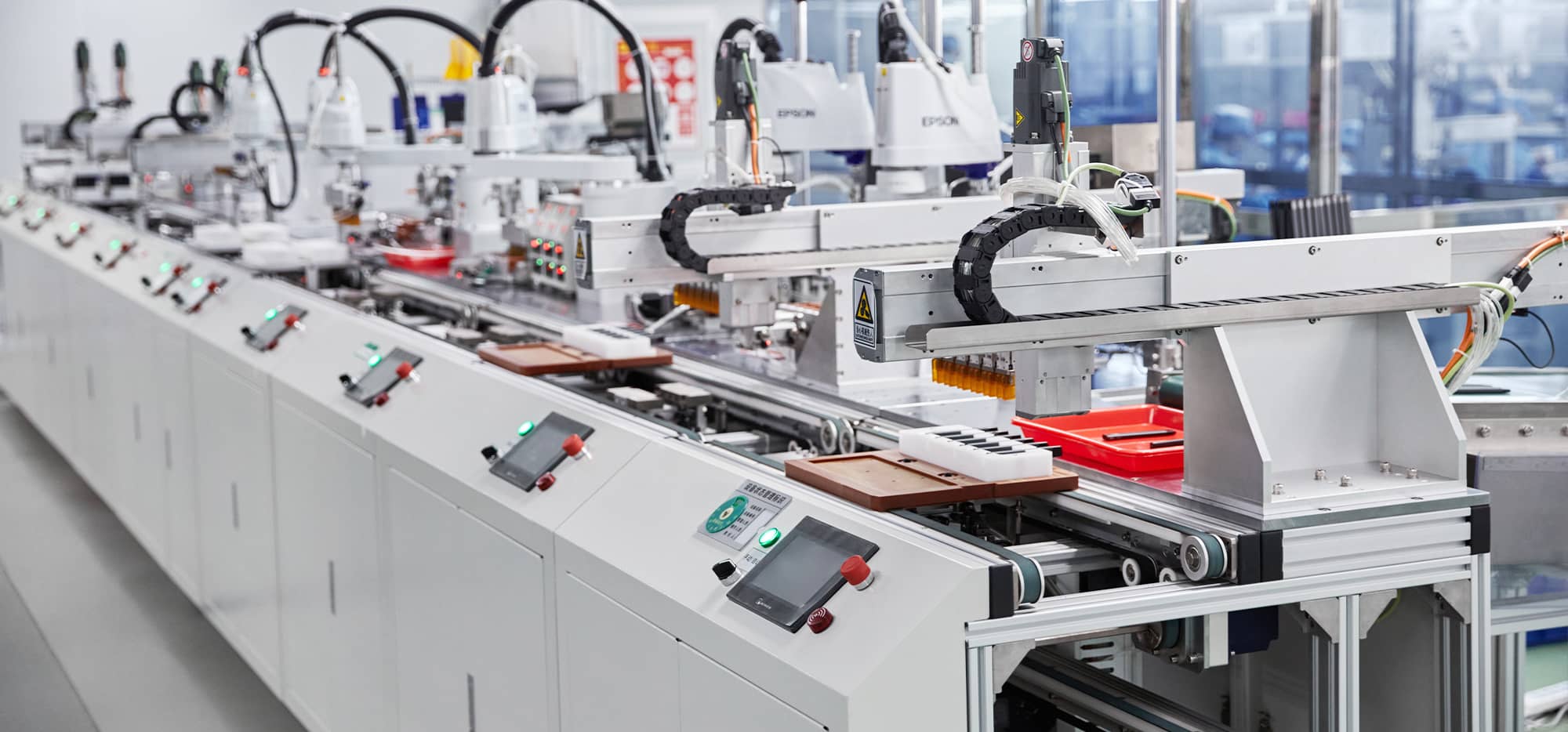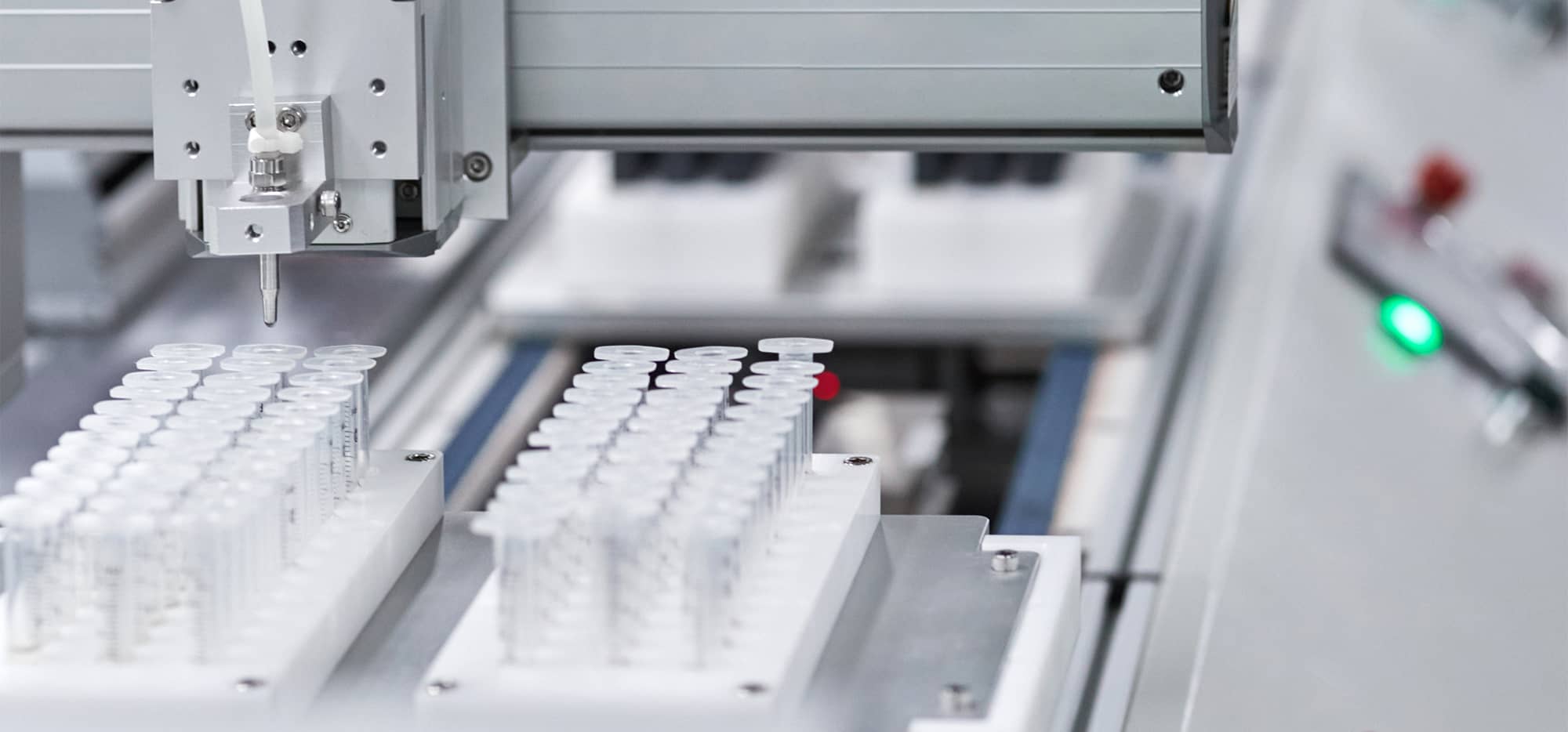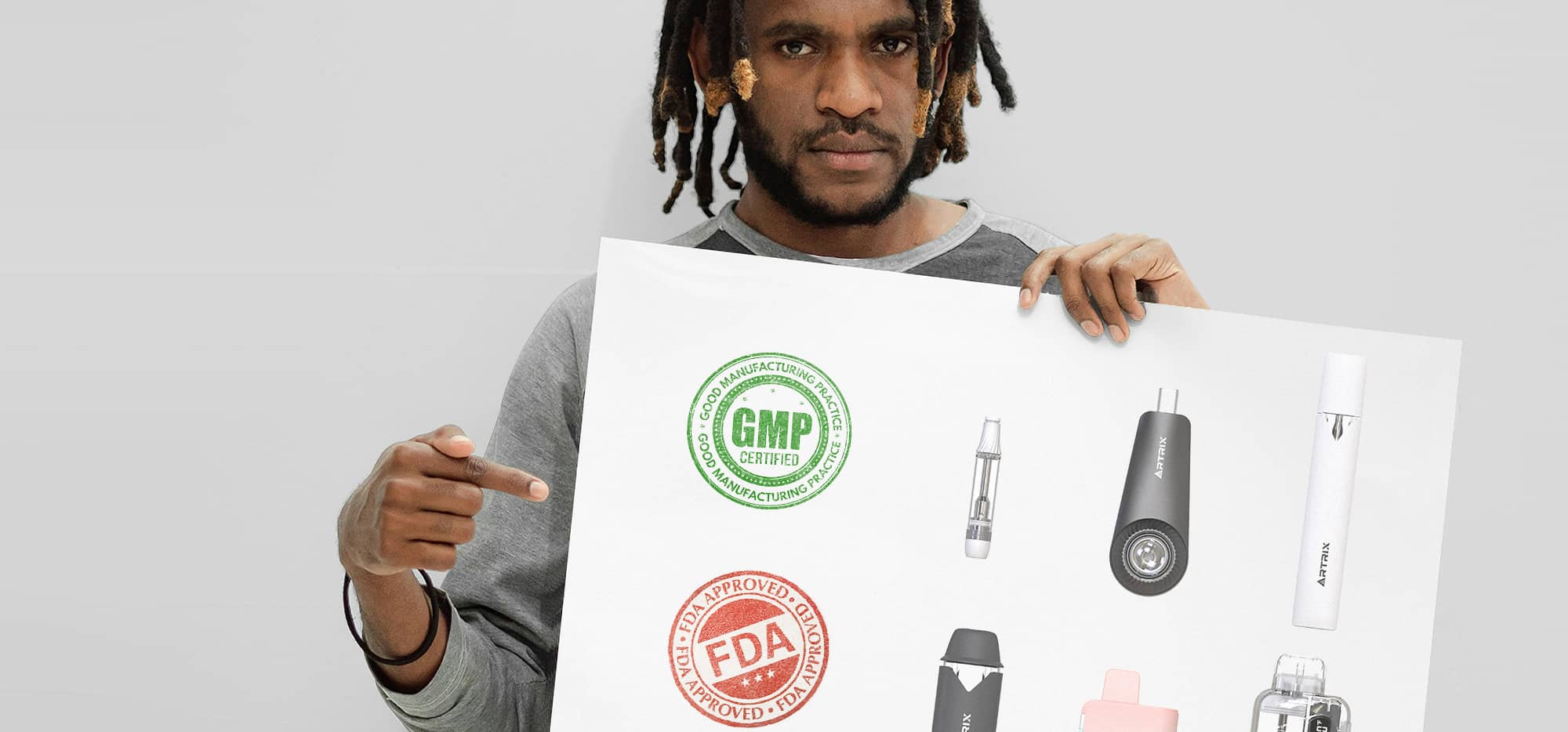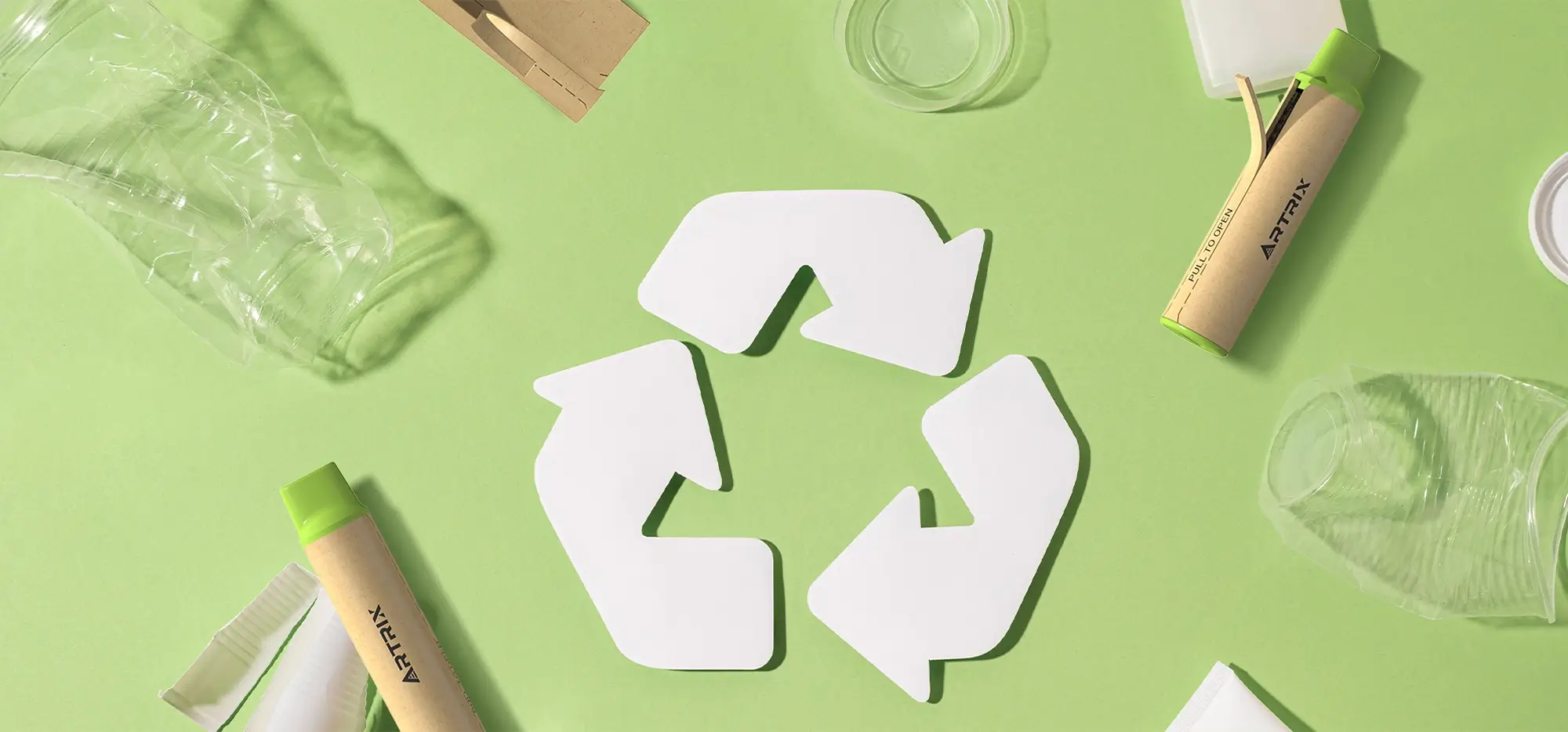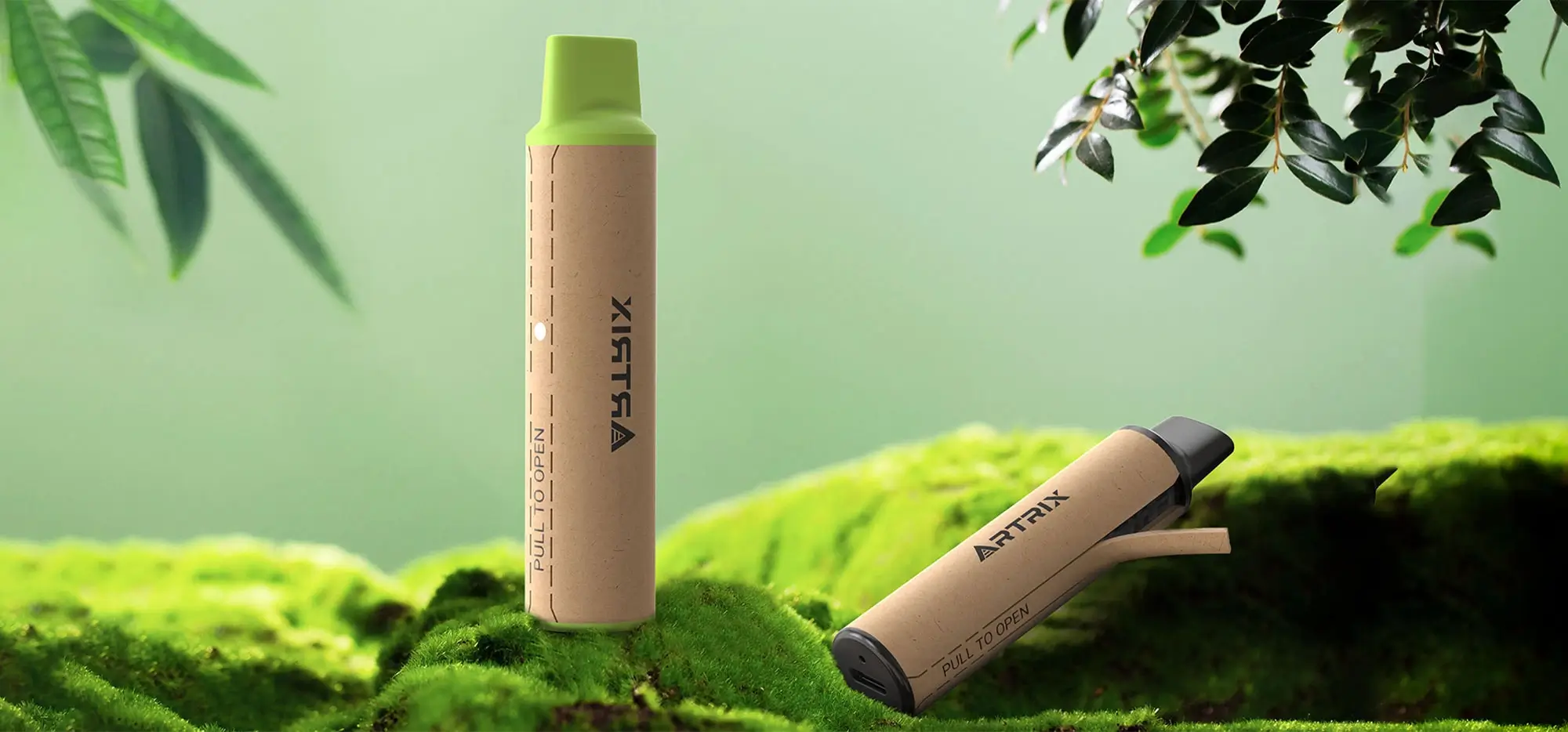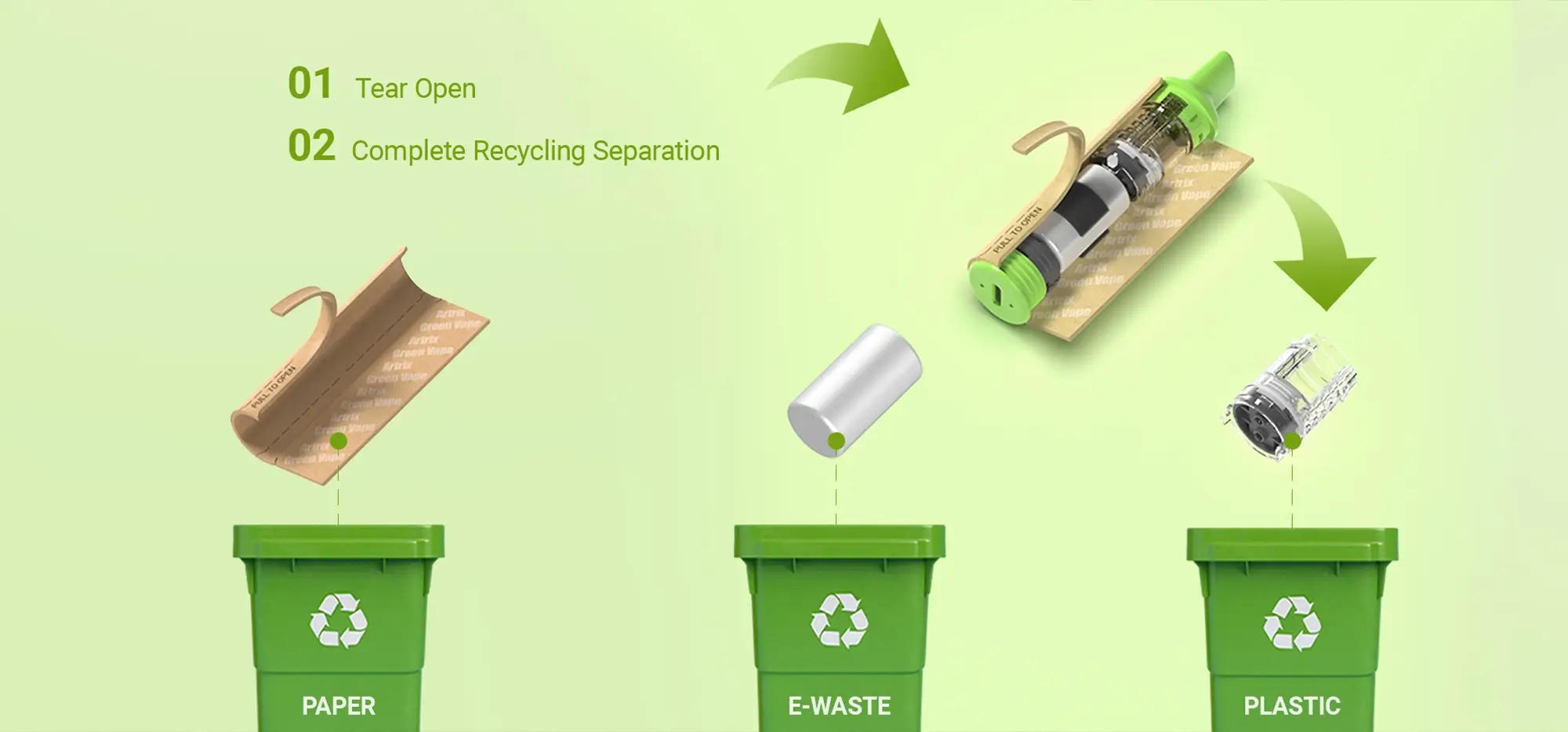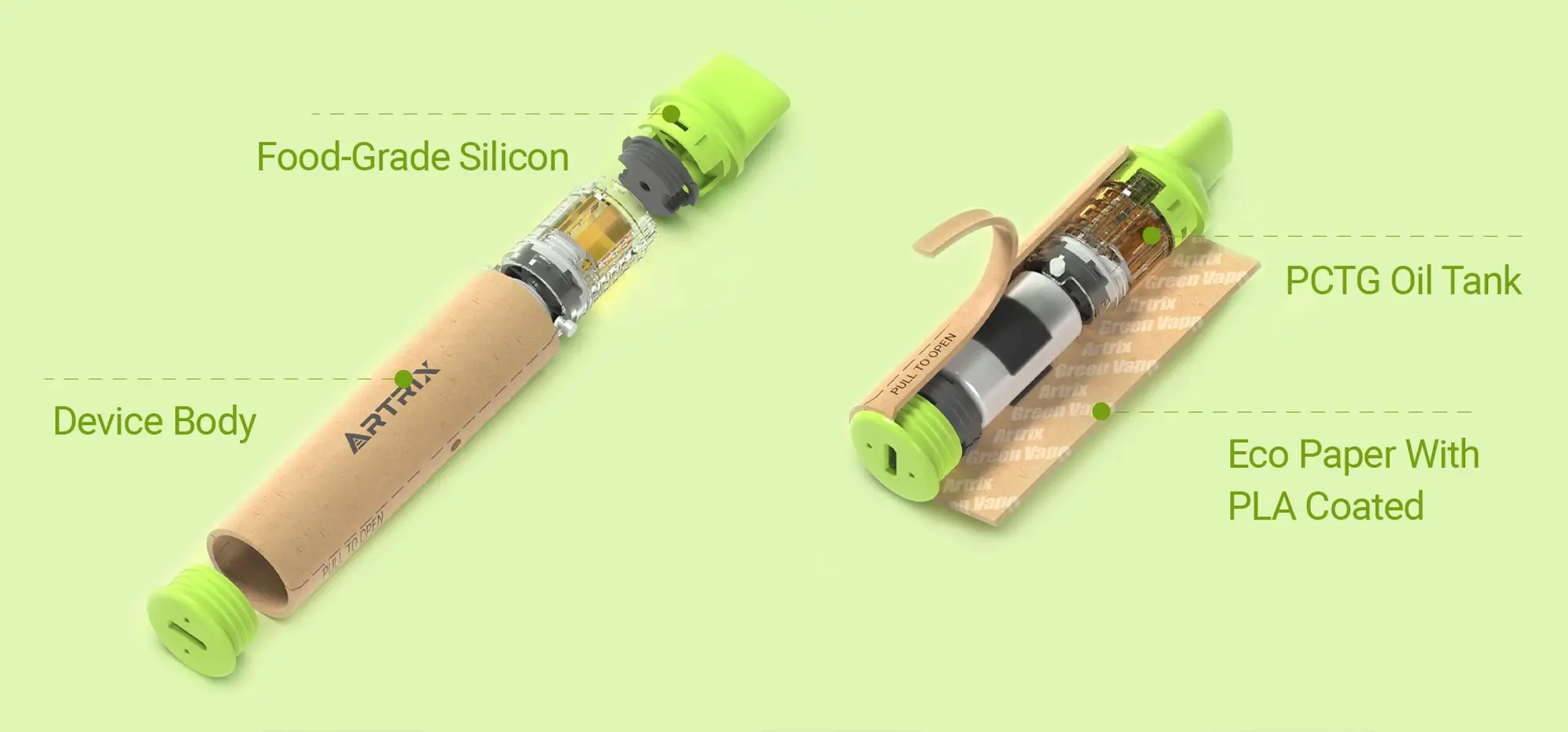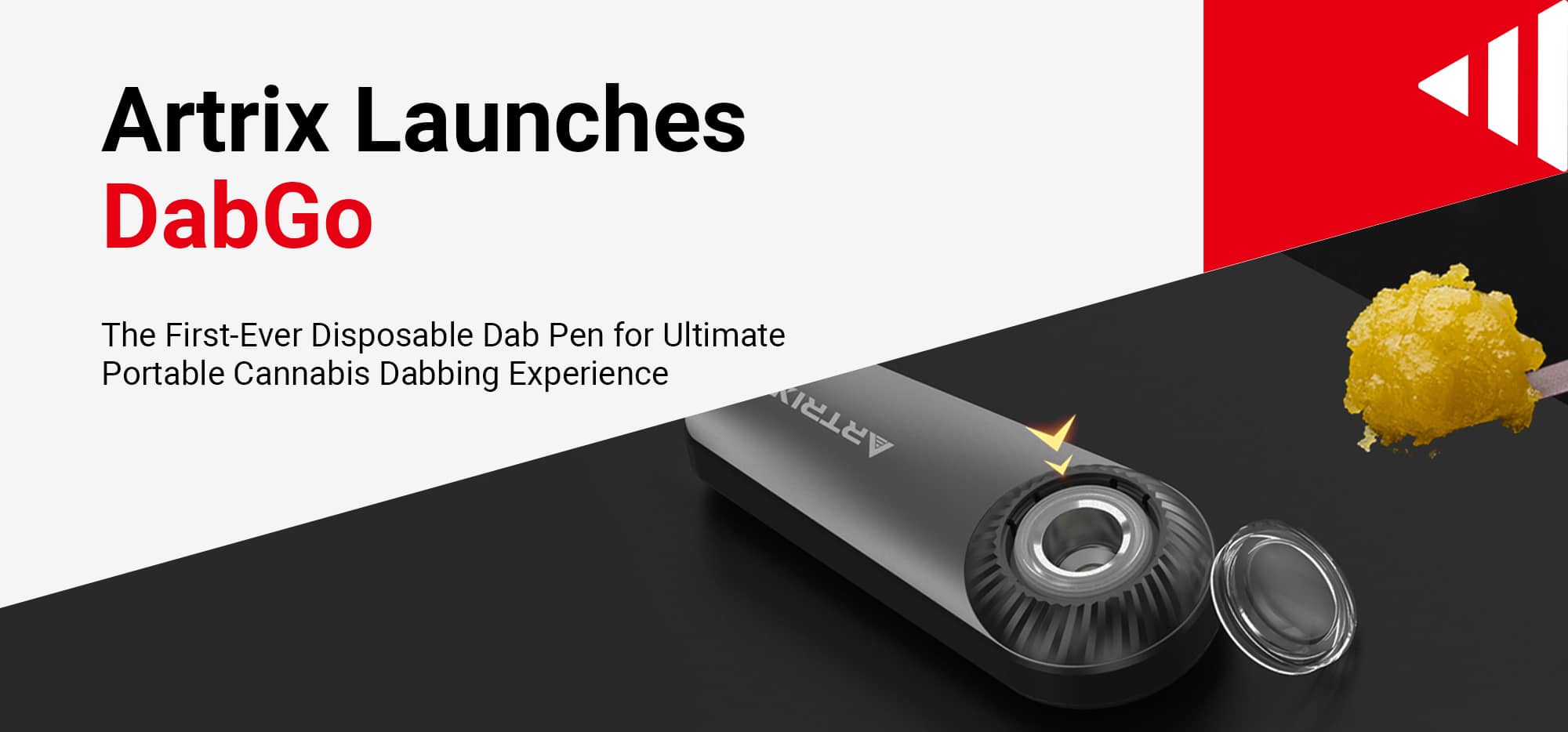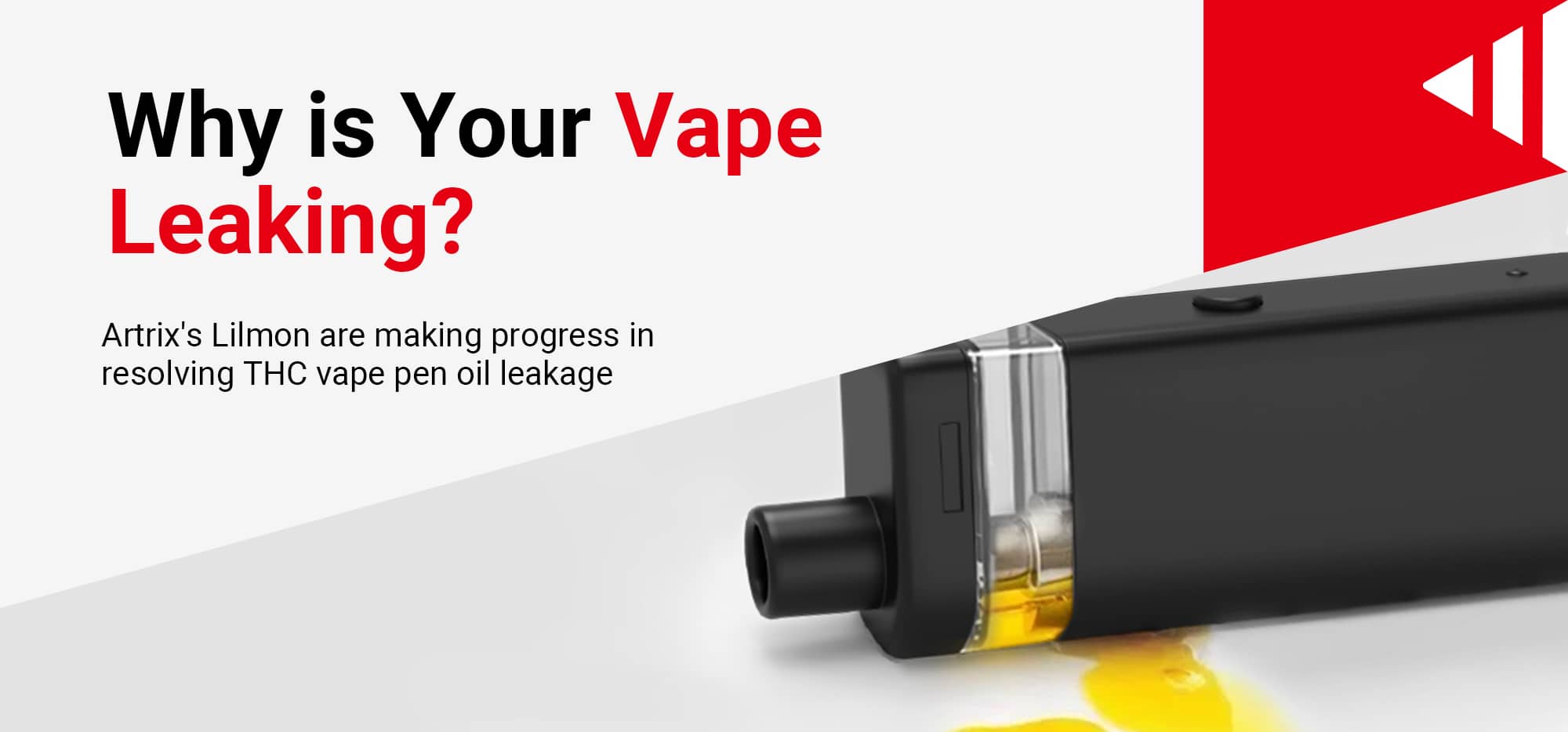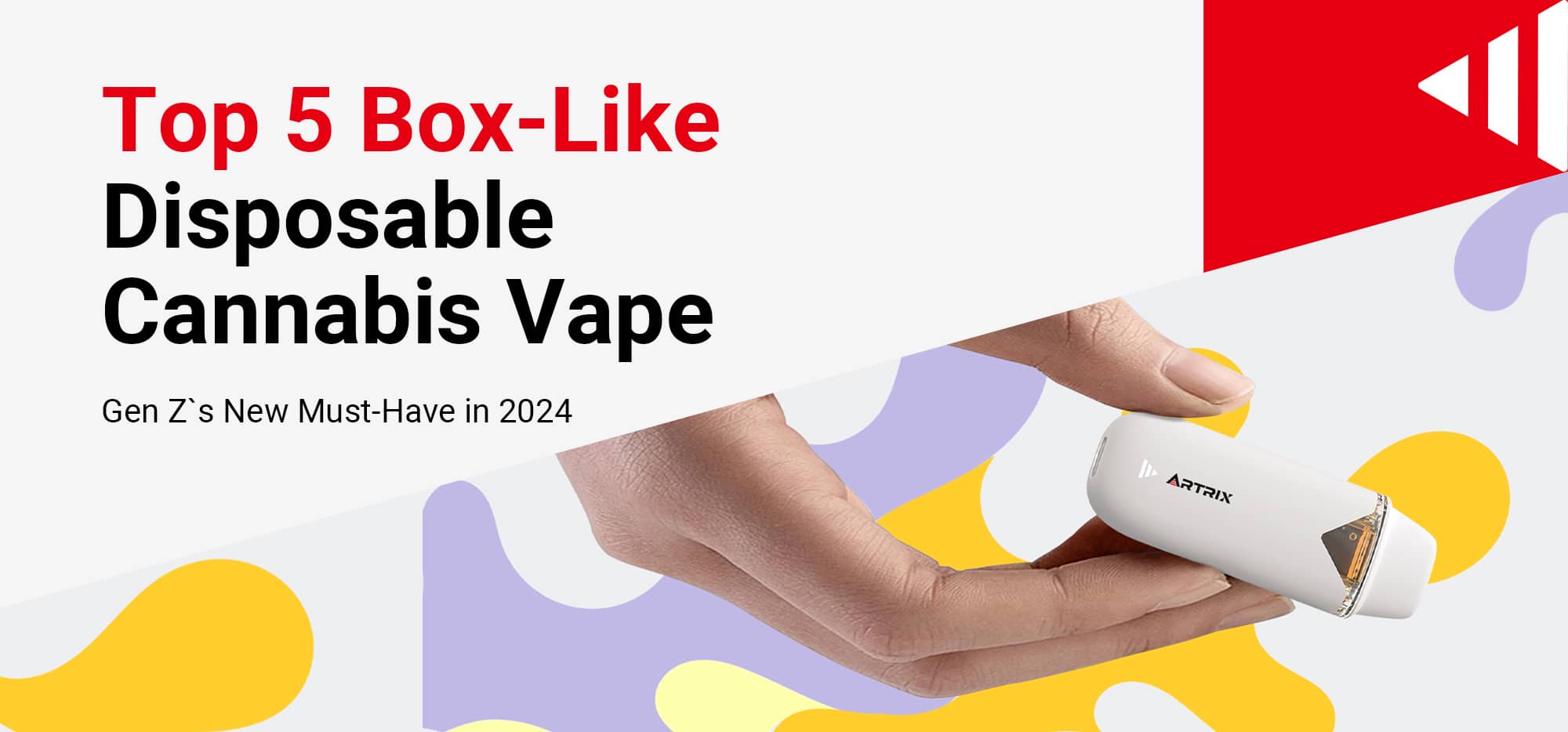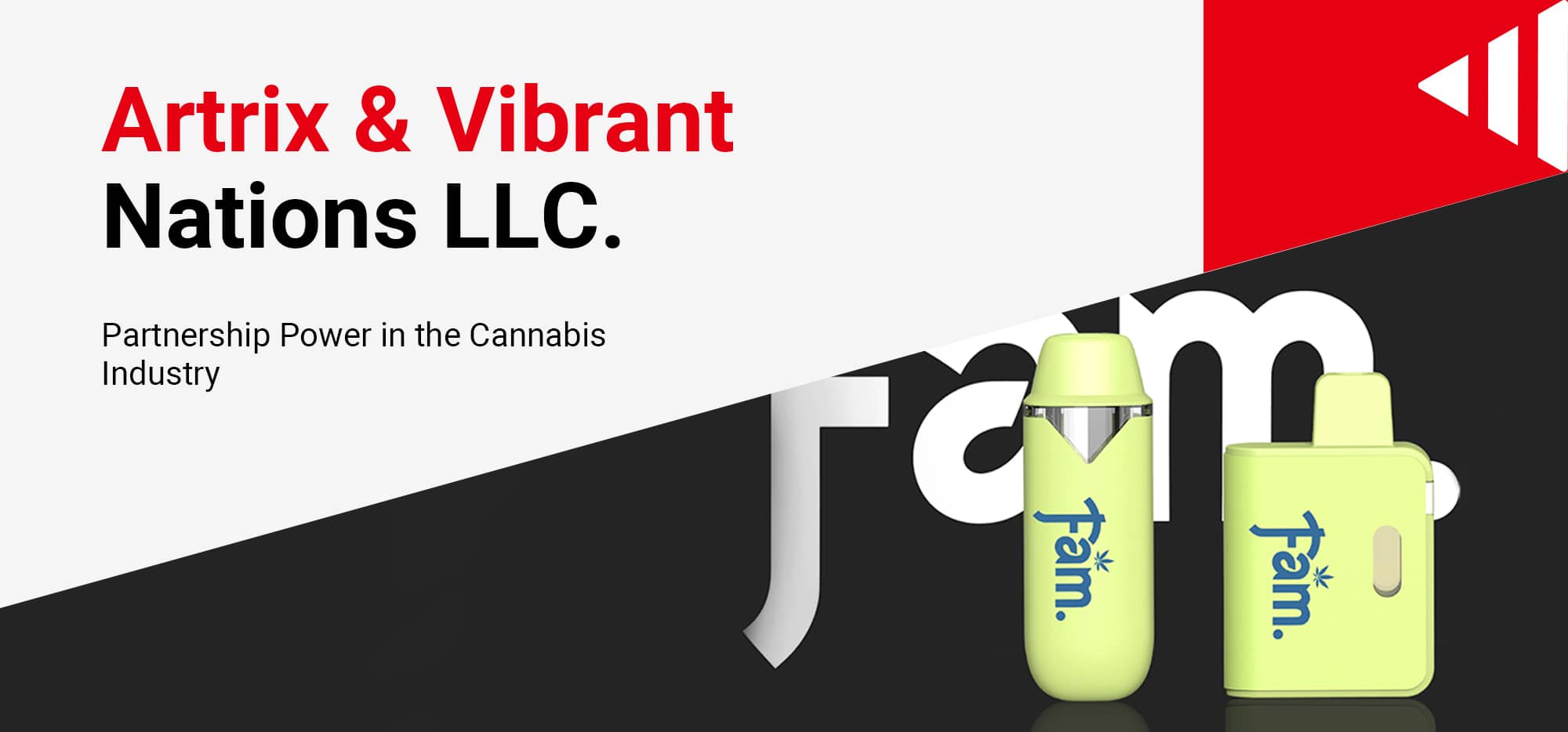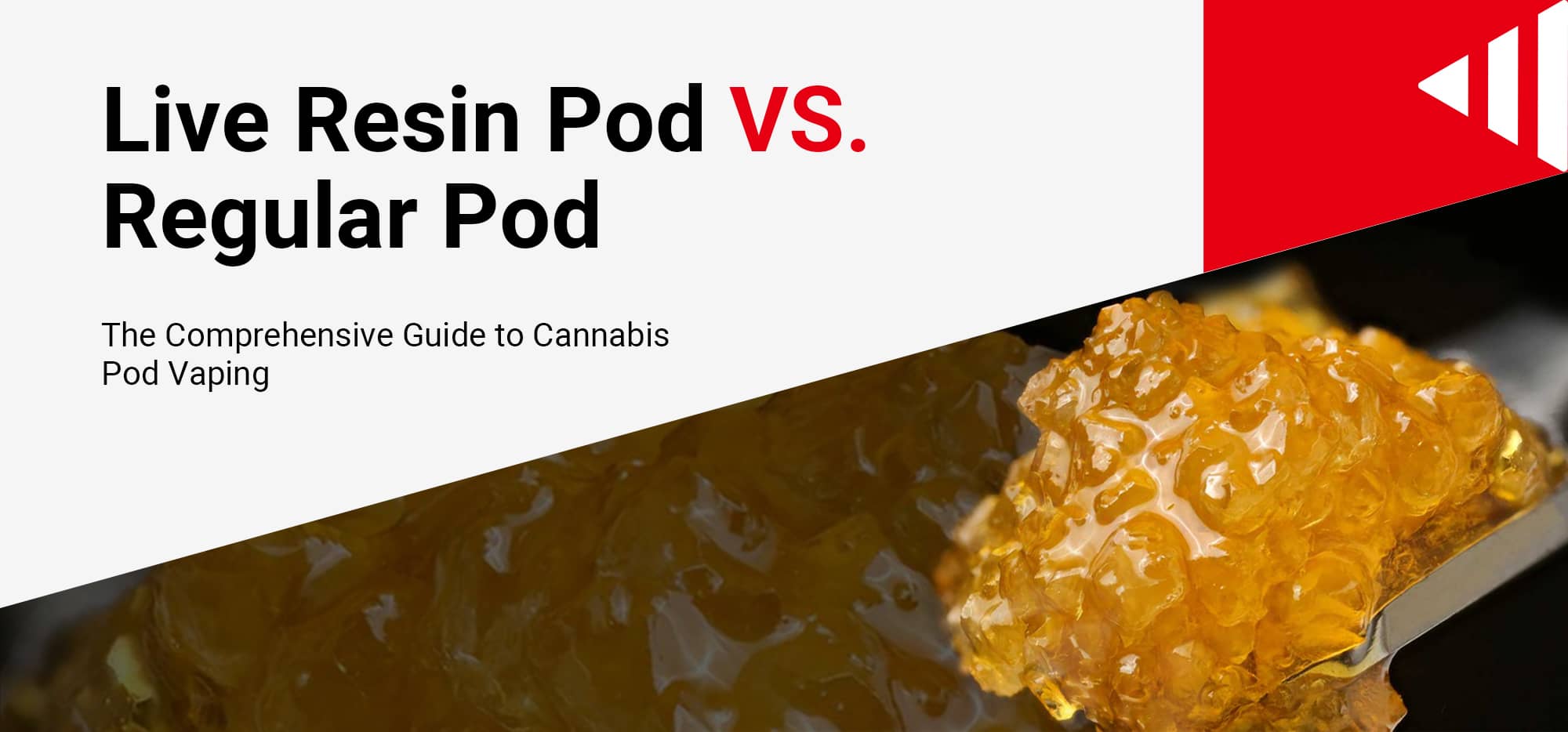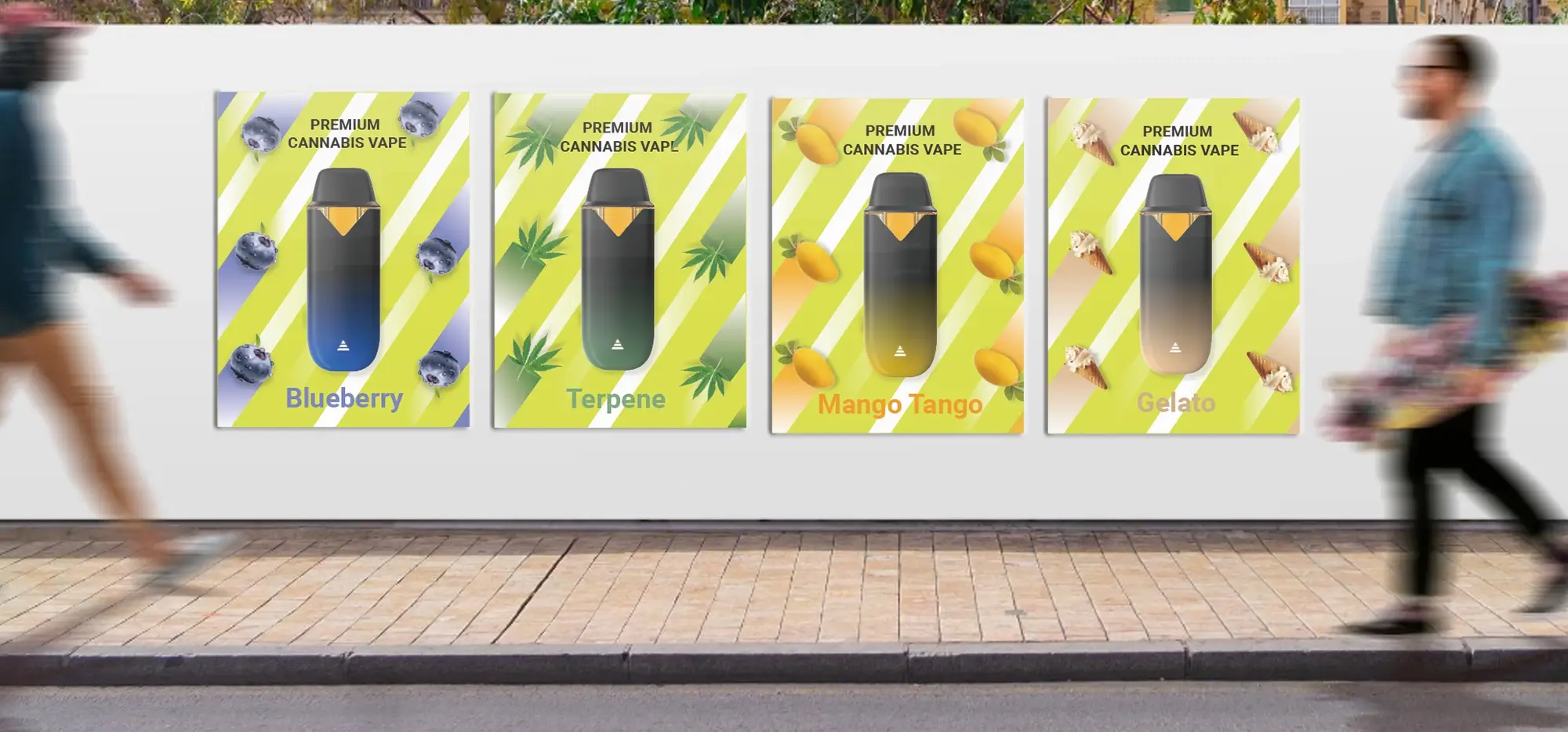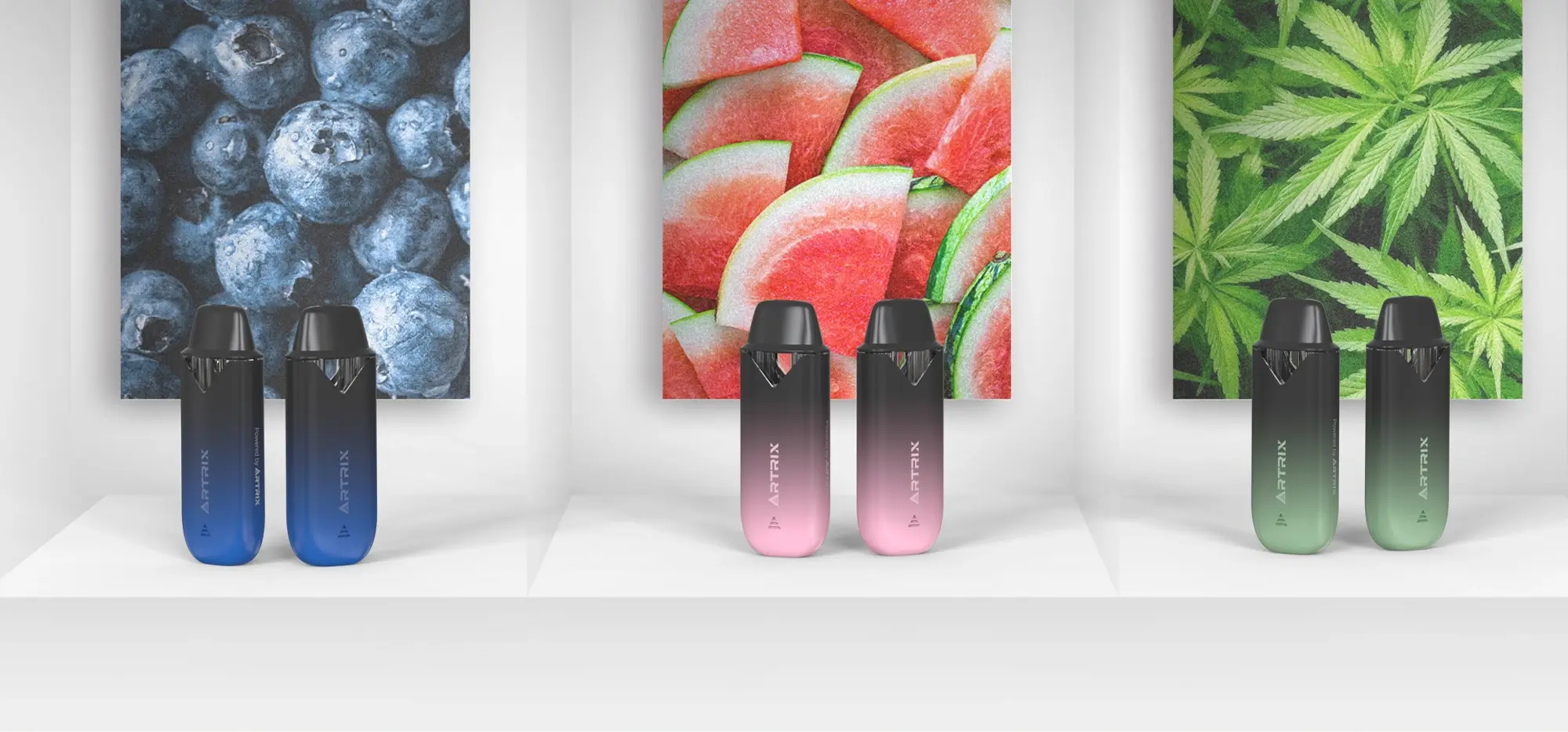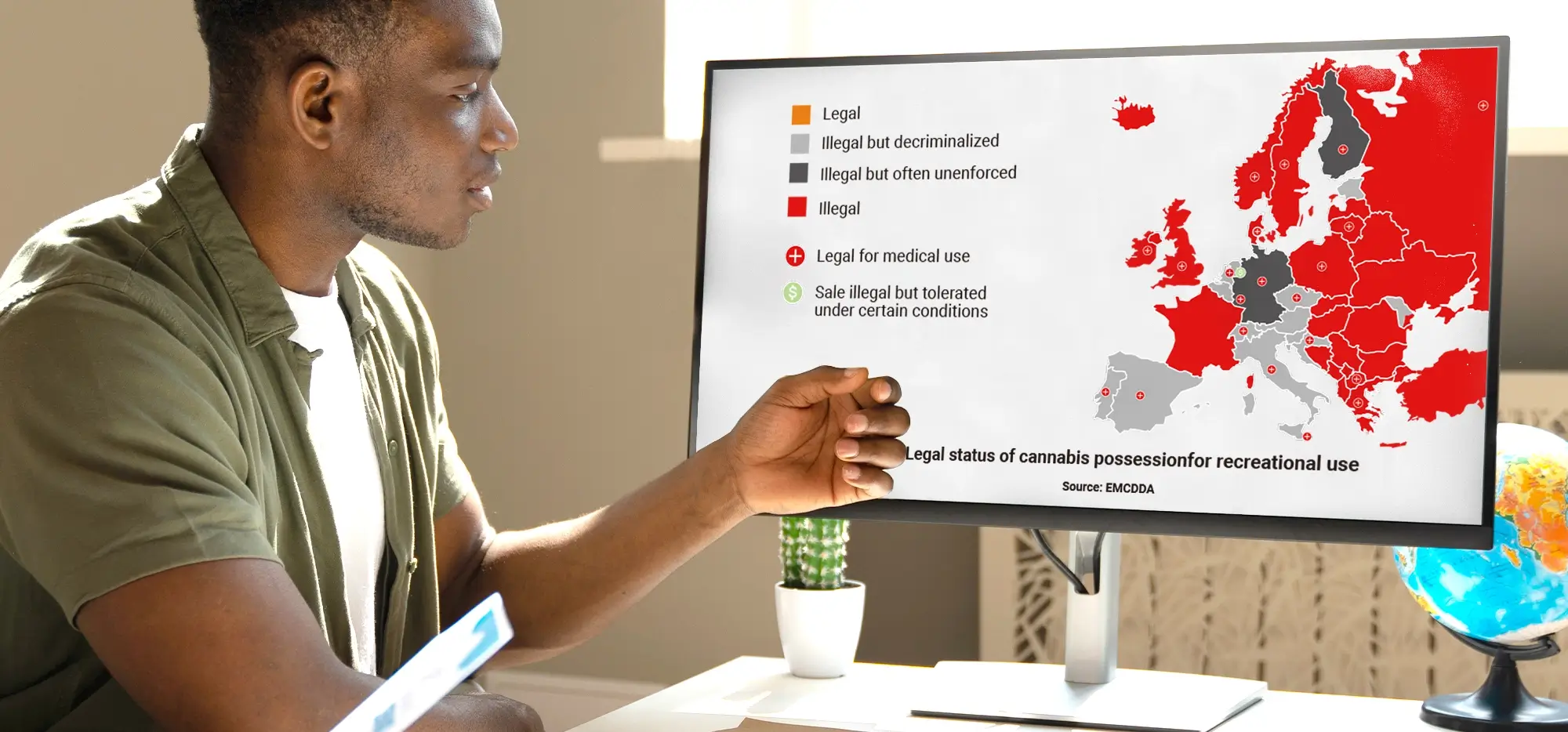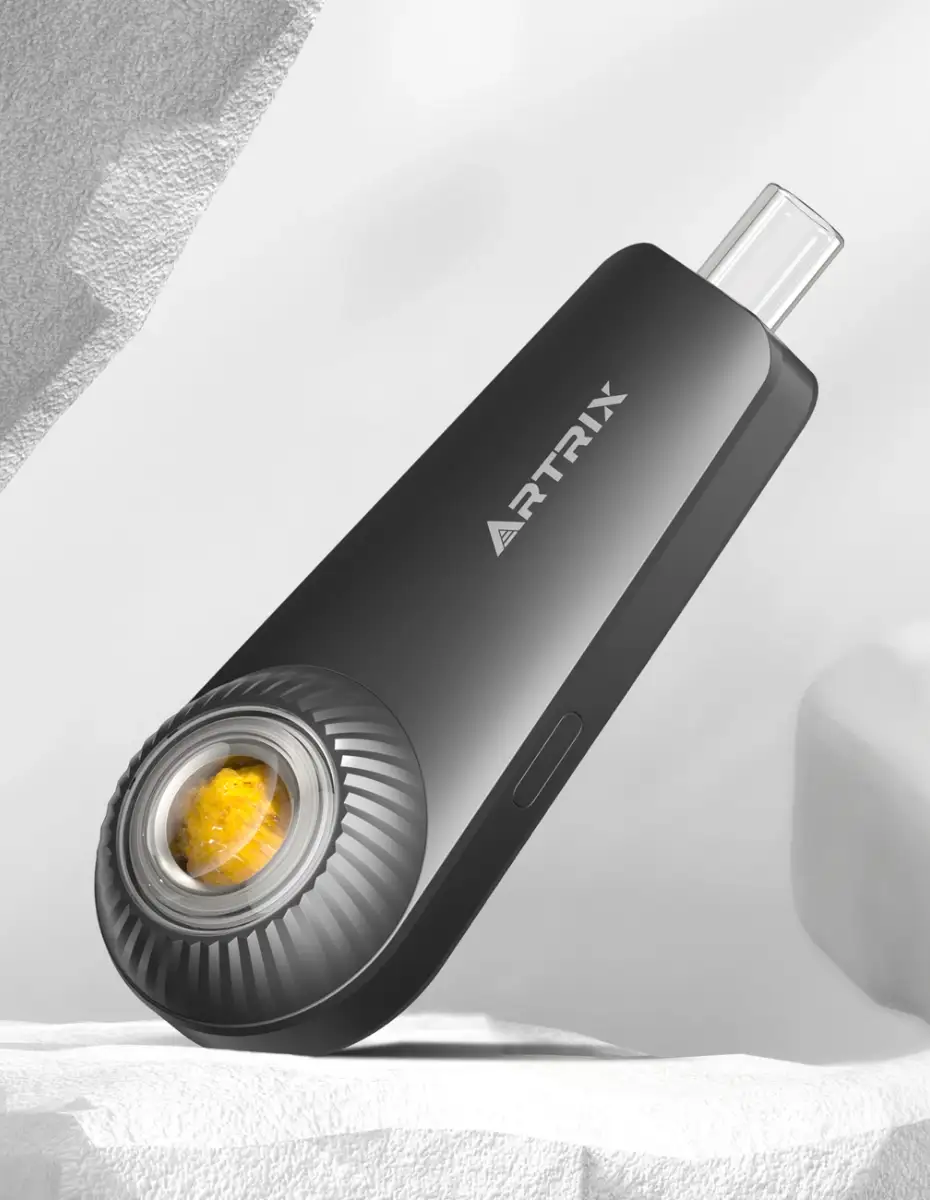THC vs CBD: Understanding the Key Differences
Quick Overview
CBD is a non-intoxicating, federally legal compound that won’t impair your daily activities or typically show up on drug tests, while THC is the psychoactive component that gets you high, remains federally illegal in many places, and will affect your ability to work or drive safely.
| Aspect | CBD (Cannabidiol) | THC (Tetrahydrocannabinol) |
|---|---|---|
| Will it get you high? | No – Non-intoxicating | Yes – Psychoactive |
| Legal status | Federally legal (hemp-derived) | Federally illegal, some states legal |
| Drug tests | Usually won’t show up | Will show up |
| Daytime use | Safe for work/driving | Impairs function |
| Beginner-friendly | Very safe to start | Start very low |
Introduction
As discussions about cannabis continue to grow, two of its most prominent components—CBD and THC—are often at the forefront. With the rise of marijuana legalization, it’s important to grasp the key differences between these two compounds, especially how they interact with the body.
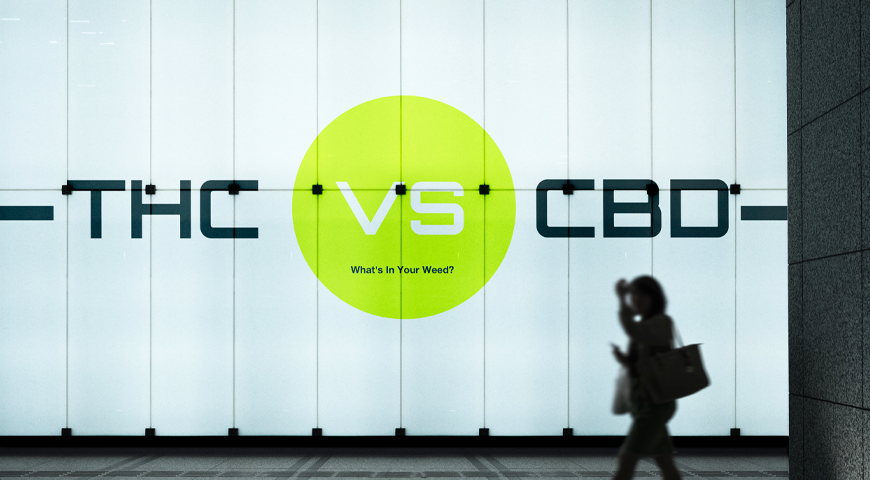
CBD and THC Define
Cannabis plants contain over 100 naturally occurring compounds known as cannabinoids. Each one interacts with the body in its own way, and Two stand out from the crowd: CBD (cannabidiol) and THC (tetrahydrocannabinol). These are the most researched and widely used cannabinoids — and the ones most people are curious about.
CBD (cannabidiol) is like the responsible older sibling. It won’t get you high, but it might help you feel more relaxed and comfortable in your own skin. People often turn to CBD for things like everyday stress, minor aches and pains, or trouble sleeping. It works by interacting with your body’s natural systems to promote balance and calm. It’s legal in most places and you can find it in everything from gummies to face creams.
THC (tetrahydrocannabinol), on the other hand, is the compound that gets you “high” – that euphoric, sometimes giggly feeling that cannabis is famous for. It’s the reason marijuana has been controversial for so long. THC works by directly activating receptors in your brain, which changes how you think, feel, and perceive the world around you. But here’s what many people don’t realize: THC isn’t just about recreational fun. It has legitimate medical uses too, helping people with chronic pain, nausea, and appetite issues.
The Endocannabinoid System Science
Your Body’s Built-In Cannabis System
Here’s something that might blow your mind: your body actually has a built-in system designed to work with cannabis compounds, and it’s called the endocannabinoid system.
Think of your endocannabinoid system like a security system in your house. It’s constantly monitoring different rooms (your organs and tissues) to make sure everything’s running smoothly. When something’s off – maybe you’re stressed, in pain, or can’t sleep – this system tries to bring things back to normal. It’s been quietly doing its job long before anyone ever thought about lighting up a joint.
The really cool part is that your body also makes its own cannabis-like compounds called endocannabinoids., these natural chemicals help maintain balance in your system.
The Lock and Key Mechanism
Your body has special locks called receptors, and cannabis compounds are like keys that can fit into them. The two main types of locks are CB1 and CB2 receptors, and they’re scattered throughout your body like a network of security sensors.
CB1 receptors hang out mostly in your brain and nervous system. They’re like the control center’s main panel, affecting things like mood, memory, appetite, and pain perception. This is where THC loves to park itself, which explains why it affects your head so much – making you feel high, giggly, or sometimes anxious.
CB2 receptors, on the other hand, are more like the security guards patrolling the rest of your body. They’re found mainly in your immune system, organs, and tissues. They’re more concerned with inflammation, immune responses, and overall body maintenance.
CBD vs THC Head-to-Head
What You’ll Actually Feel
Let’s address the elephant in the room: will it get you high? This is probably the first question on everyone’s mind, and the answer isn’t as simple as yes or no.
THC is the compound that’ll send you to cloud nine. You might feel:
- Euphoric and giggly
- Deeply relaxed or “melted” into your couch
- Like you’re seeing the world through rose-colored glasses (colors brighter, food tastier)
- Time moving slower than usual
- Fascinated by simple things
- More creative or introspective
CBD, on the other hand, won’t make you feel high, buzzed, or altered in any obvious way. You might notice:
- Feeling more balanced and centered
- Less anxious about everyday situations
- Easier time falling asleep or staying calm
- Rduced physical discomfort
Which One Fits Your Lifestyle?
Choosing between CBD and THC isn’t like picking a favorite child – you can actually use both, just at different times and for different reasons.
THC might be your go-to when you want to unwind after a long week, dive into a creative project, or manage chronic pain that needs serious attention. It’s also great for social situations where you want to feel more relaxed and open.
CBD fits into almost any lifestyle because it won’t interfere with your daily routine. You can take it before a big presentation, during a stressful day, or right before bed without worrying about impairment. It’s like having a personal assistant for your stress levels.
The bottom line? THC is for when you want to feel different, and CBD is for when you want to feel like yourself, just better.
Legal Landscape
Welcome to one of the most confusing aspects of cannabis – the legal patchwork that makes a jigsaw puzzle look simple. At the federal level, cannabis is still classified as a Schedule I controlled substance, putting it in the same category as heroin. But here’s where it gets tricky: individual states have been going their own way, creating a situation where something can be perfectly legal in your state but technically illegal under federal law.
Playing It Safe in Your State
Some states have full recreational legalization, meaning adults can buy, possess, and use cannabis like alcohol. Others only allow medical use with a doctor’s recommendation. Some states have decriminalized possession (meaning it’s like a traffic ticket instead of a criminal charge), while others still treat any cannabis possession as a serious offense.
Even in legal states, there are rules about where you can use cannabis, how much you can possess, and where you can buy it. Many states prohibit public consumption, driving under the influence, and crossing state lines with cannabis products.
Your best bet? Check your state’s specific laws before you buy or use anything. When in doubt, consult local dispensaries or legal professionals who know the ins and outs of your area’s regulations.
Health Benefits: Separating Fact from Fiction
CBD’s Benefits
CBD offers a range of potential benefits that make it a versatile option for managing everyday wellness — from easing anxiety and improving sleep to supporting long-term pain relief.
🧠 CBD for Anxiety
- Reduce anxiety in social situations and general anxiety disorders
- Not a cure-all, but promising for everyday stress and nervousness
😴 CBD for Sleep
- May improve sleep quality and help you fall asleep more easily
- Works best by easing anxiety or pain that interferes with sleep
💢 CBD for Pain
- Helps with chronic issues like inflammatory or neuropathic pain
- Not ideal for quick relief (e.g., headaches or injuries)
THC’s Medical Toolkit
THC has been the medical marijuana workhorse for years, and for good reason. It’s got some pretty impressive credentials in specific areas.
💢 THC for Chronic Pain
- Especially effective for neuropathic pain (nerve-related)
- Often used in chronic pain management
😴 THC for Sleep
- Can help you fall asleep faster
- May reduce REM sleep, leading to next-day grogginess
🧠 THC for Other Conditions
- Shows promise for muscle spasticity (e.g., multiple sclerosis)
- May help with certain mental health issues, but results vary
Practical Stuff: How to Use Them
All Roads Lead to Rome: Different Ways to Consume
Each method has its own personality, and choosing the right one can make all the difference in your experience.
Oils and tinctures are like the Swiss Army knife of cannabis products. You drop them under your tongue, hold for 30-60 seconds, then swallow. They’re discreet, easy to dose, and give you pretty good control over how much you’re taking.
- Onset: 15–45 minutes
- Duration: 2–4 hours
- Best for: A balanced effect — faster than edibles, longer-lasting than inhalation.
Edibles (gummies, chocolates, beverages) are the slow and steady option. They take longer to kick in, but the effects last longer too.
- Onset: 30 minutes to 2 hours
- Duration: 4–8 hours
- Best for: Long-lasting relief, especially for sleep or chronic pain.
Vaping device is the Formula 1 cars of consumption – fast onset, but shorter duration. You’ll feel effects within minutes, making it easier to control your experience.
- Onset: 2–10 minutes
- Duration: 1–3 hours
- Best for: Quick relief from anxiety, pain, or stress.
Topicals (creams, balms, lotions) are for when you want targeted relief without any head effects. They’re perfect for sore muscles or skin issues.
- Onset: 15–45 minutes
- Duration: 2–4 hours
- Best for: Localized pain or inflammation — joints, muscles, skin.
Start Low, Go Slow: Dosing for Beginners
If there’s one piece of advice that could save you from a bad experience, it’s this: start low and go slow. Cannabis isn’t a race, and there are no prizes for taking the most.
For CBD, most beginners do well starting with 5-10mg per day. You can gradually increase by 5mg every few days until you find your sweet spot. Some people need 25mg, others need 100mg – it’s very individual.
For THC, especially if you’re new to cannabis, start with 2.5mg or less. Seriously, that tiny amount might be all you need. You can always take more next time, but you can’t untake what you’ve already consumed.
The goal isn’t to get as high as possible – it’s to find the minimum effective dose that gives you the benefits you’re looking for.
The Power of Partnership: When CBD and THC Team Up
Two Heads Are Better Than One: The Entourage Effect
Many people find that combining CBD and THC gives them benefits they can’t get from either compound alone. Scientists have discovered something called the “entourage effect,” which is basically the idea that cannabis compounds work better together than they do flying solo.
The entourage effect suggests that CBD can actually mellow out some of THC’s more intense effects. CBD acts like that friend who keeps you grounded at a party – it doesn’t stop the fun, but it prevents you from going completely off the rails. Many people find that products containing both compounds give them the benefits of THC (pain relief, appetite stimulation, mood enhancement) without as much anxiety or paranoia.
But it’s not just about CBD and THC. The entourage effect includes other cannabinoids, terpenes (the compounds that give cannabis its smell), and flavonoids all working together.This is why many medical cannabis patients prefer full-spectrum products over isolates.
CBD:THC Ratios Explained
Just like cooking, the ratio of ingredients matters a lot. Different CBD:THC ratios create entirely different experiences, and finding your personal sweet spot can be a game-changer.
High CBD, Low THC (20:1 to 8:1 ratios) : You get some of the benefits of THC without much psychoactive effect. These ratios are popular for daytime use, anxiety management, and people who want therapeutic benefits without impairment. You might feel slightly more relaxed, but you won’t be obviously “high.”
Balanced ratios (4:1 to 1:1) : Many people find 1:1 ratios give them good pain relief and relaxation while keeping the psychoactive effects manageable. It’s a sweet spot for evening use or when you want noticeable effects without going overboard.
High THC, Low CBD (1:2 to 1:8 ratios) : These products will definitely get you high, but the CBD provides some balance and can reduce anxiety or paranoia that sometimes comes with high-THC products.
The beauty of ratios is that they’re predictable. Once you find a ratio that works for you, you can try different products with the same ratio and expect similar effects.
Playing It Safe: Side Effects and Precautions
When Things Go South: Common Side Effects
Nobody likes to be the bearer of bad news, but let’s talk about what can happen when cannabis doesn’t agree with you. Like any substance that affects your body, both CBD and THC can have side effects – some mild, some not so pleasant.
THC’s potential troublemakers tend to be more noticeable since it’s psychoactive. The most common complaints include dry mouth (often called “cottonmouth”), red eyes, increased heart rate, and coordination problems. These are usually temporary and fade as the effects wear off.
More concerning are the psychological side effects some people experience with THC. Anxiety and paranoia can turn a relaxing evening into a white-knuckle experience. Some folks get stuck in negative thought loops or become convinced that everyone knows they’re high. Time distortion can also be unsettling – minutes can feel like hours, which isn’t fun when you’re already anxious.
CBD is generally the easier-going cousin, but it’s not completely side-effect free. The most common issues are mild and include drowsiness, dry mouth, reduced appetite, and occasional diarrhea. Some people also report feeling a bit lightheaded, especially when first starting out or taking larger doses.
The good news? Most side effects are dose-dependent, meaning if you’re experiencing problems, taking less often solves them.
Red Flags and When to Pump the Brakes
While most cannabis side effects are uncomfortable rather than dangerous, there are some red flags that mean it’s time to call it quits, at least temporarily.
For THC, the biggest warning signs include severe anxiety or panic attacks, especially if they persist after the high wears off. If you find yourself having paranoid thoughts that seem real even when you’re sober, that’s a sign THC might not be your friend. Some people also experience depressive episodes after THC use – while rare, it’s worth paying attention to your mood patterns.
Memory problems beyond the typical “cannabis fog” are another concern. If you’re having trouble forming new memories or experiencing significant cognitive impairment that affects your daily life, it’s time to reassess.
For CBD, the red flags are less dramatic but still important. Persistent fatigue that interferes with your daily activities, ongoing digestive issues, or any unusual changes in mood should get your attention. If you’re taking CBD for anxiety but finding yourself more anxious overall, that’s counterproductive.
Universal warning signs include allergic reactions (rash, swelling, difficulty breathing), severe dizziness, or any symptoms that worsen over time rather than improving. Trust your gut – if something feels seriously wrong, it probably is.
If you’re experiencing any of these issues, take a break and consider talking to a healthcare provider who’s knowledgeable about cannabis.
Looking Ahead: What’s Next for Cannabis
While everyone’s been focused on CBD and THC, scientists have been busy discovering their lesser-known cousins. Meet the new cannabinoids on the block:
CBG is being called the “mother of all cannabinoids” because other cannabinoids start as CBG before transforming into CBD, THC, and others. Early research suggests it might be particularly good for focus and energy – think of it as cannabis’s answer to coffee, but without the jitters.
CBN is the sleepy cousin that forms when THC ages and breaks down. It’s showing promise as a sleep aid, and unlike THC, it doesn’t seem to get you high. Many companies are already developing CBN products specifically for insomnia.
Delta-8 THC has been making waves as “THC lite” – it provides a milder, more clear-headed high than regular Delta-9 THC. It’s like having a beer instead of a shot of whiskey – same family, different intensity.
Conclusion
If you’re interested in trying cannabis, start by figuring out what you’re hoping to achieve. Are you looking for help with sleep? Stress management? Pain relief? Having a clear goal will help you choose the right products and approach. Start with one product at a time, keep notes on how it affects you, and be patient with the process. With the knowledge you’ve gained here and a cautious, thoughtful approach, you’re well-equipped to make informed decisions about whether and how cannabis might fit into your life.
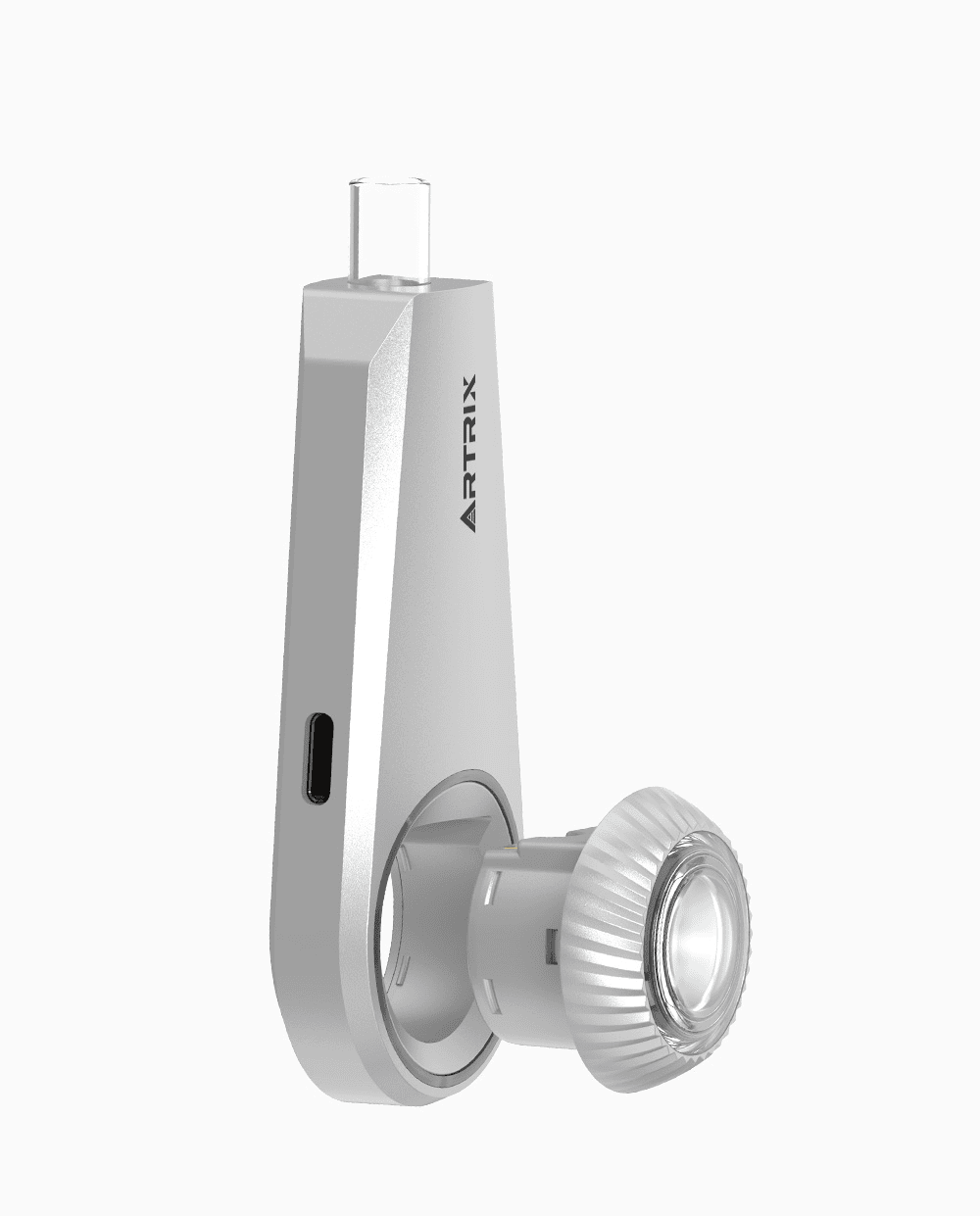
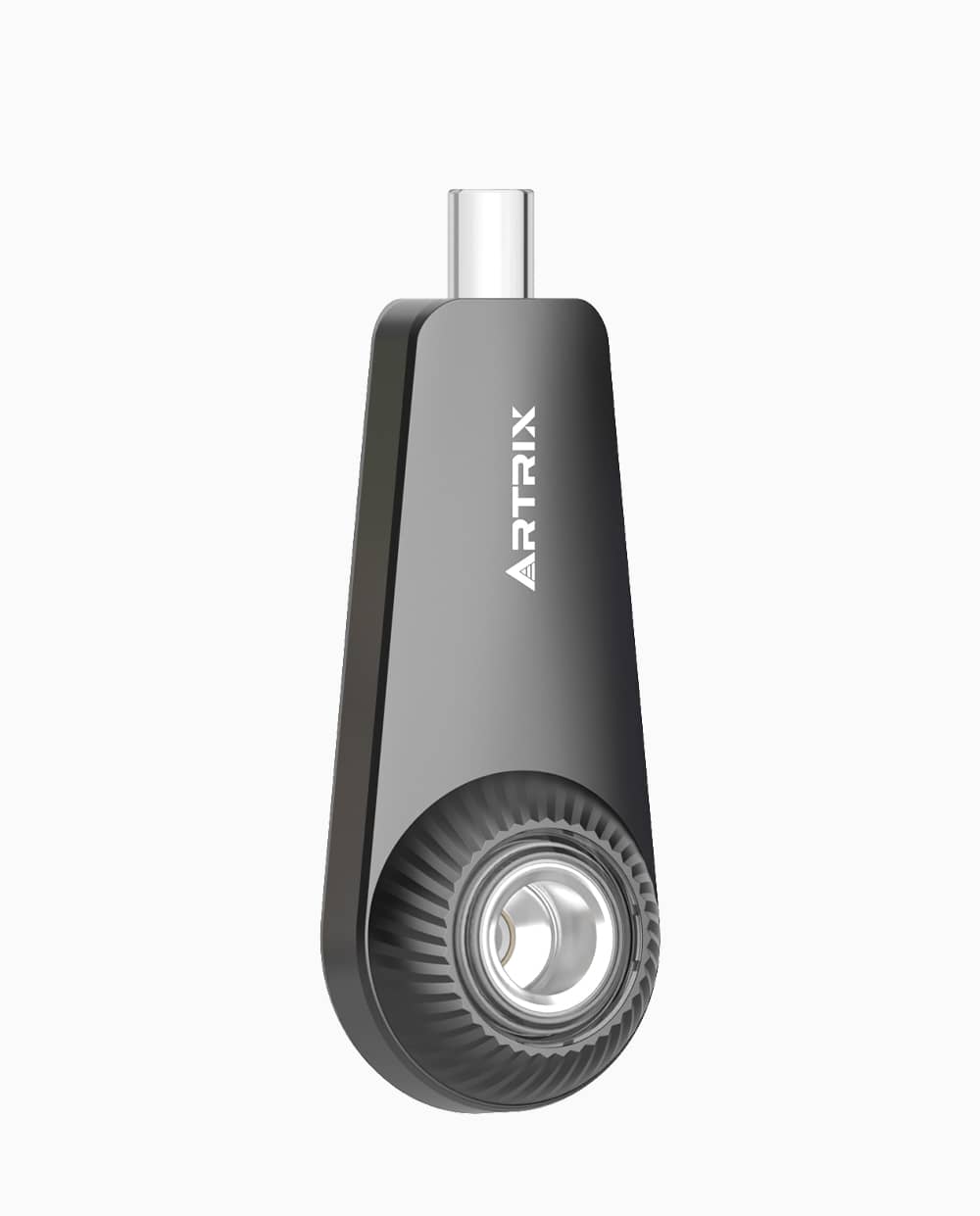
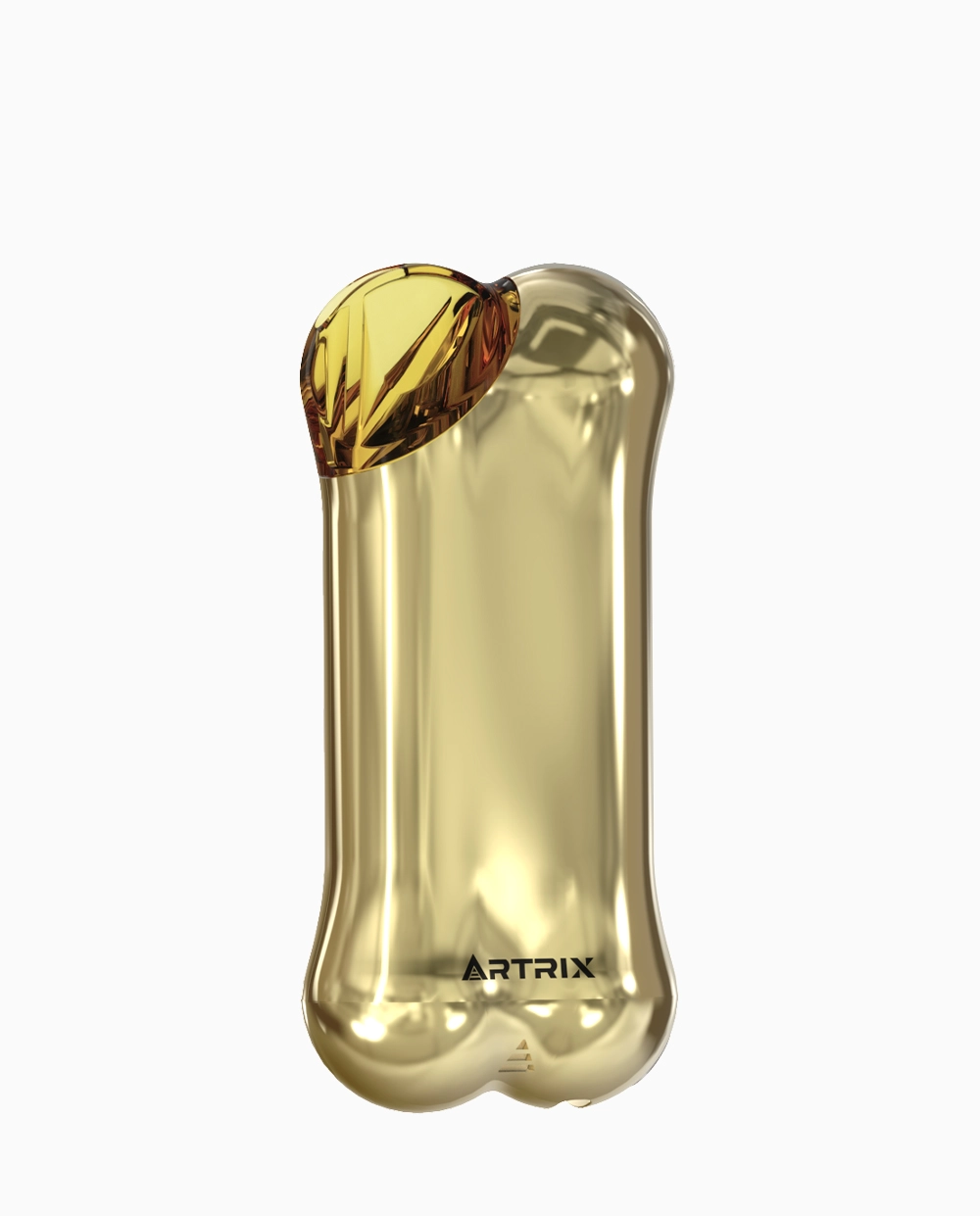
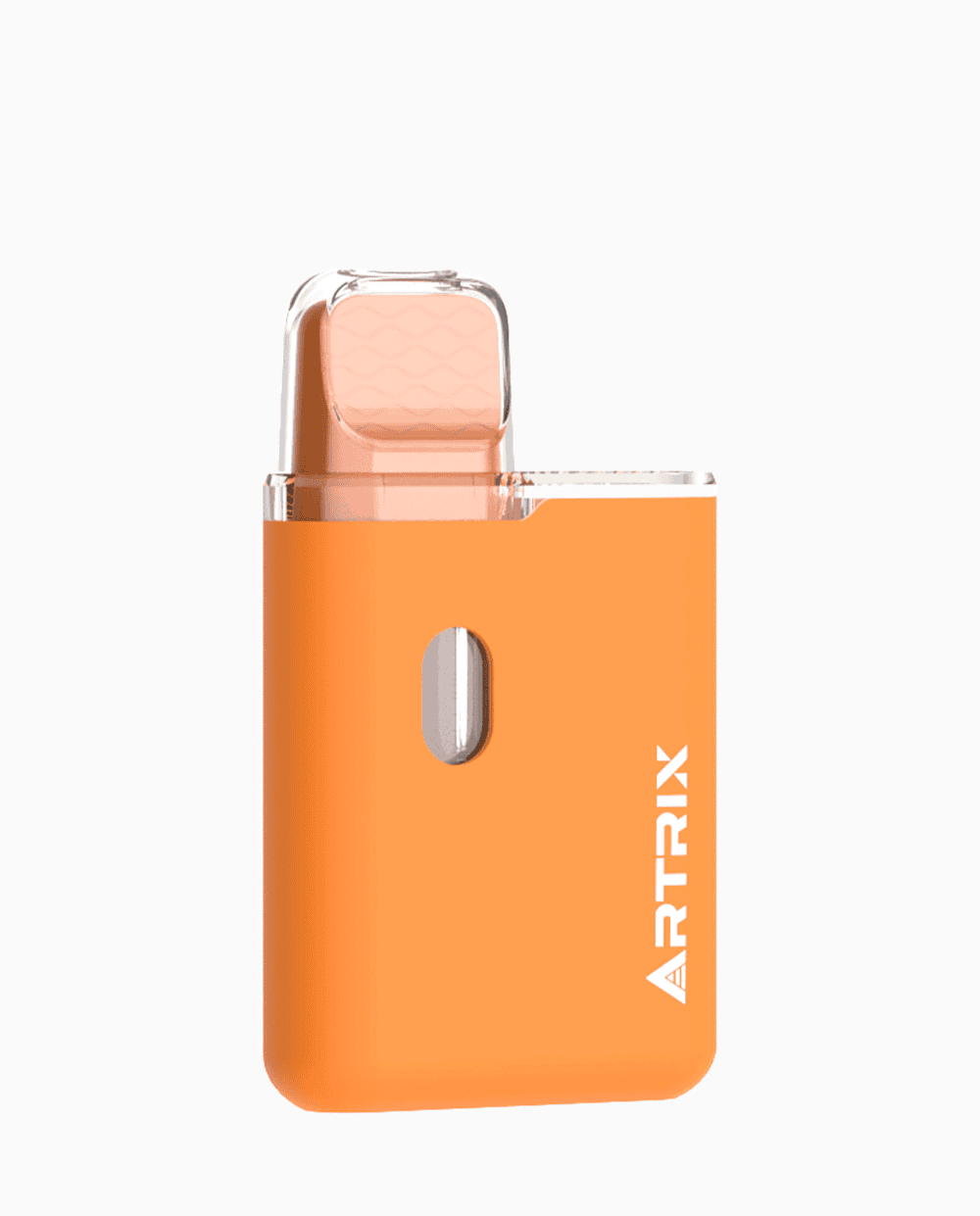
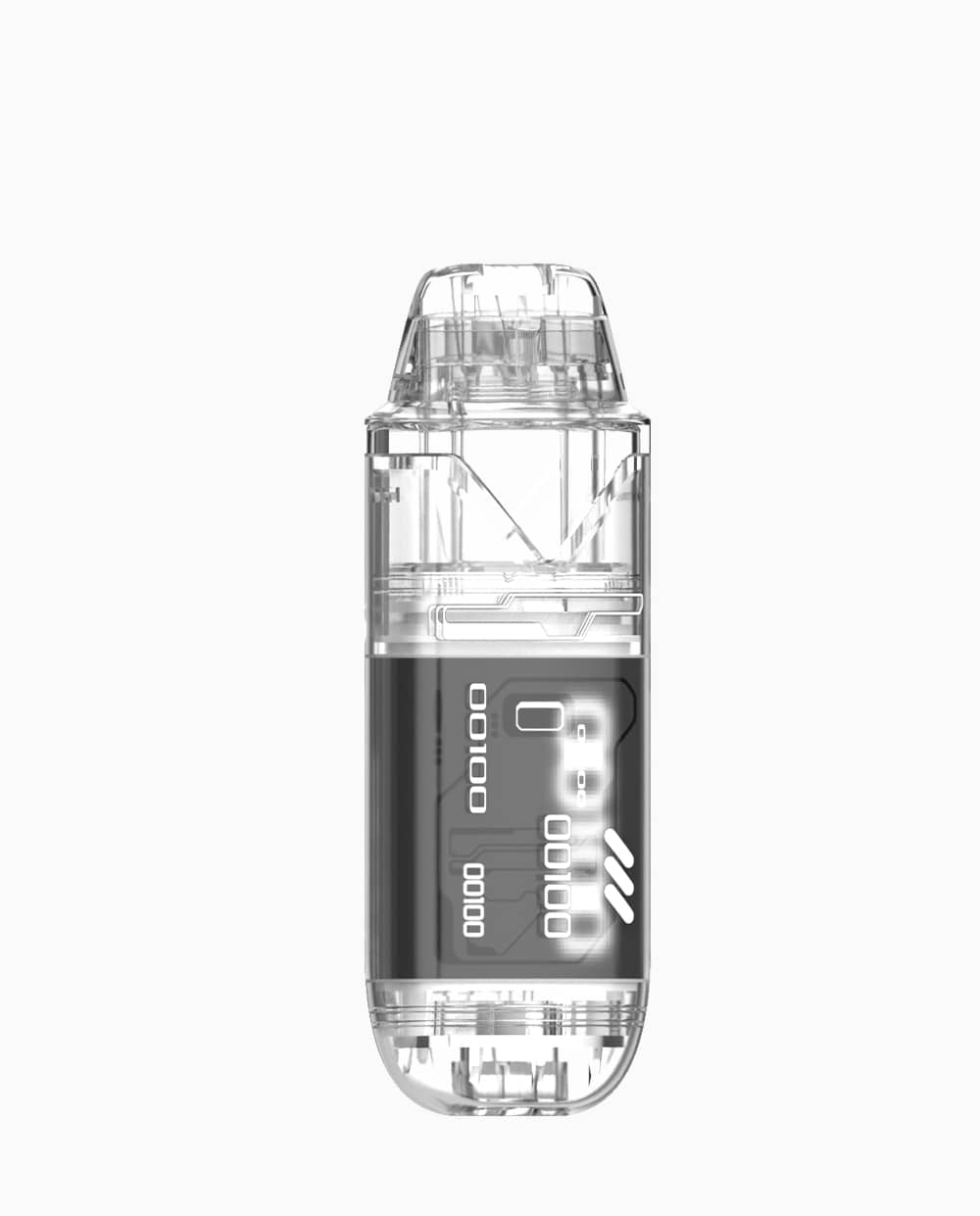
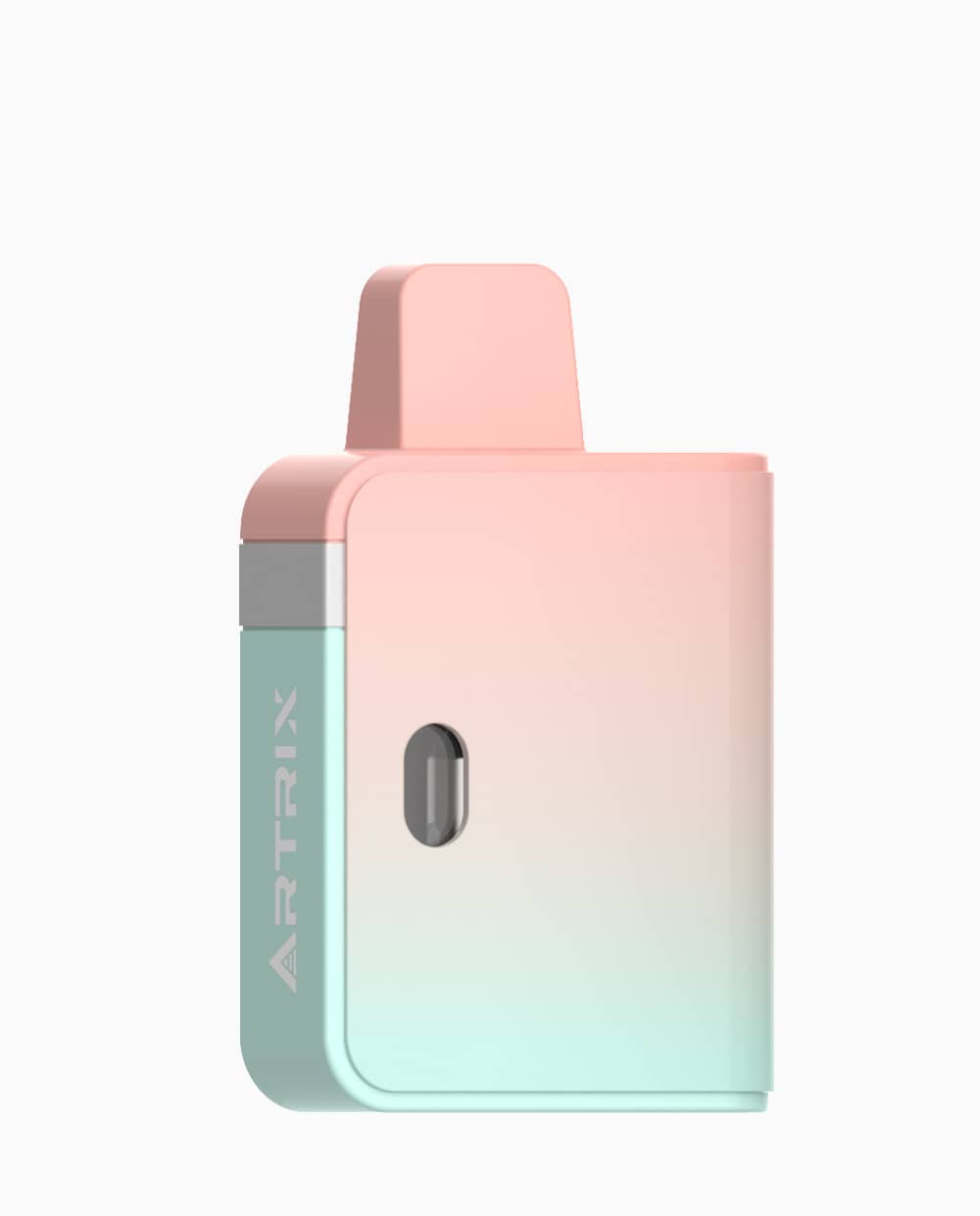
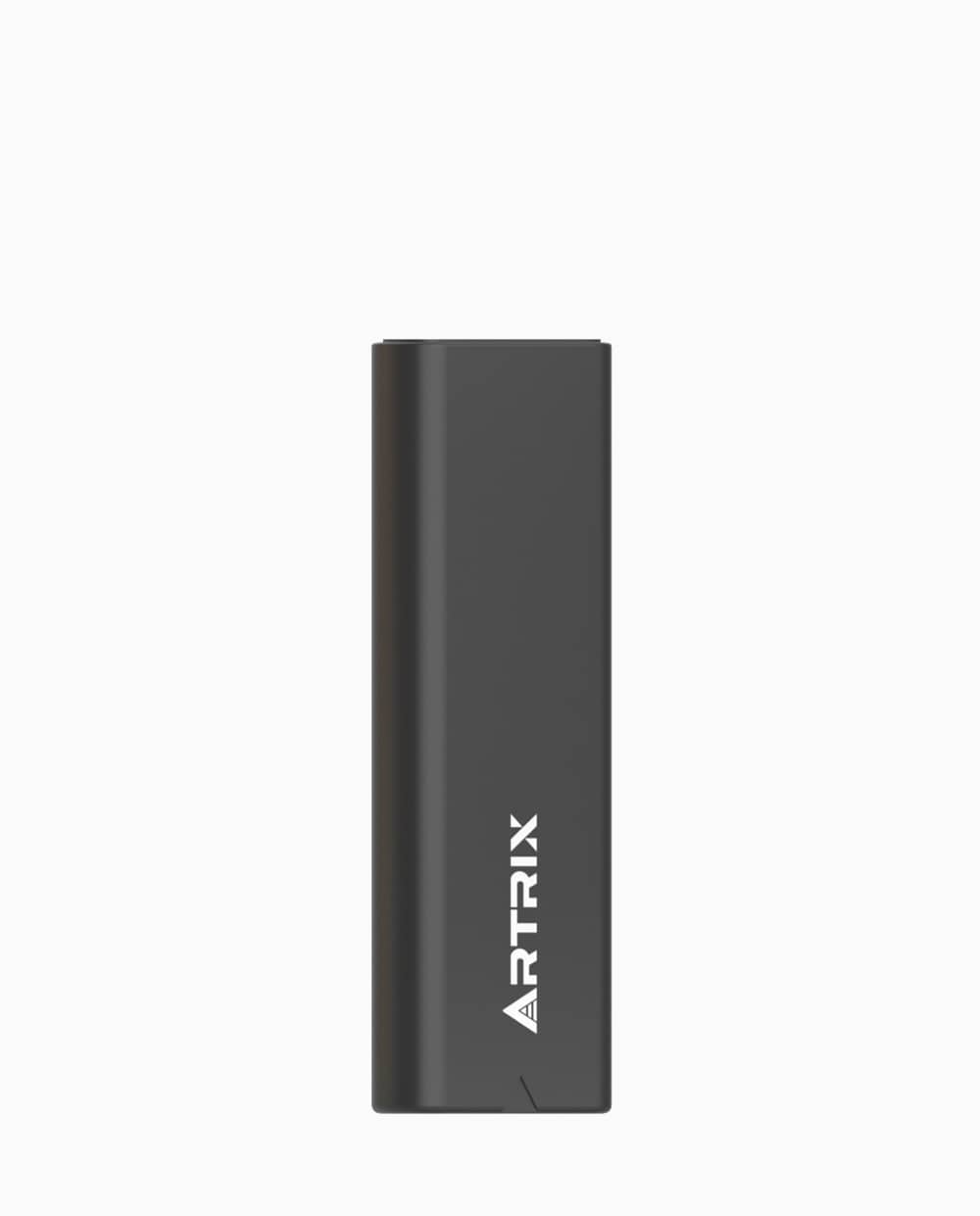
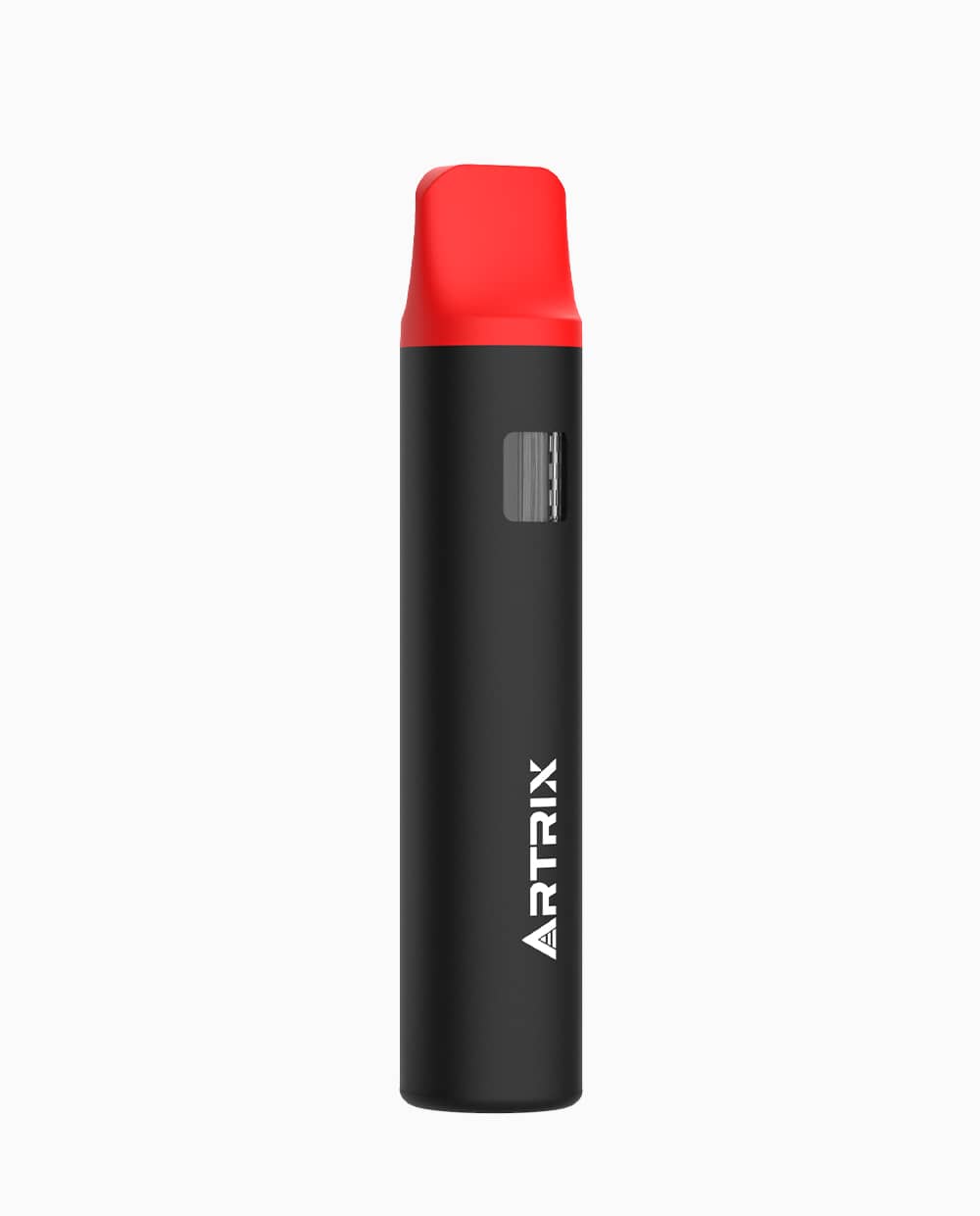
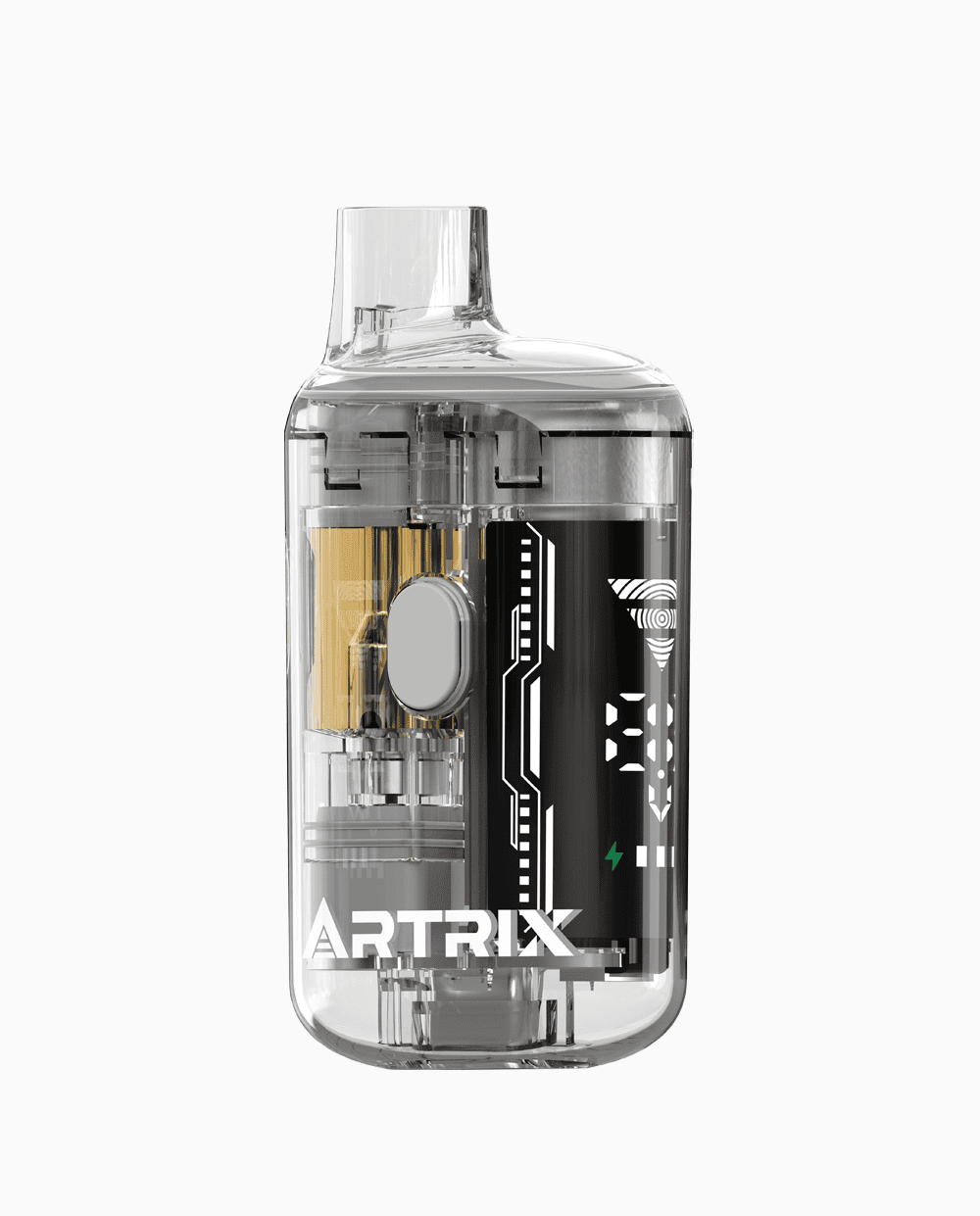
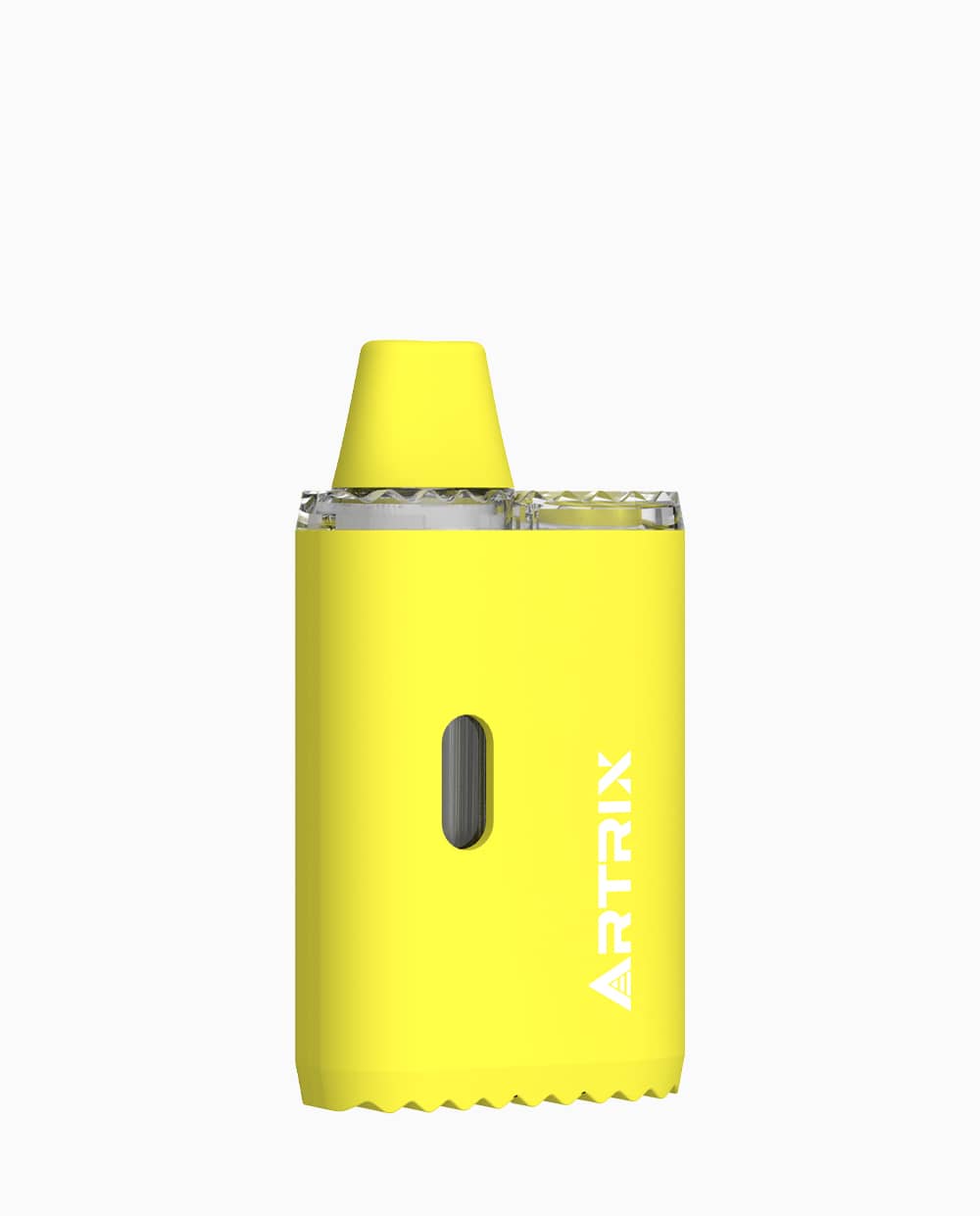
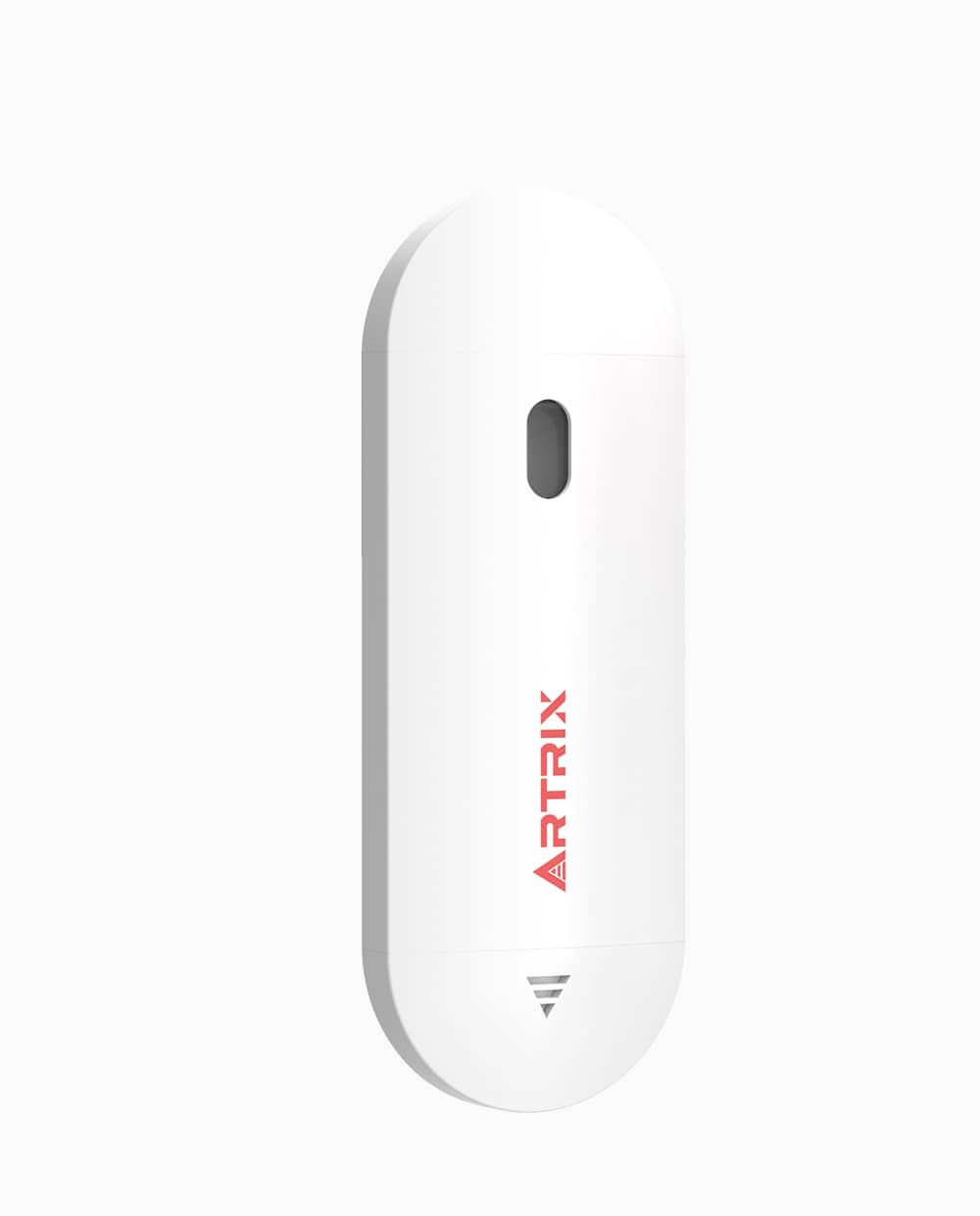
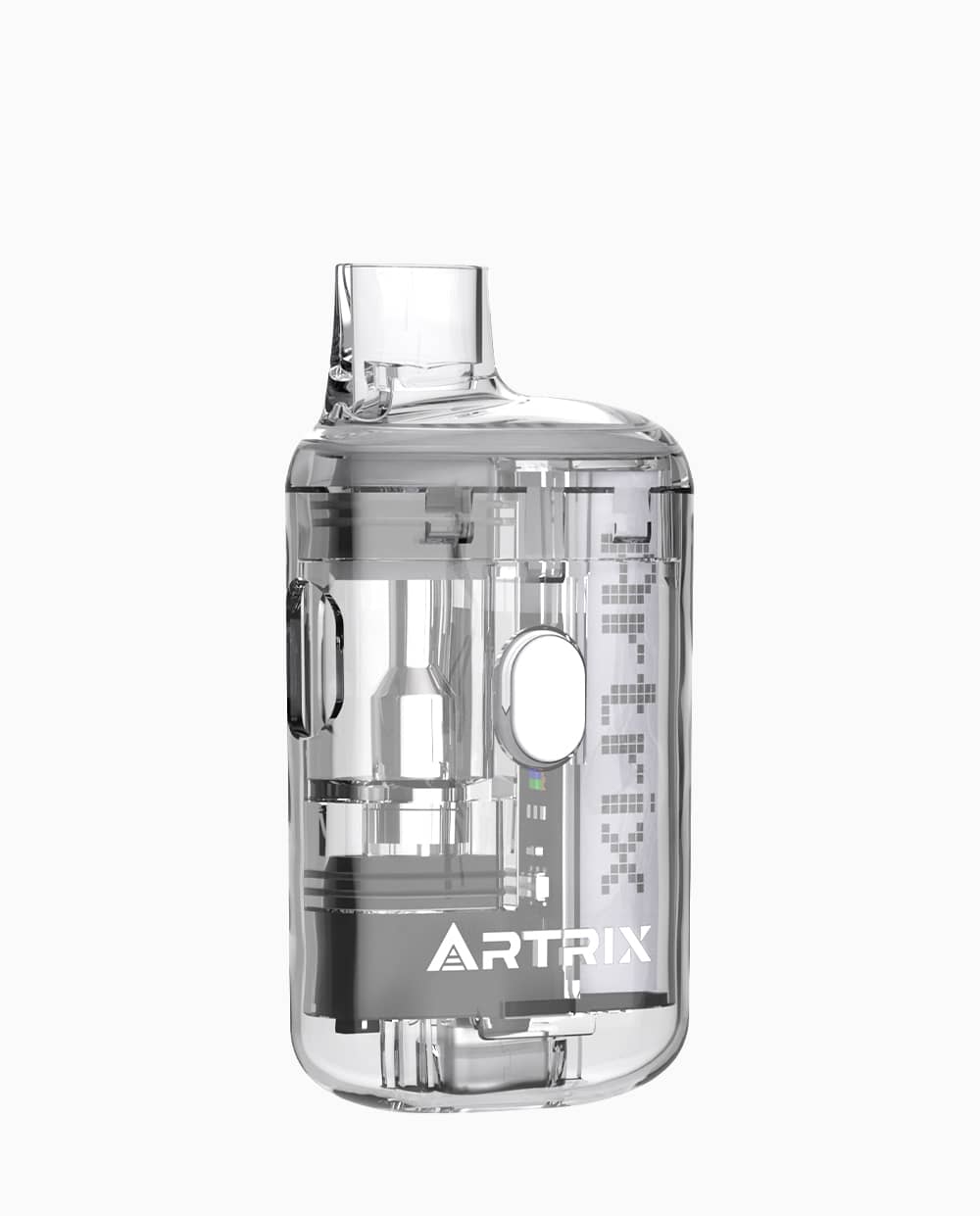
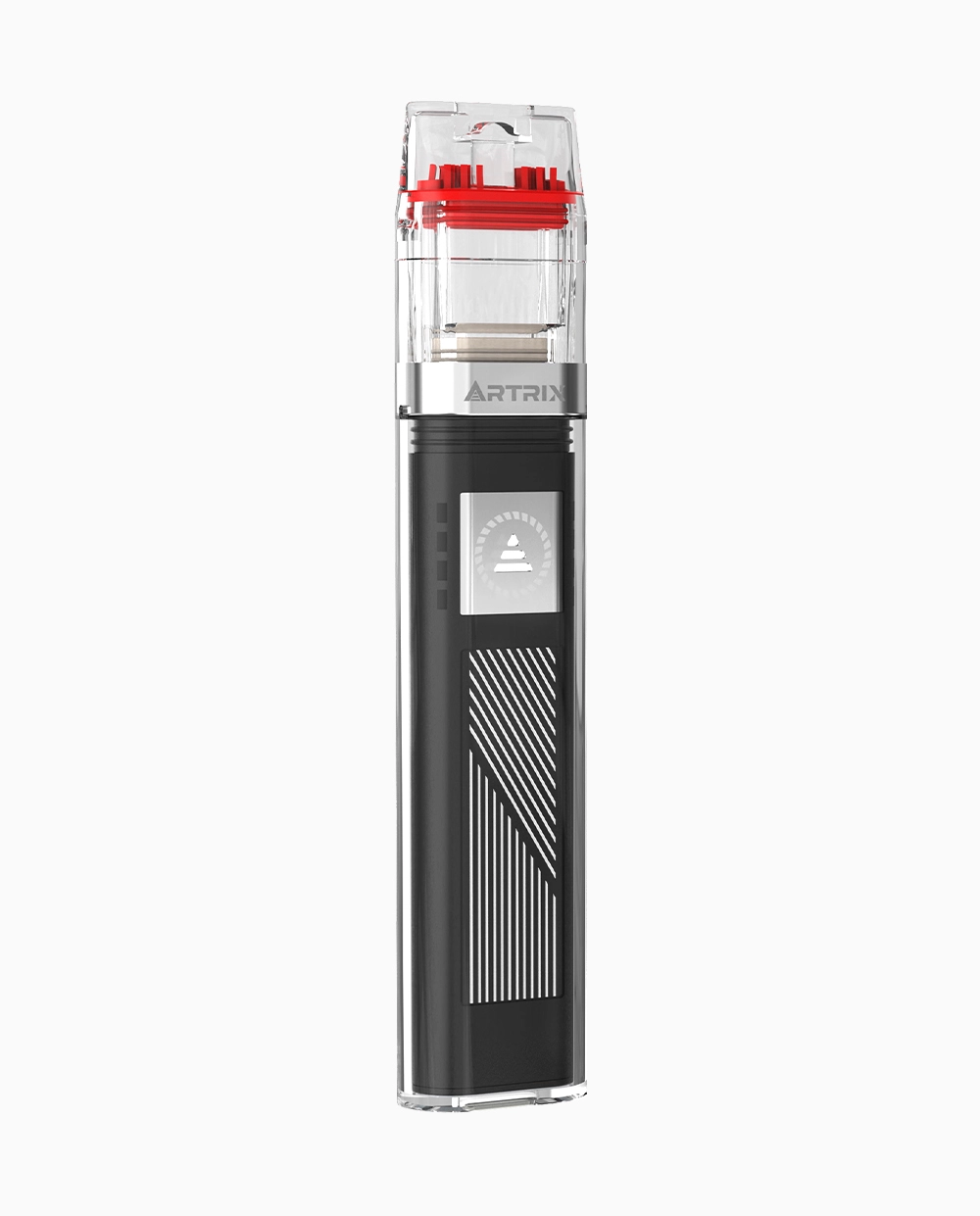
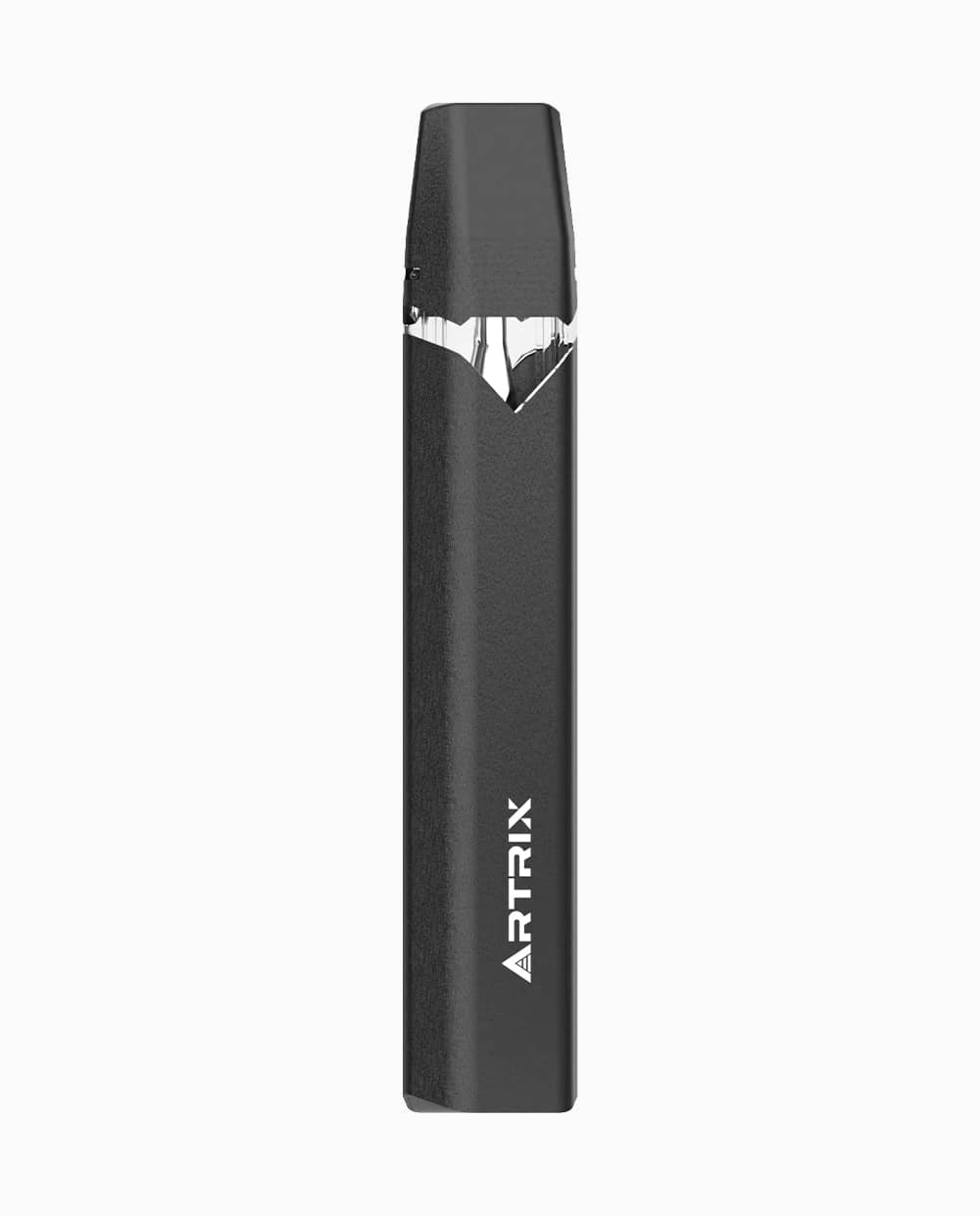
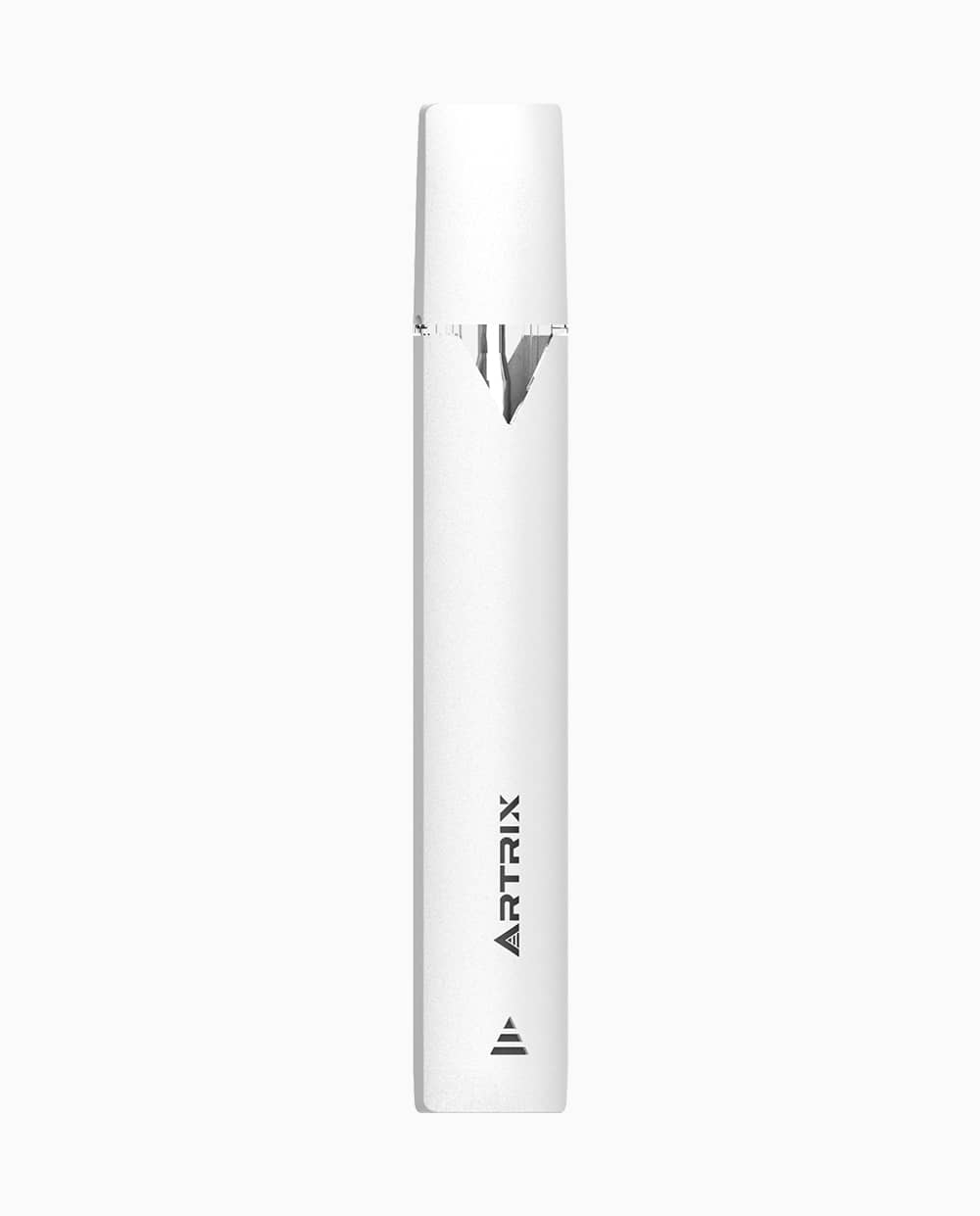
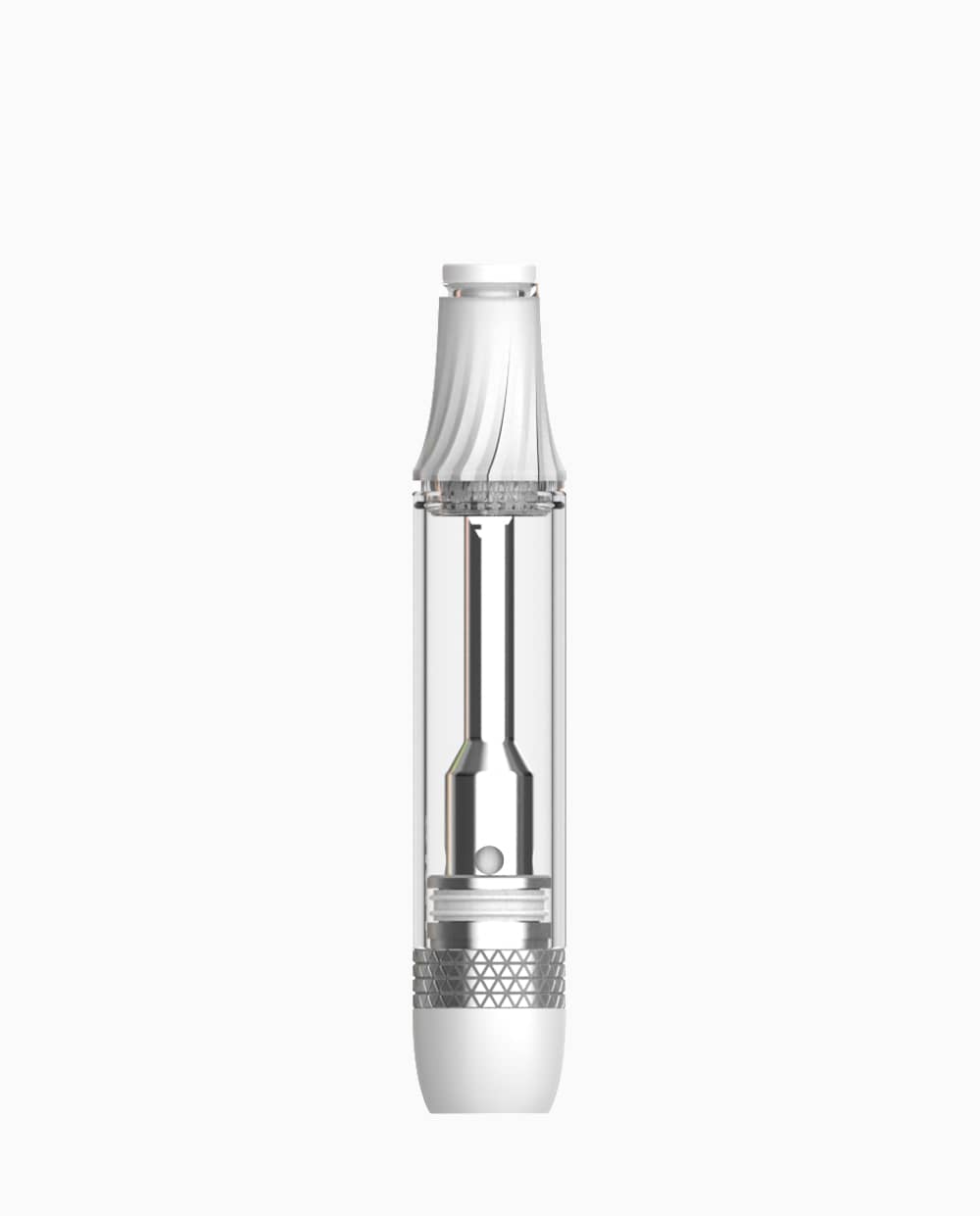
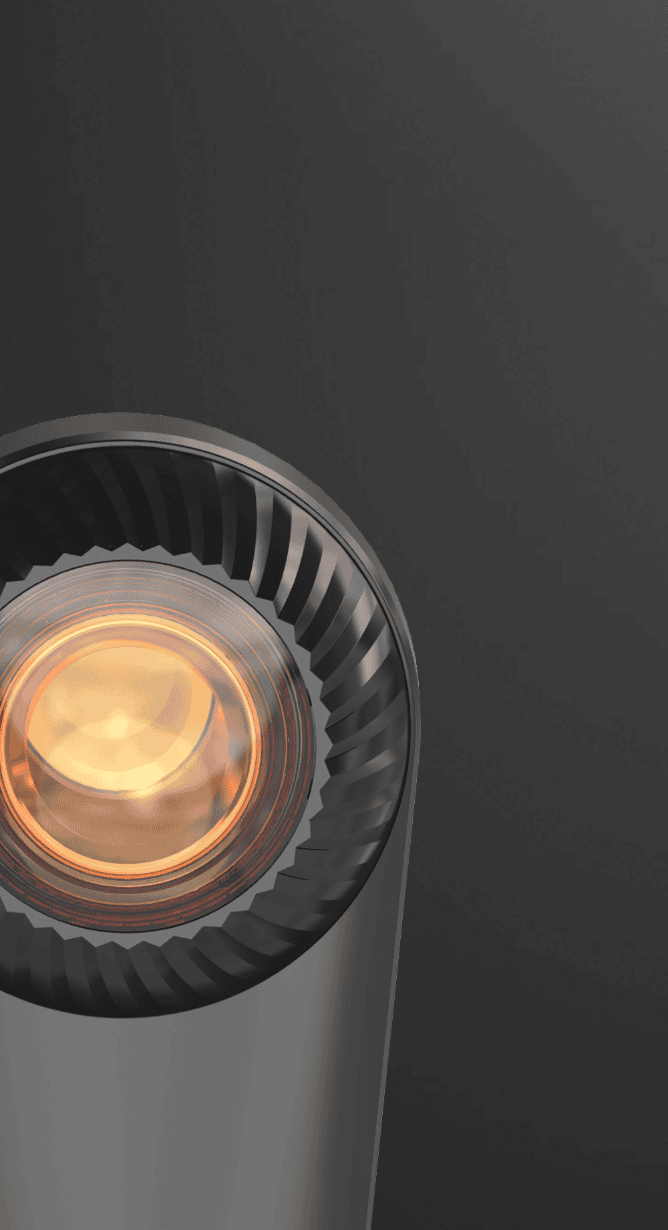
-1.webp)
-1.webp)
-2.webp)
